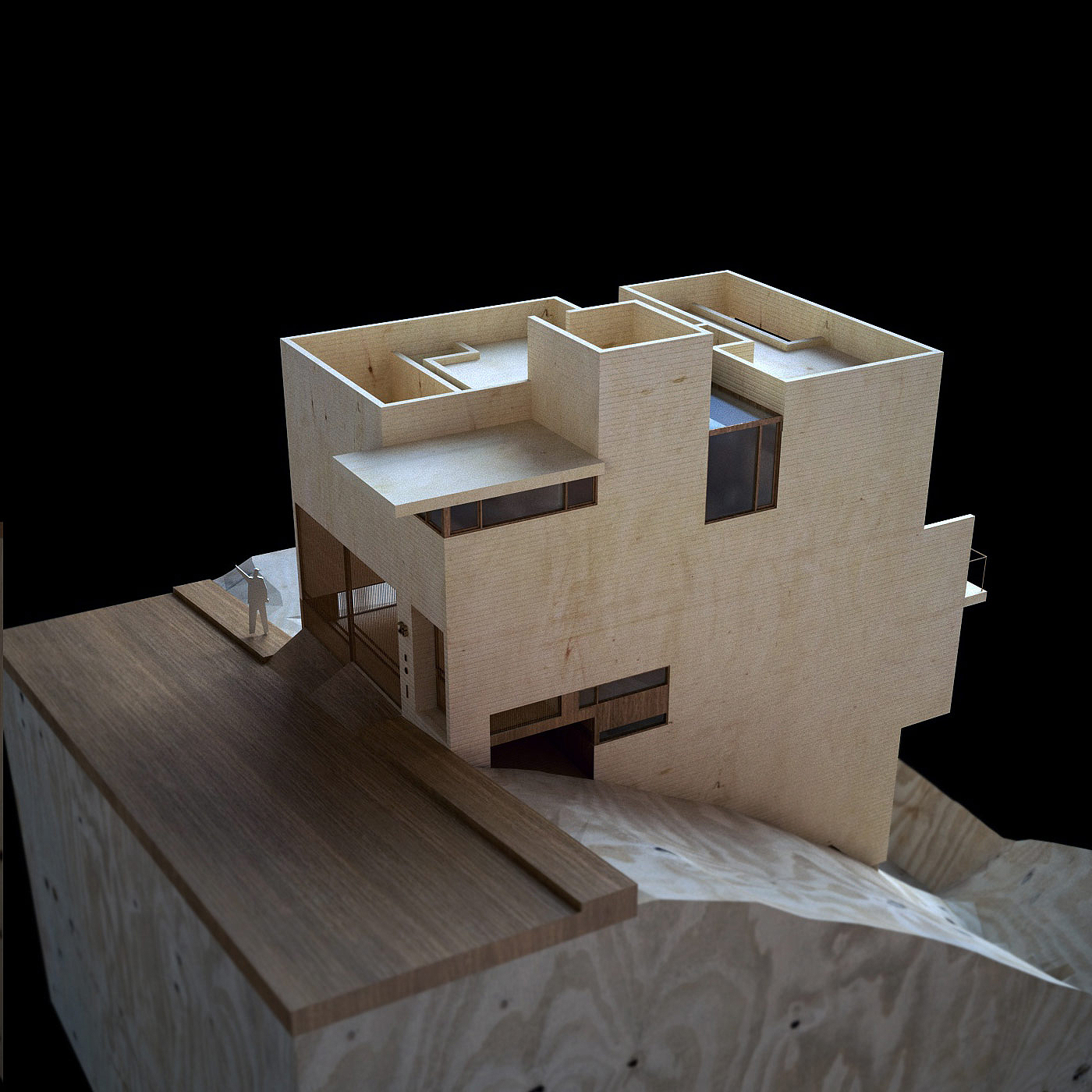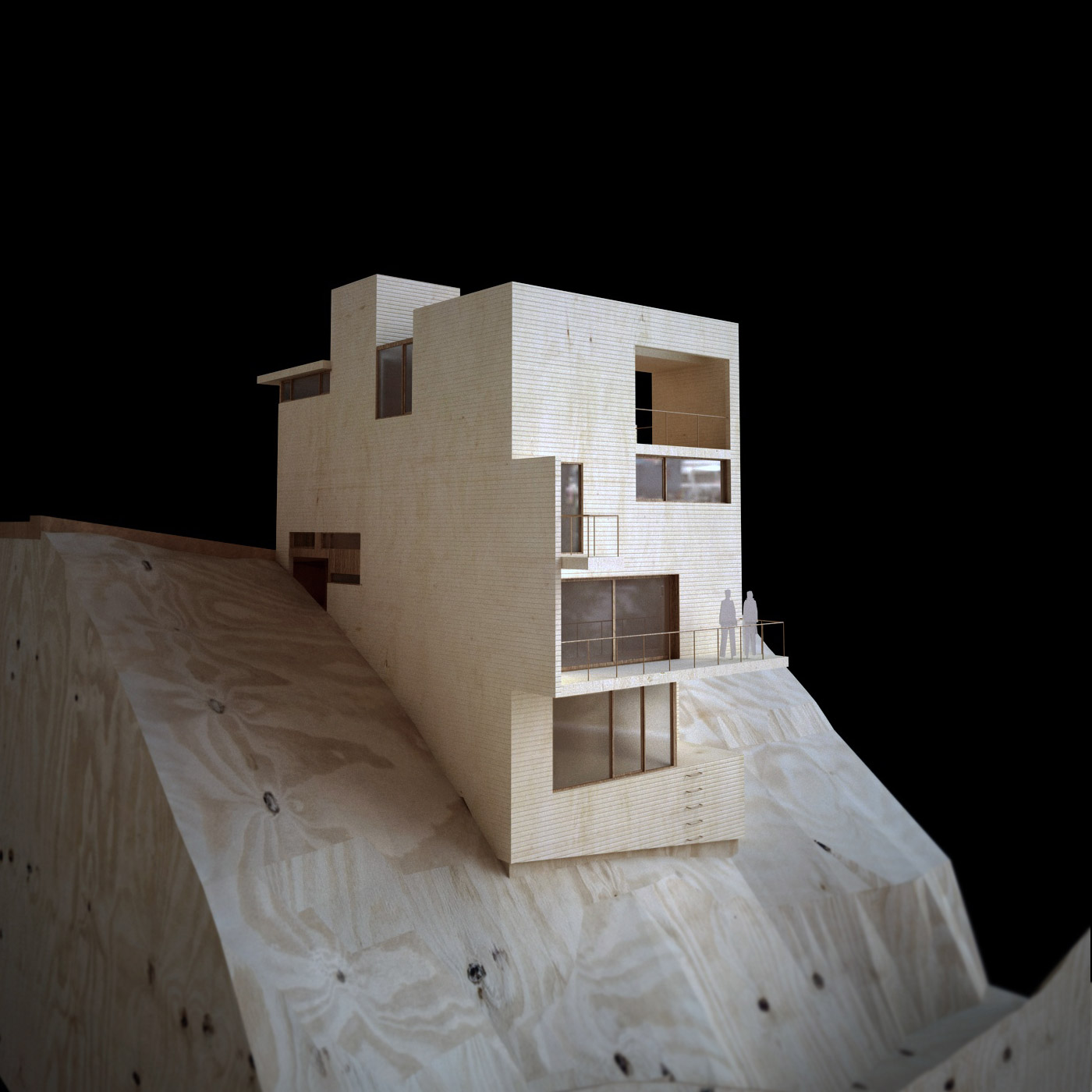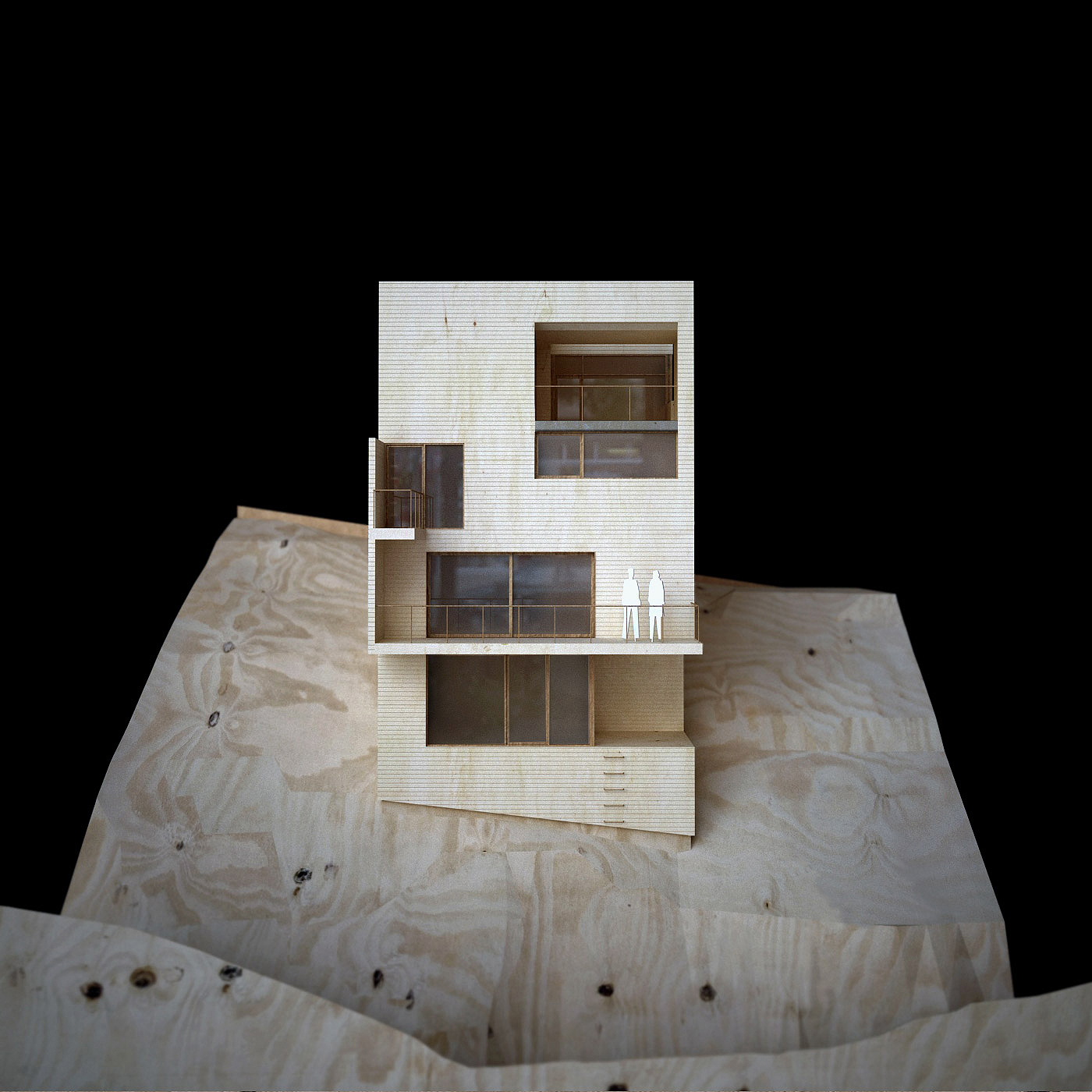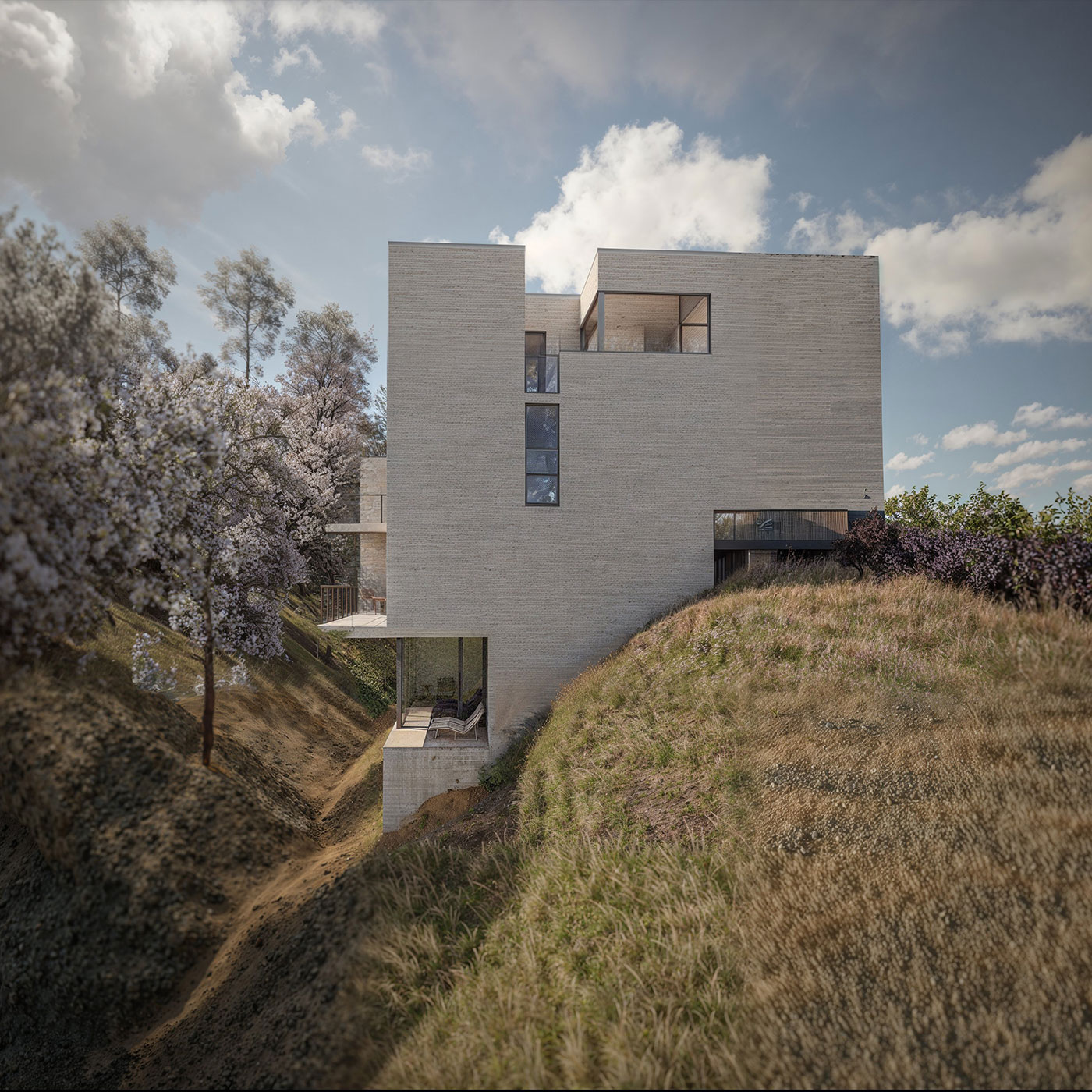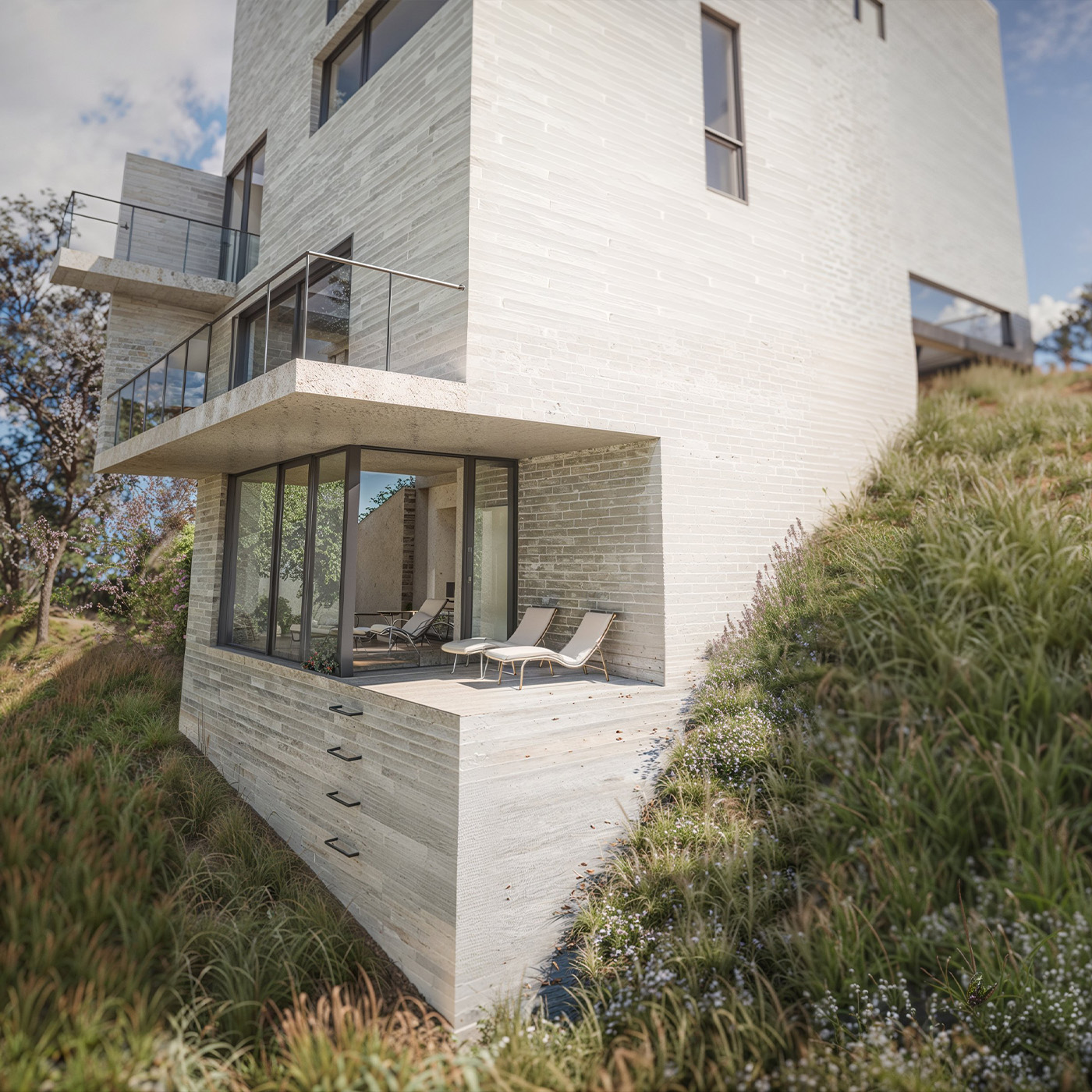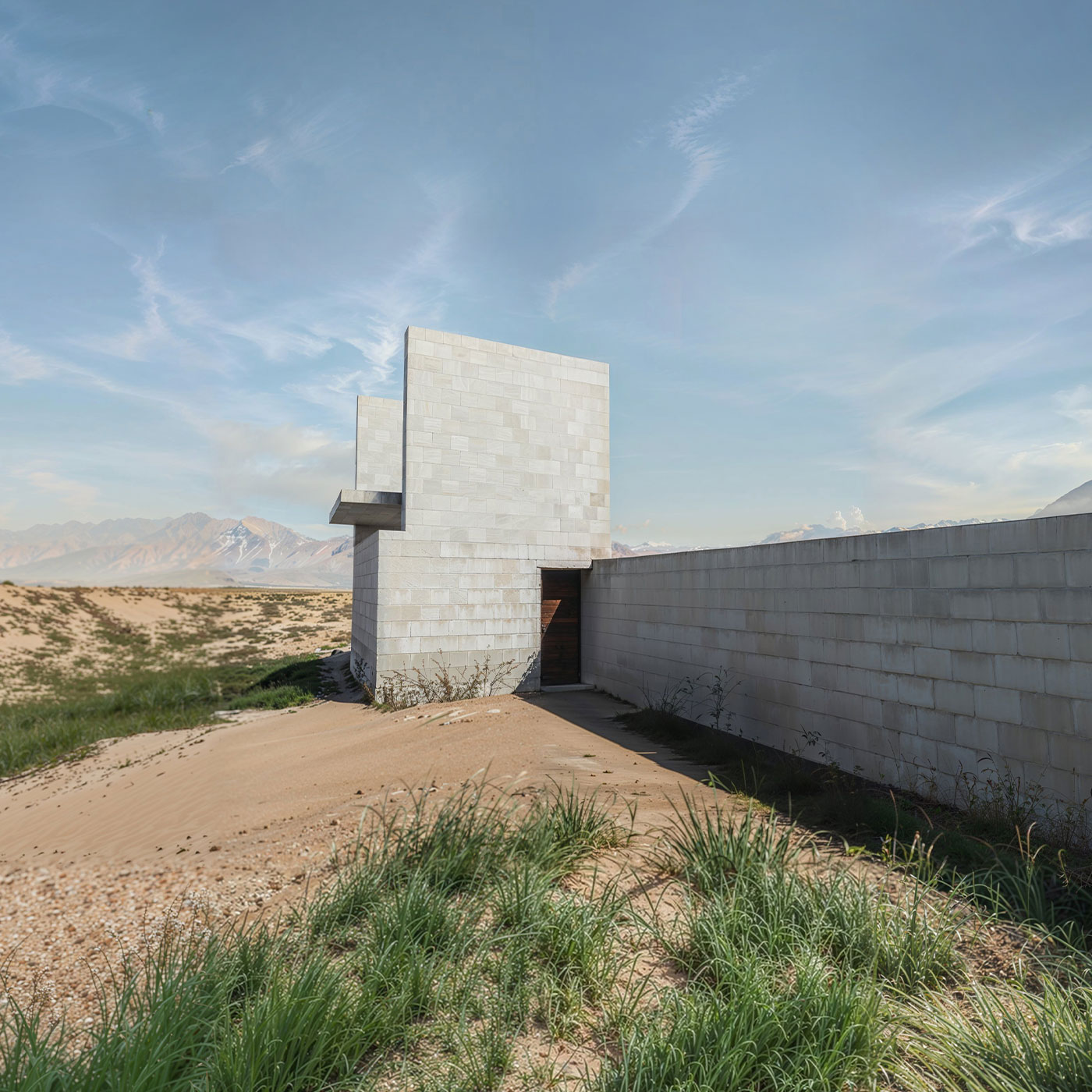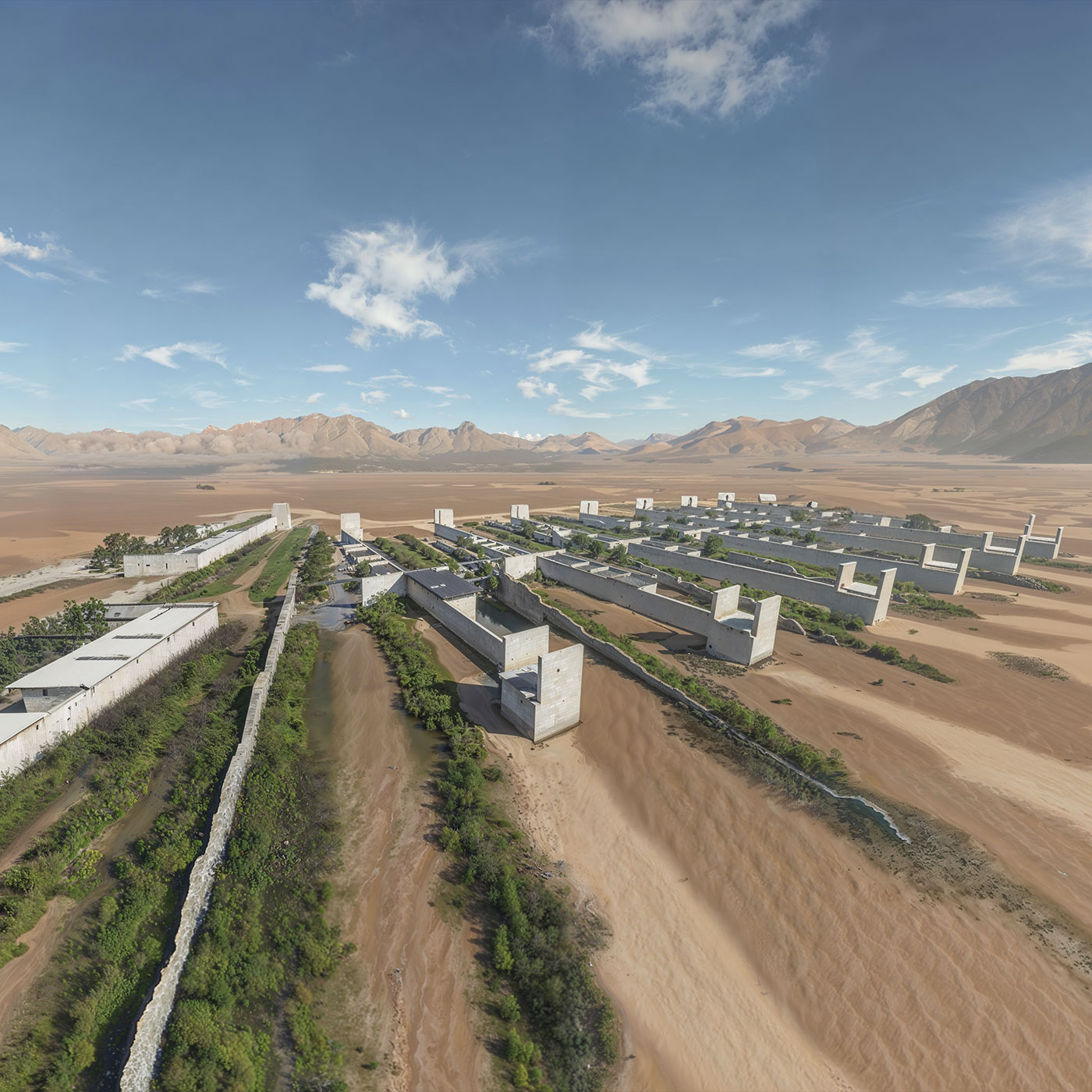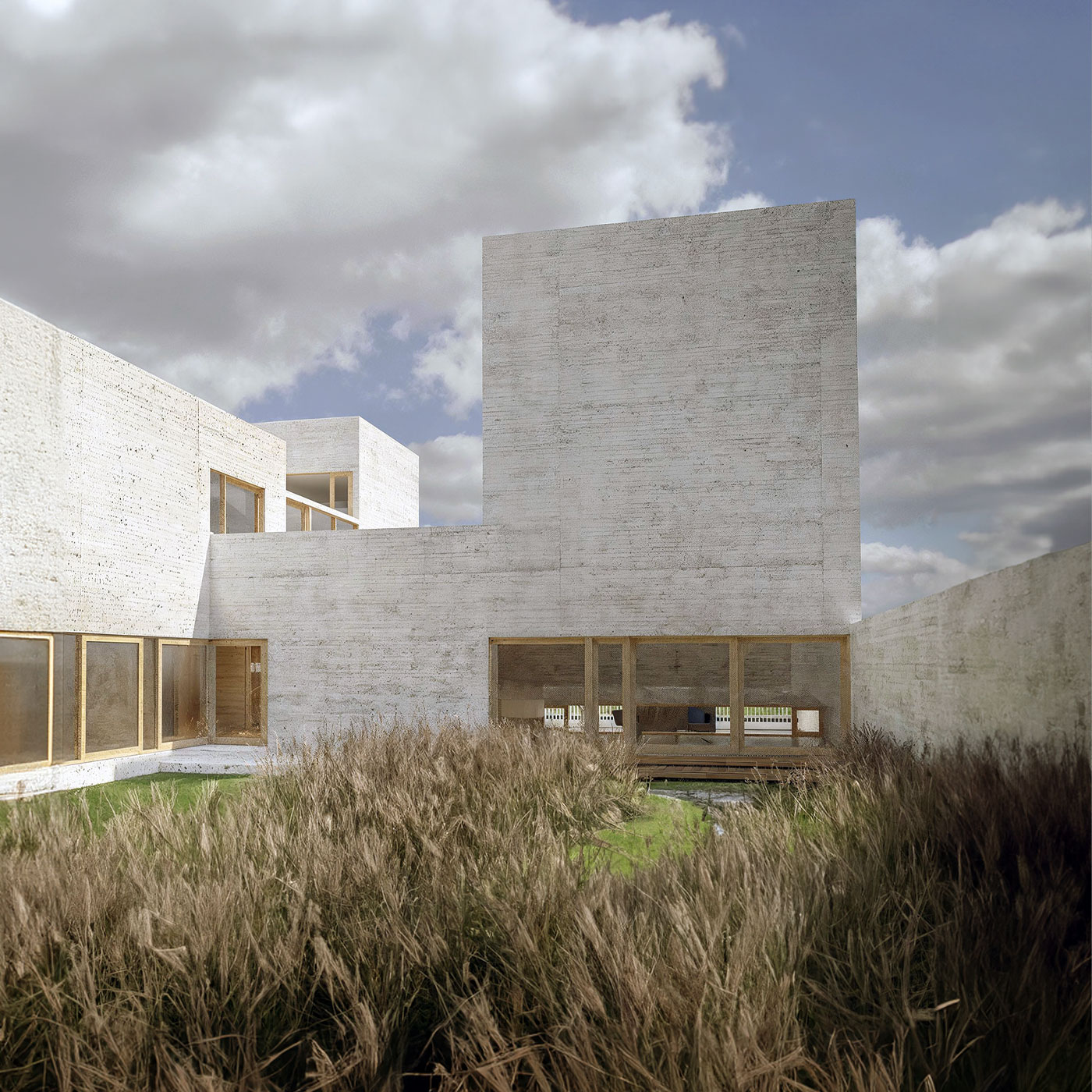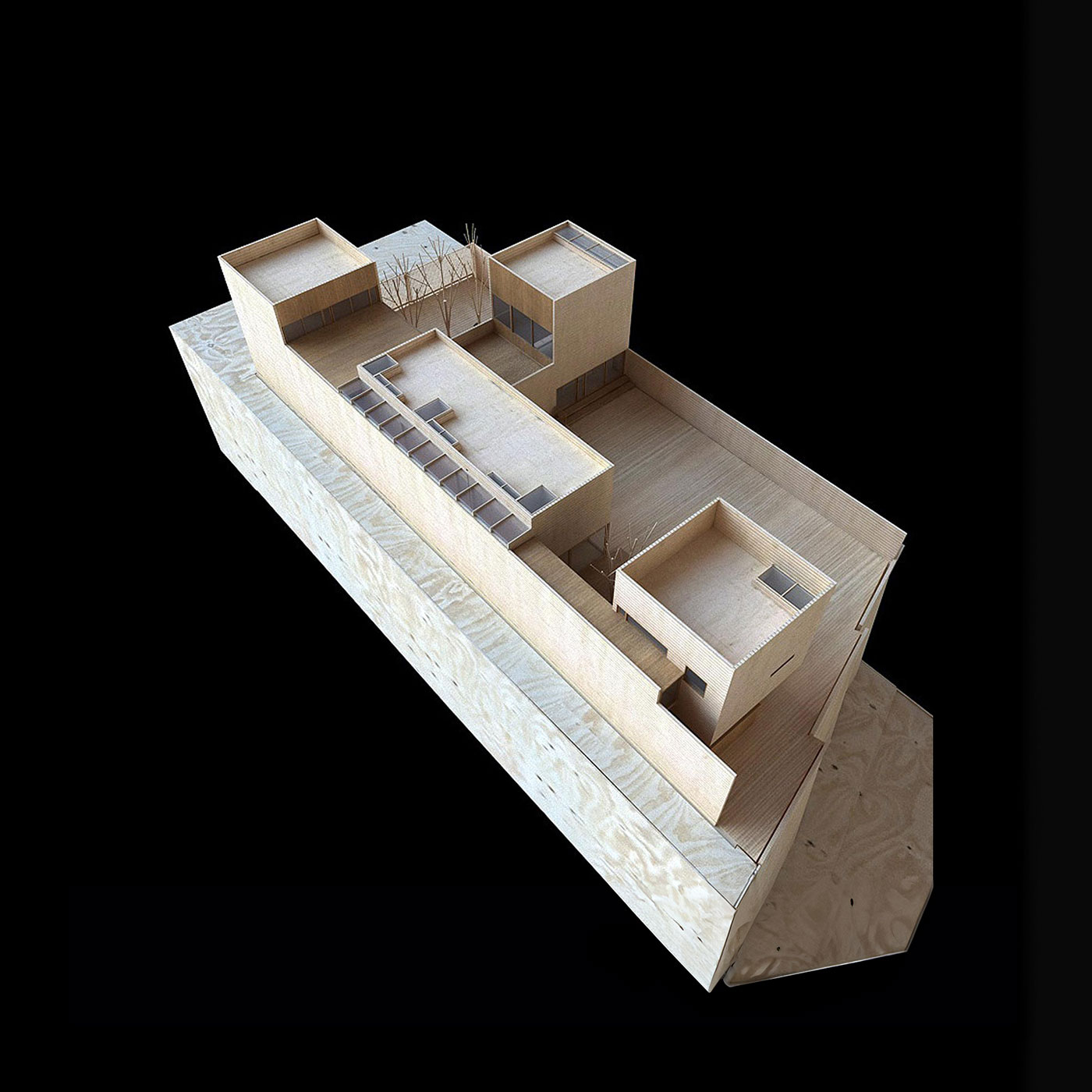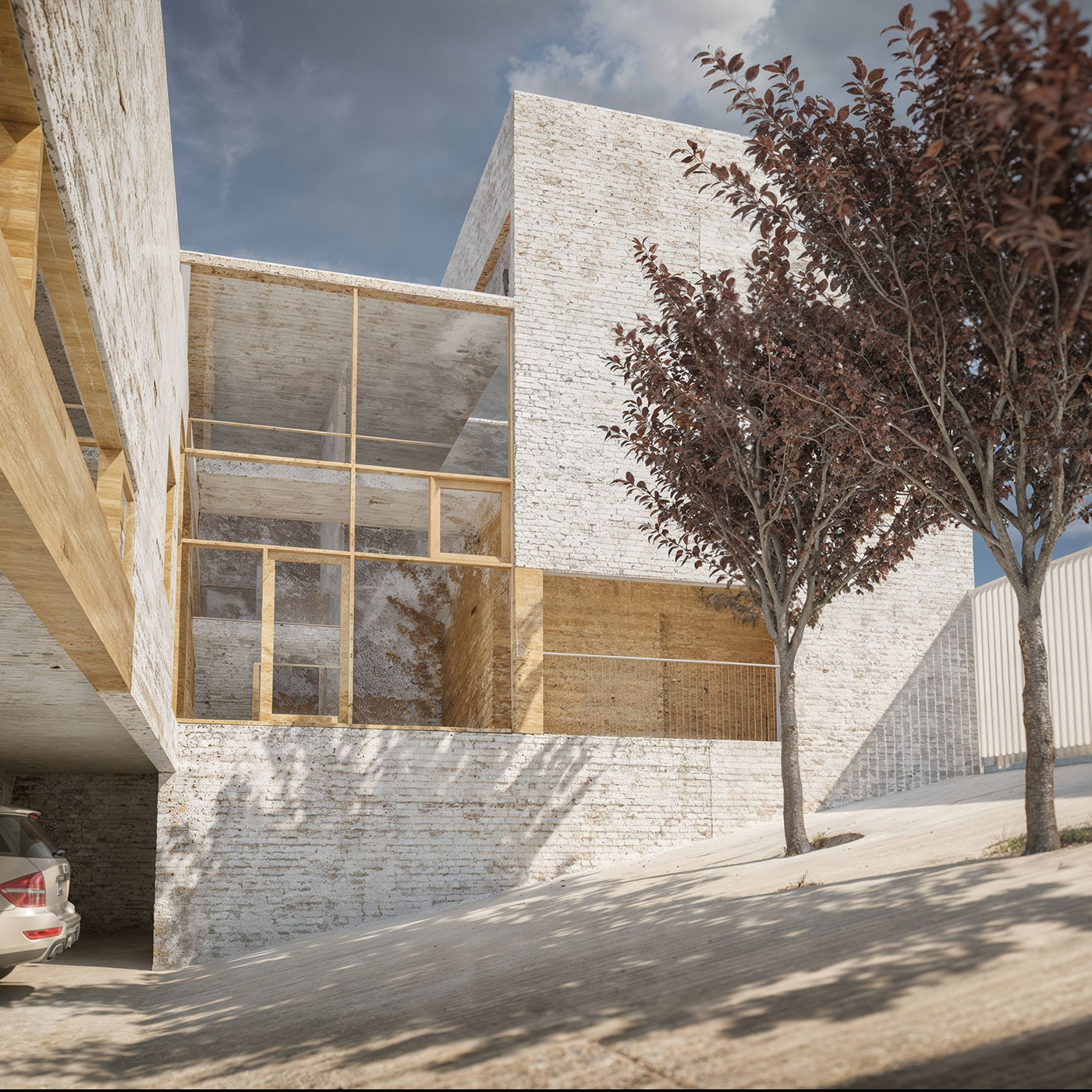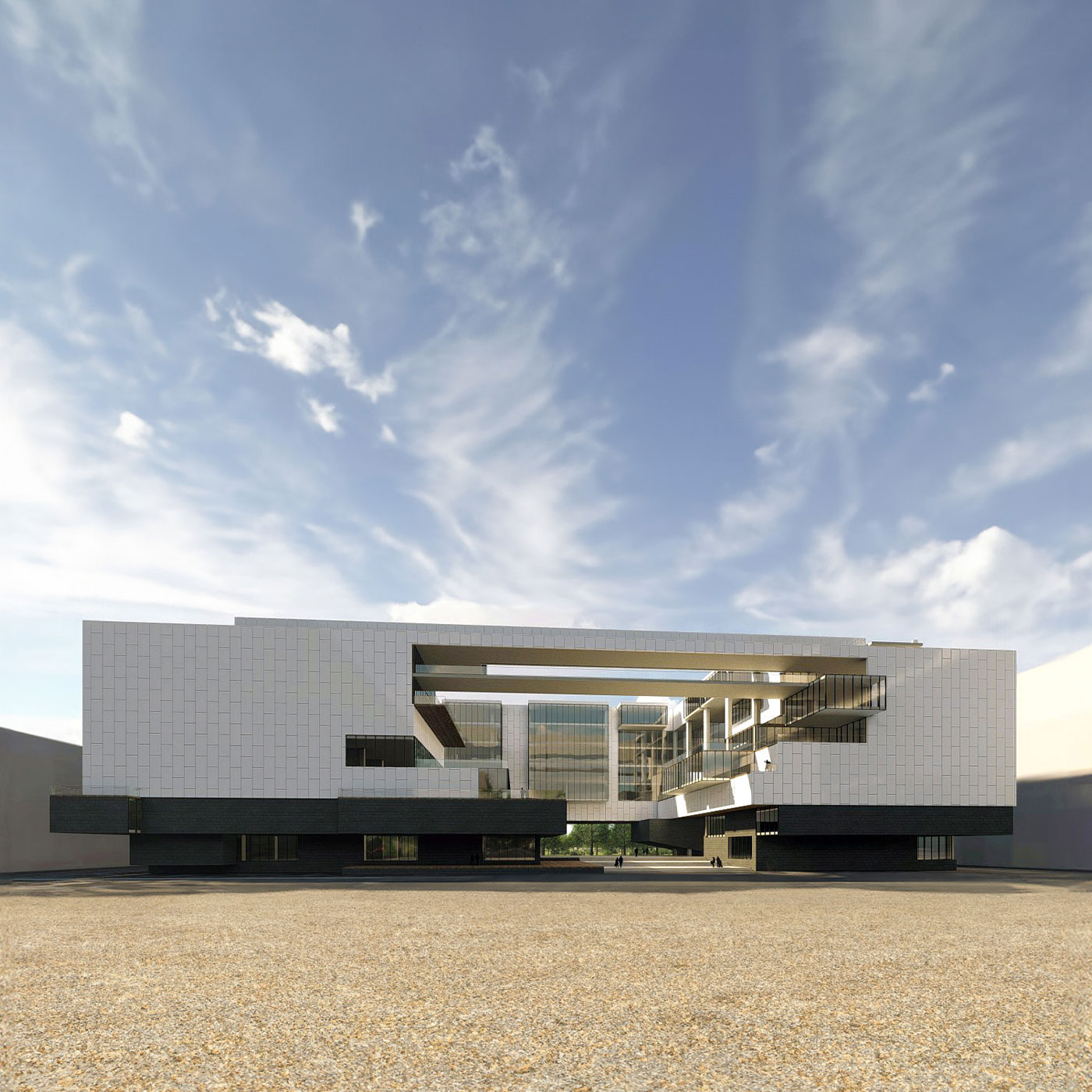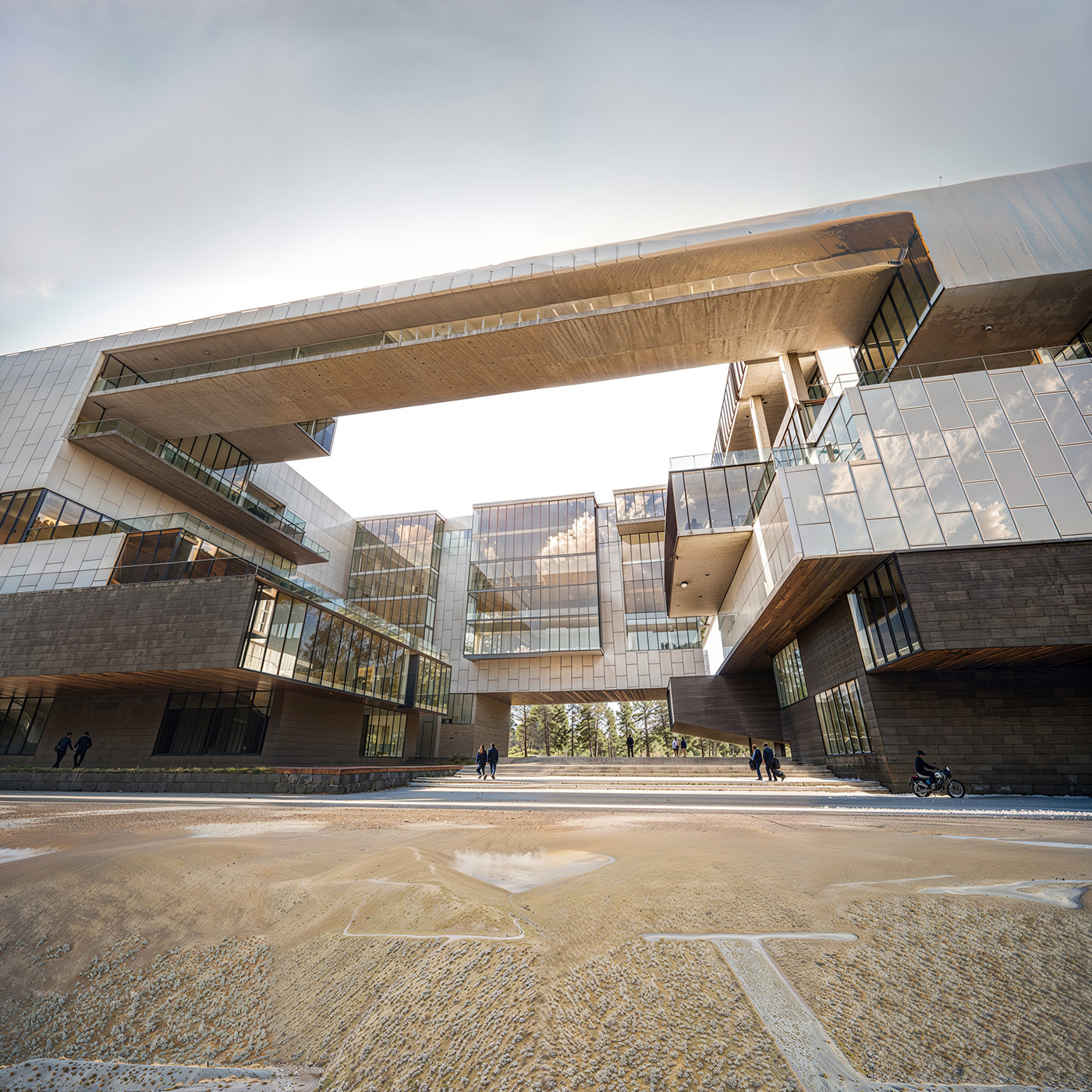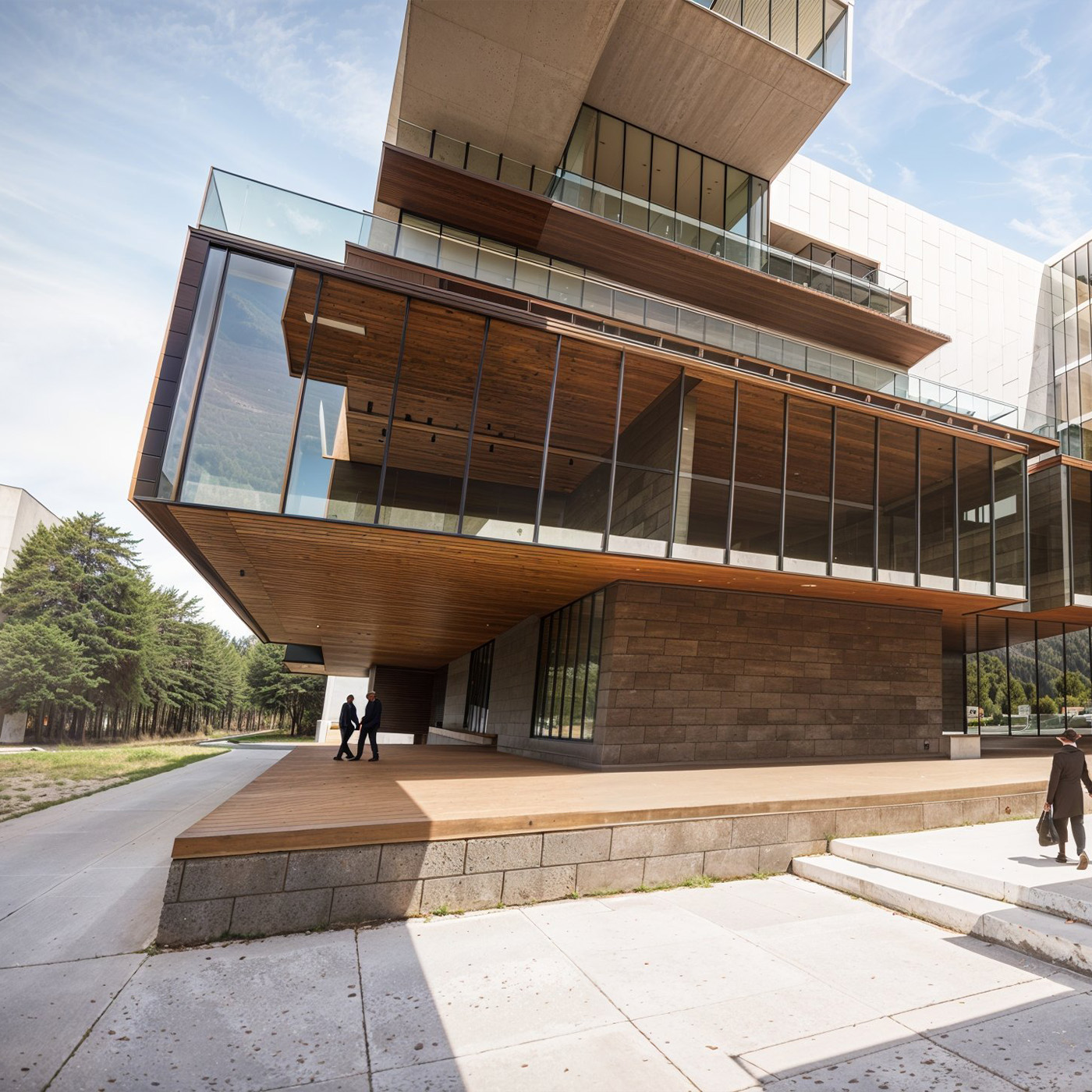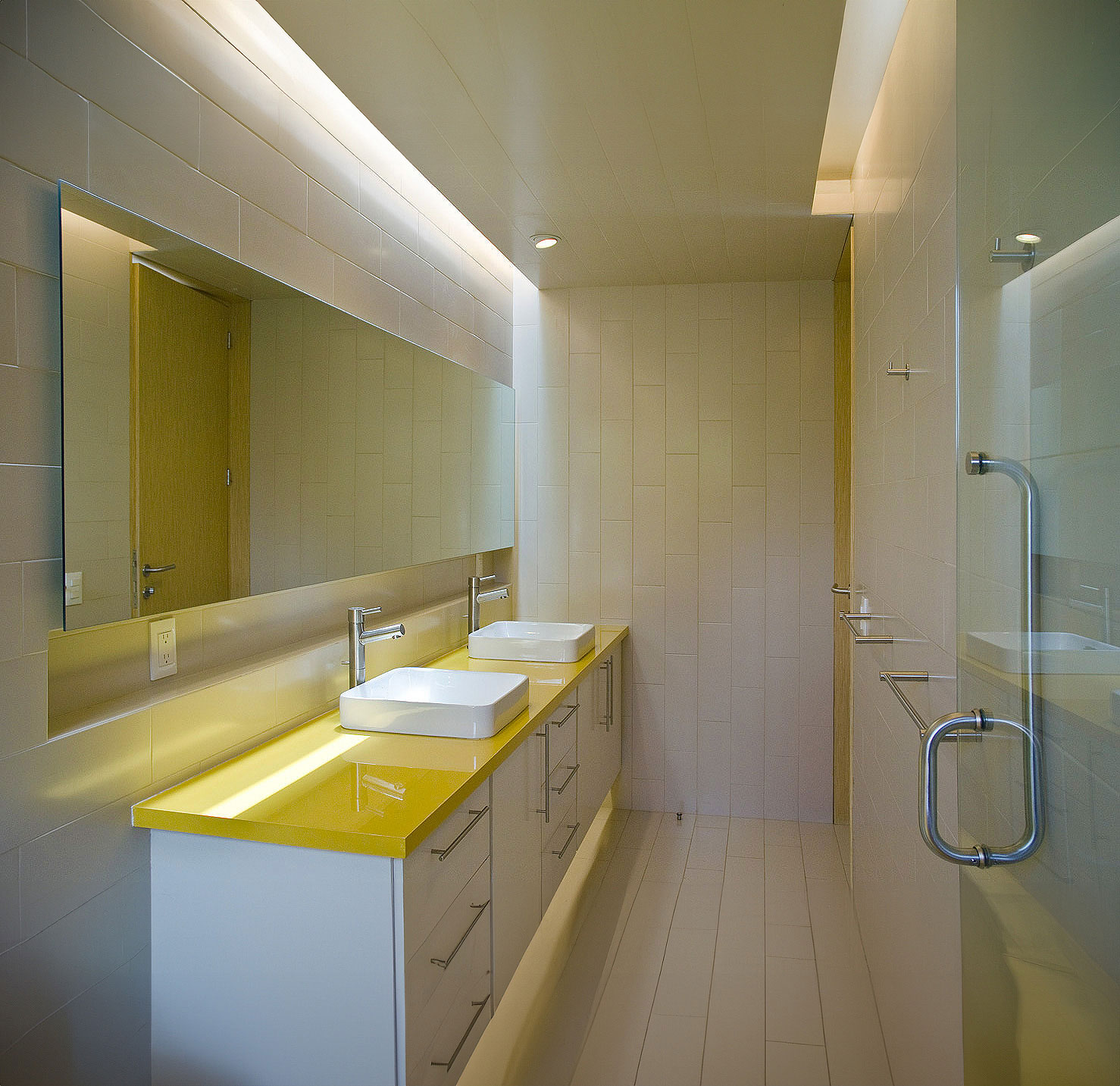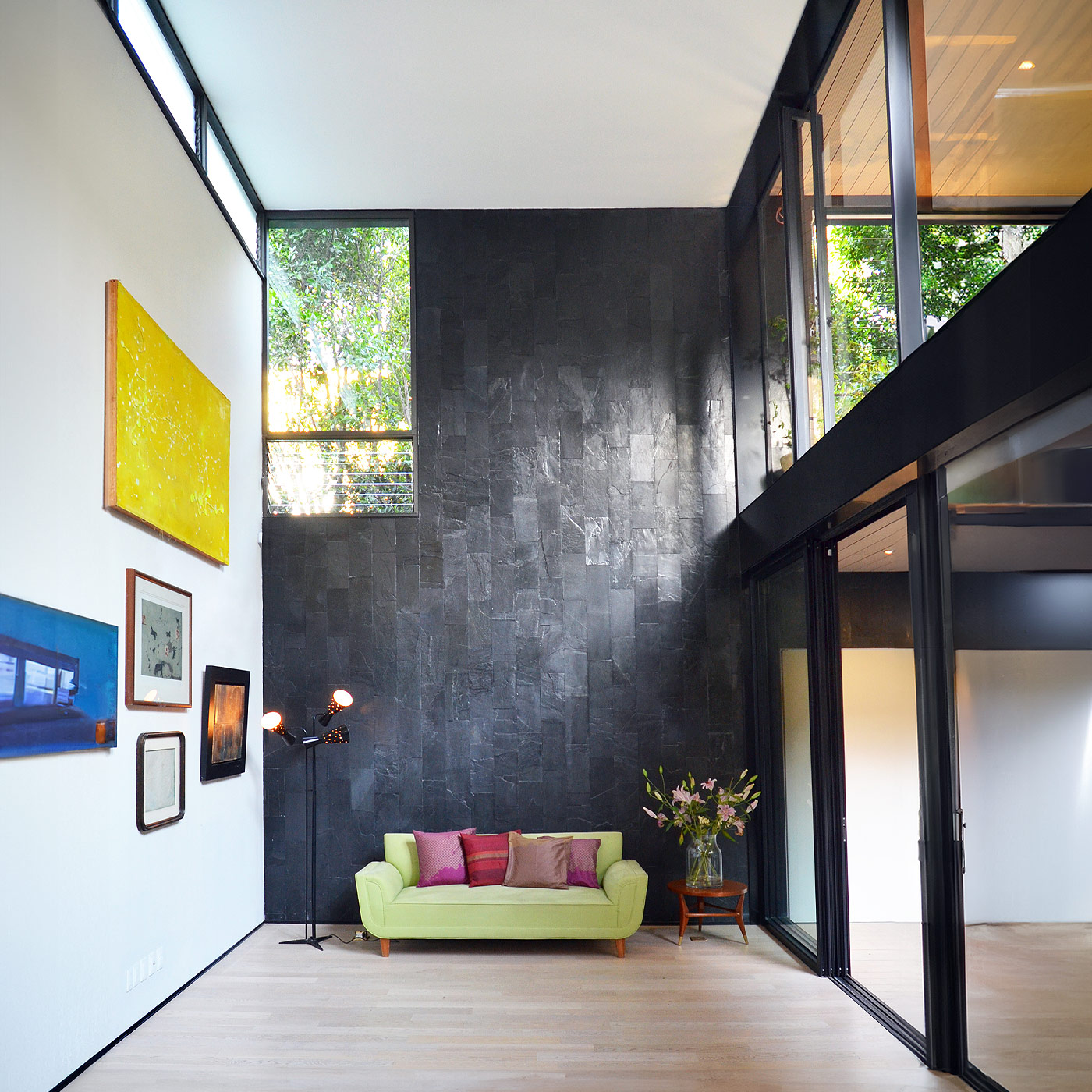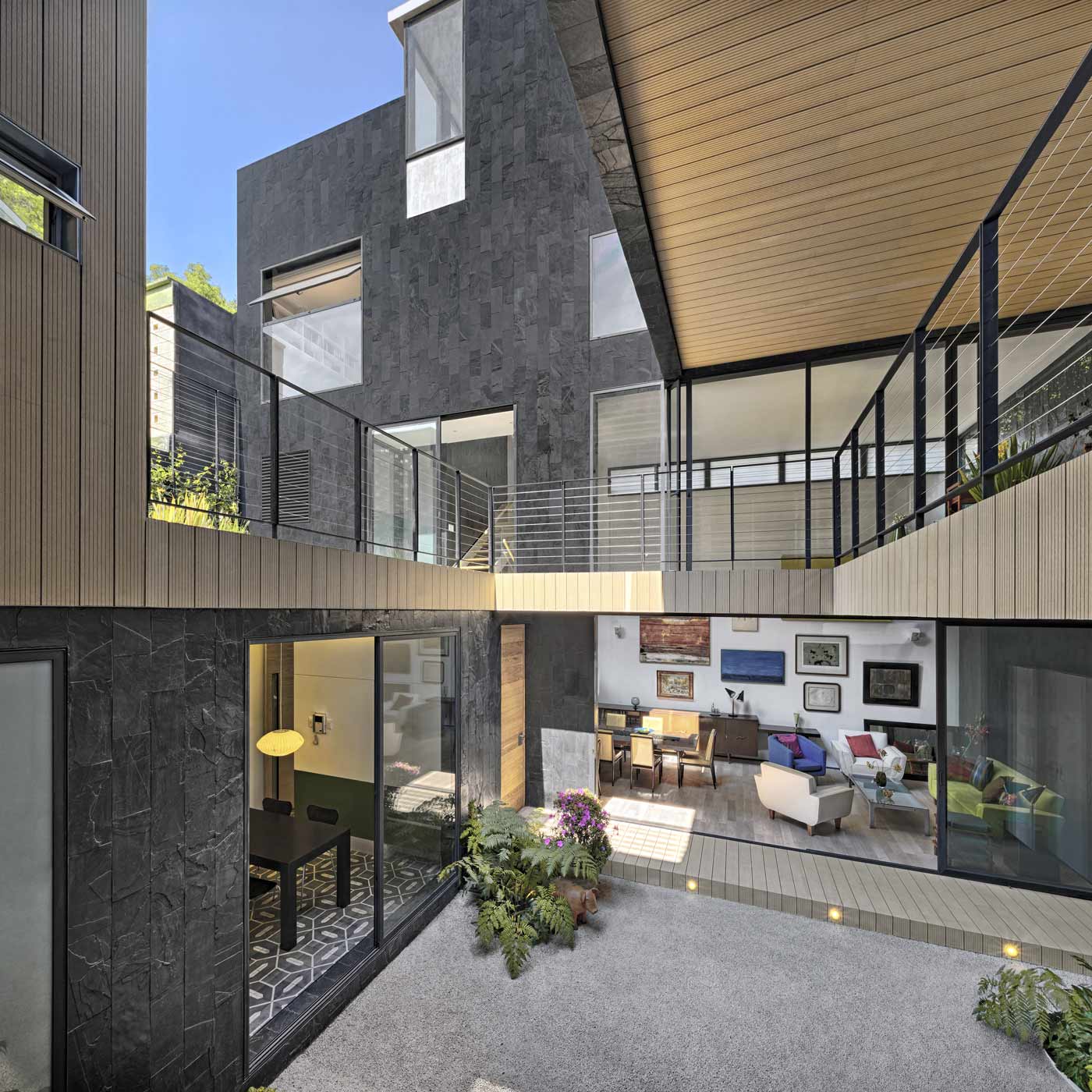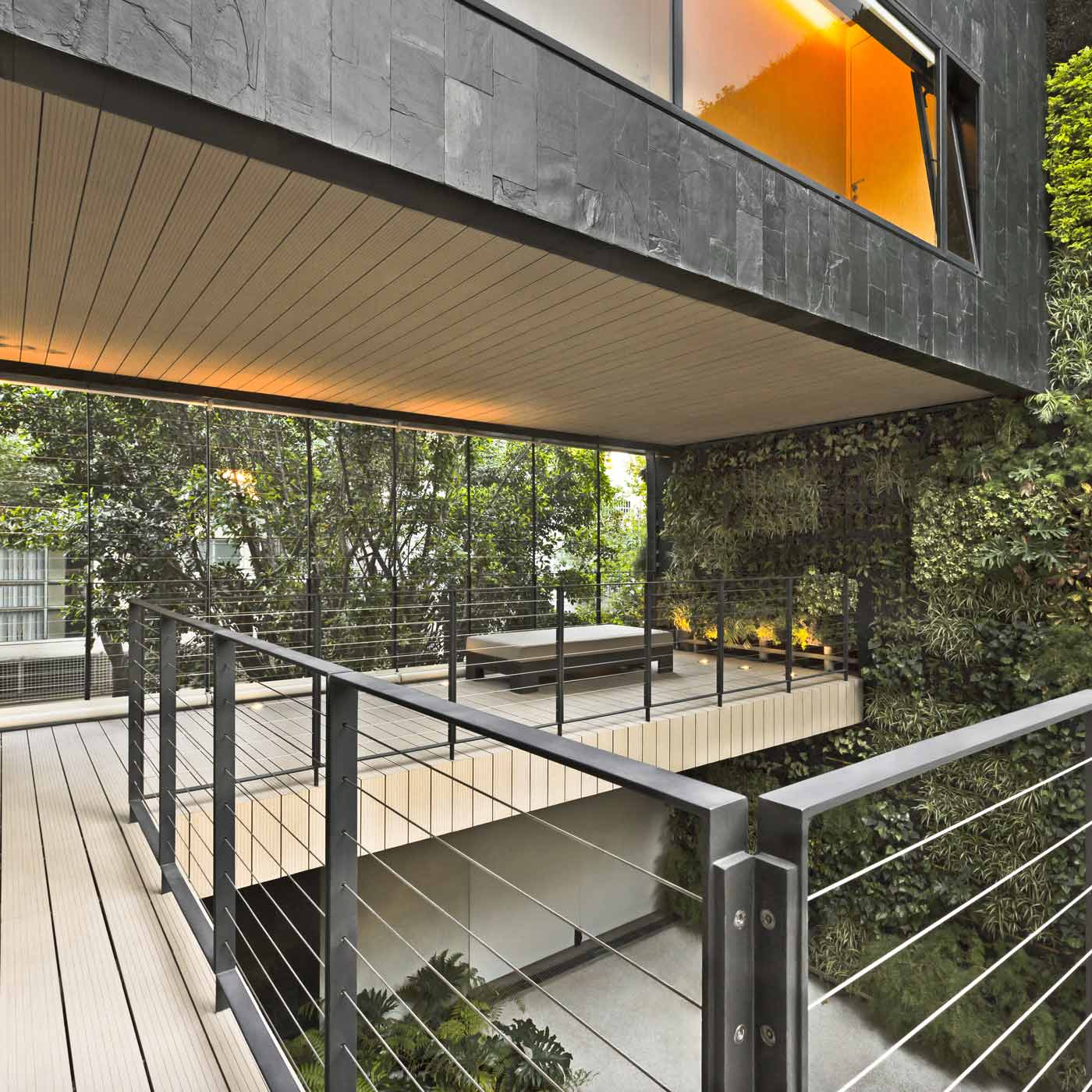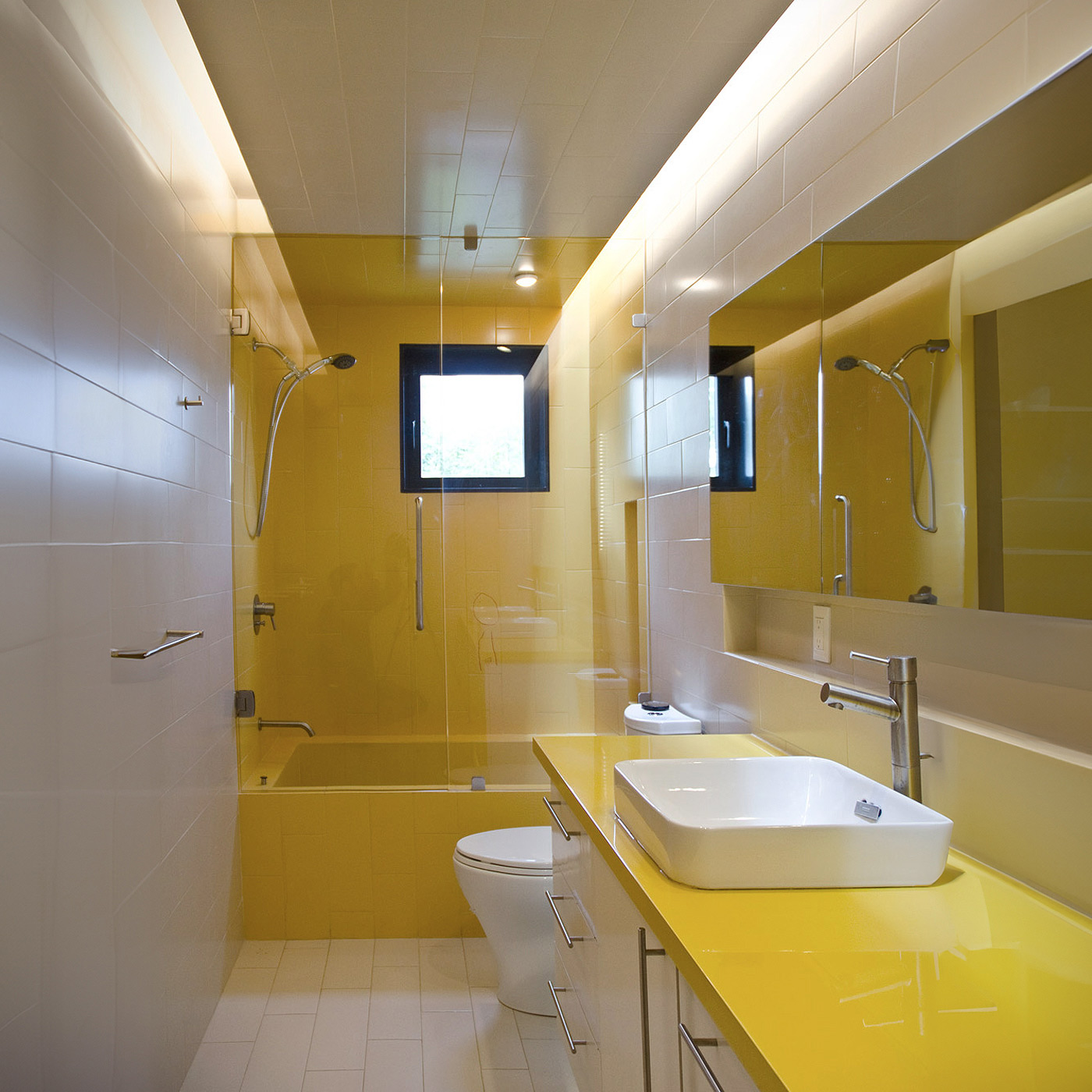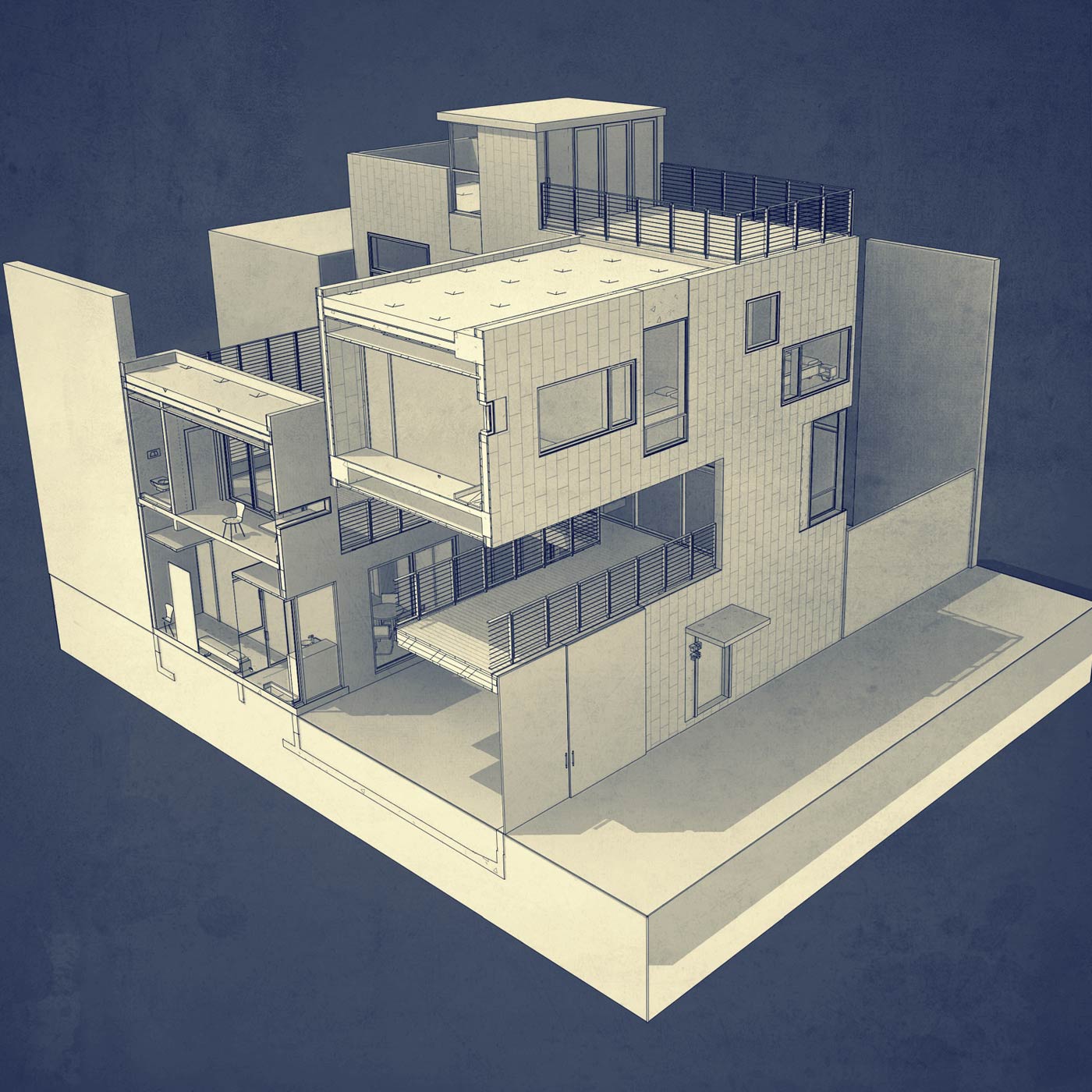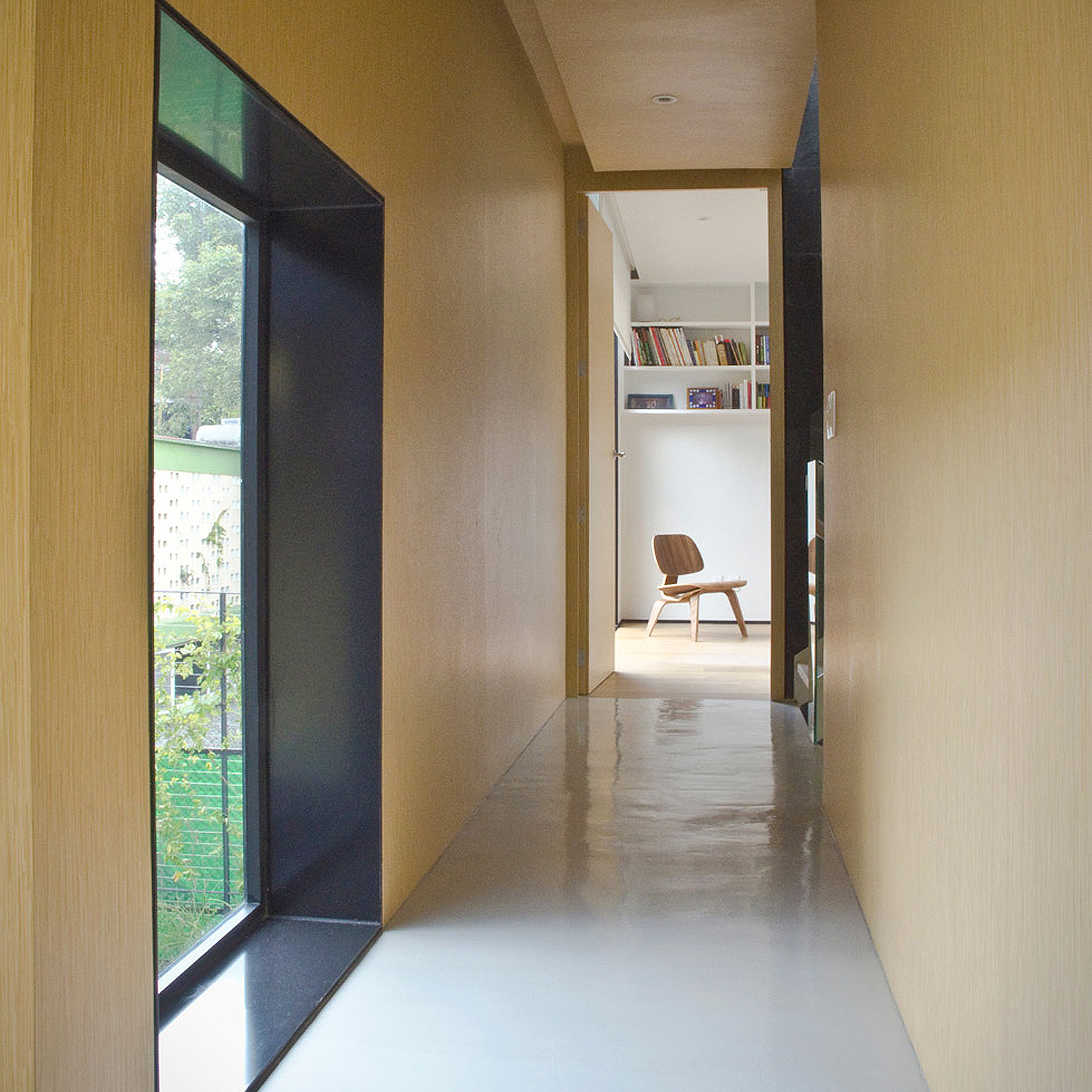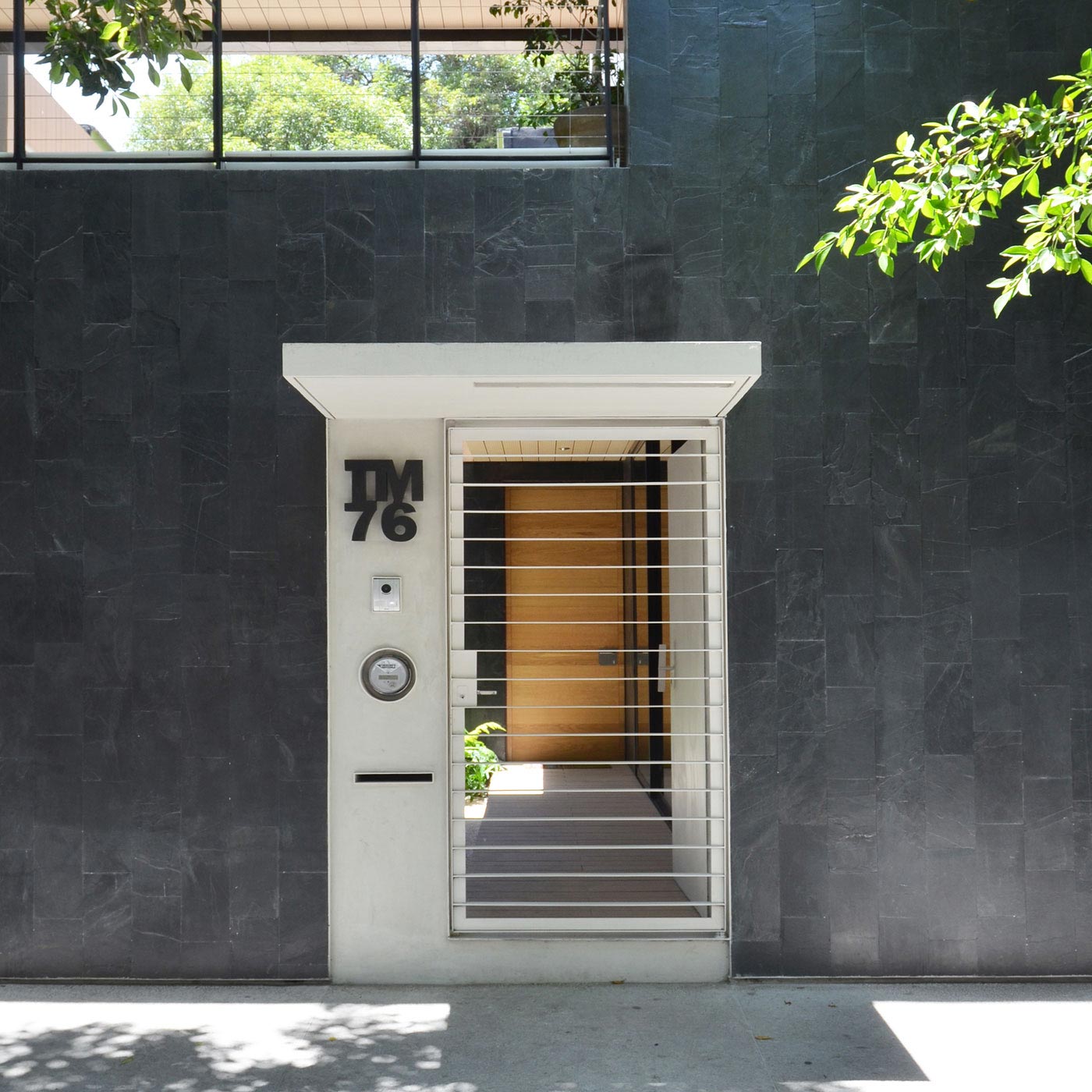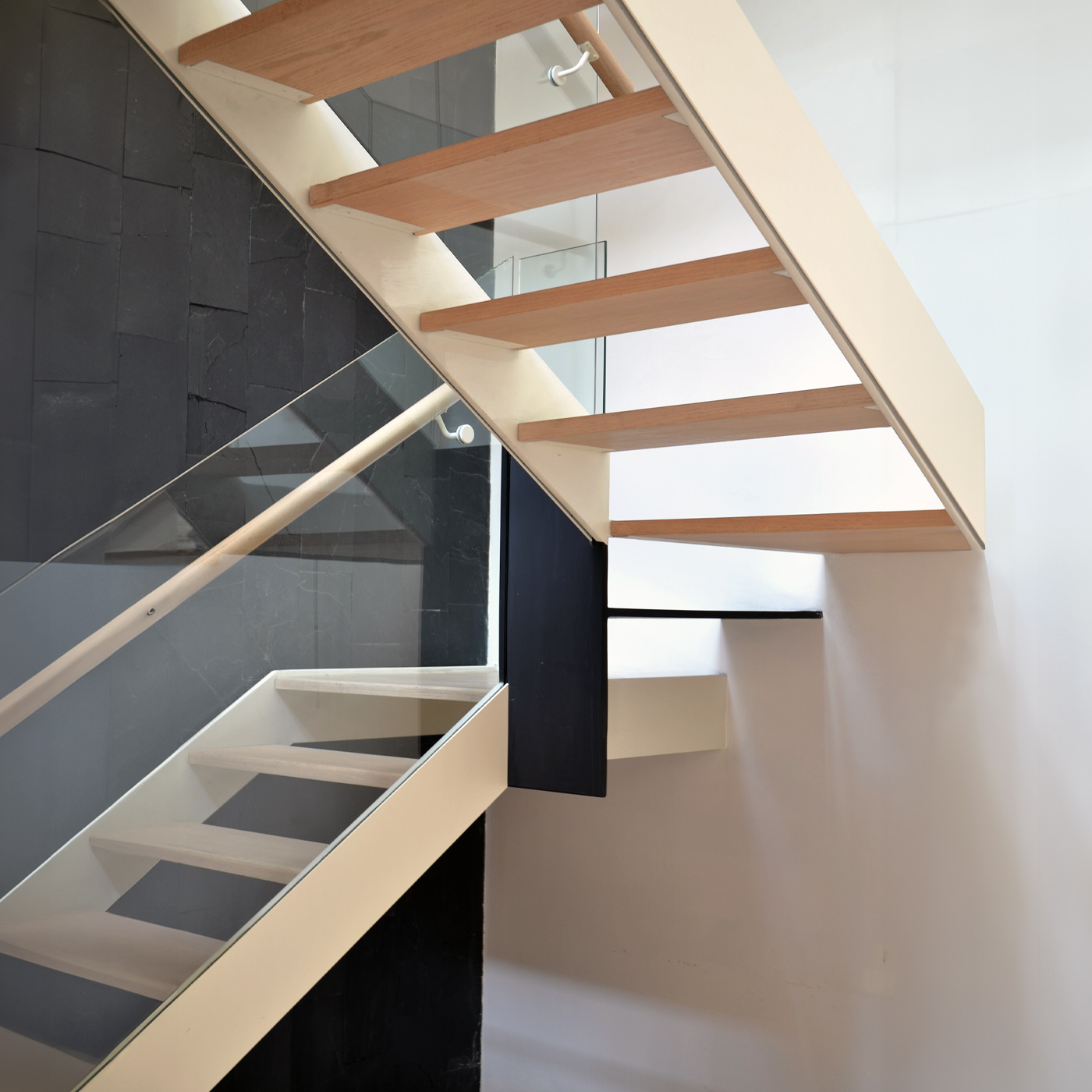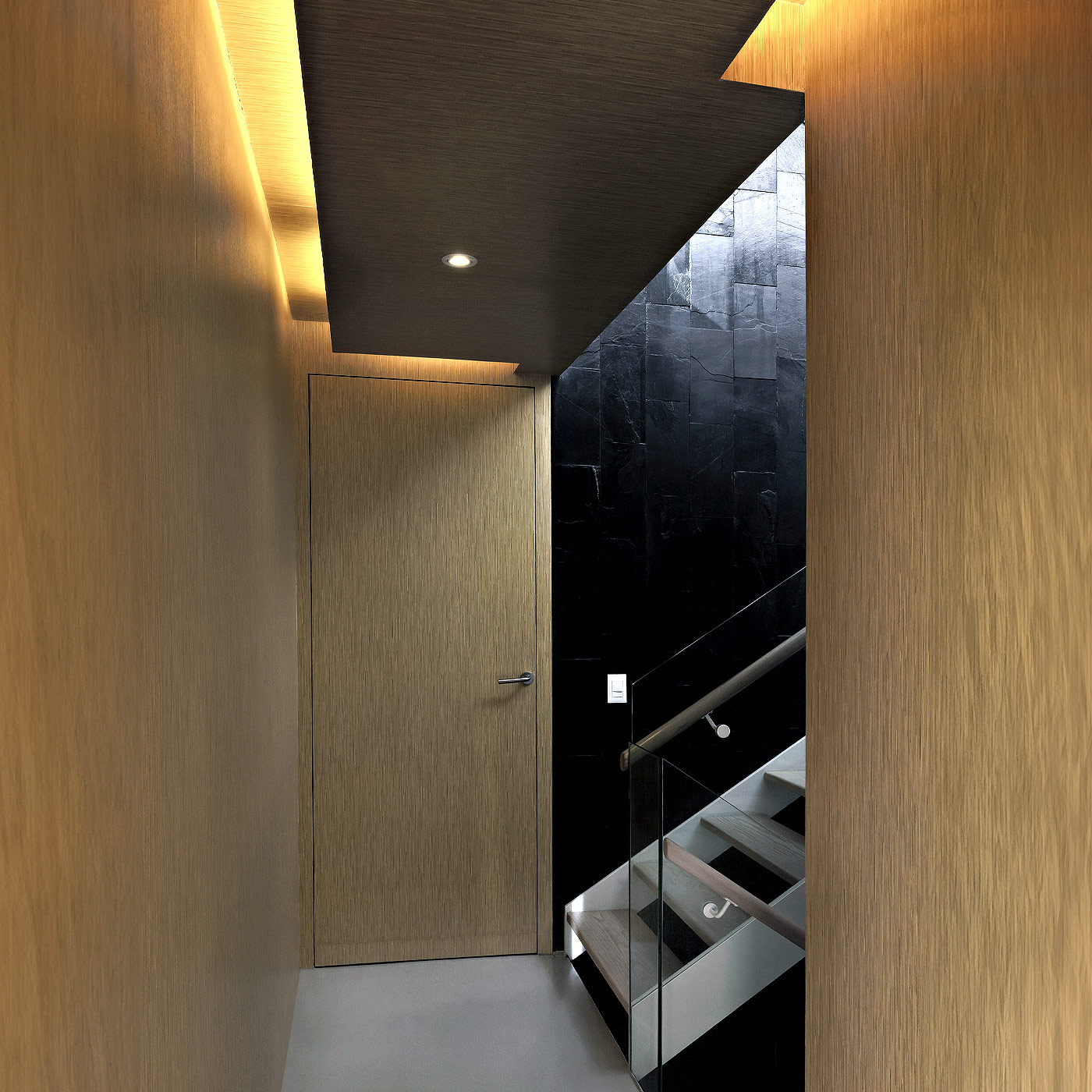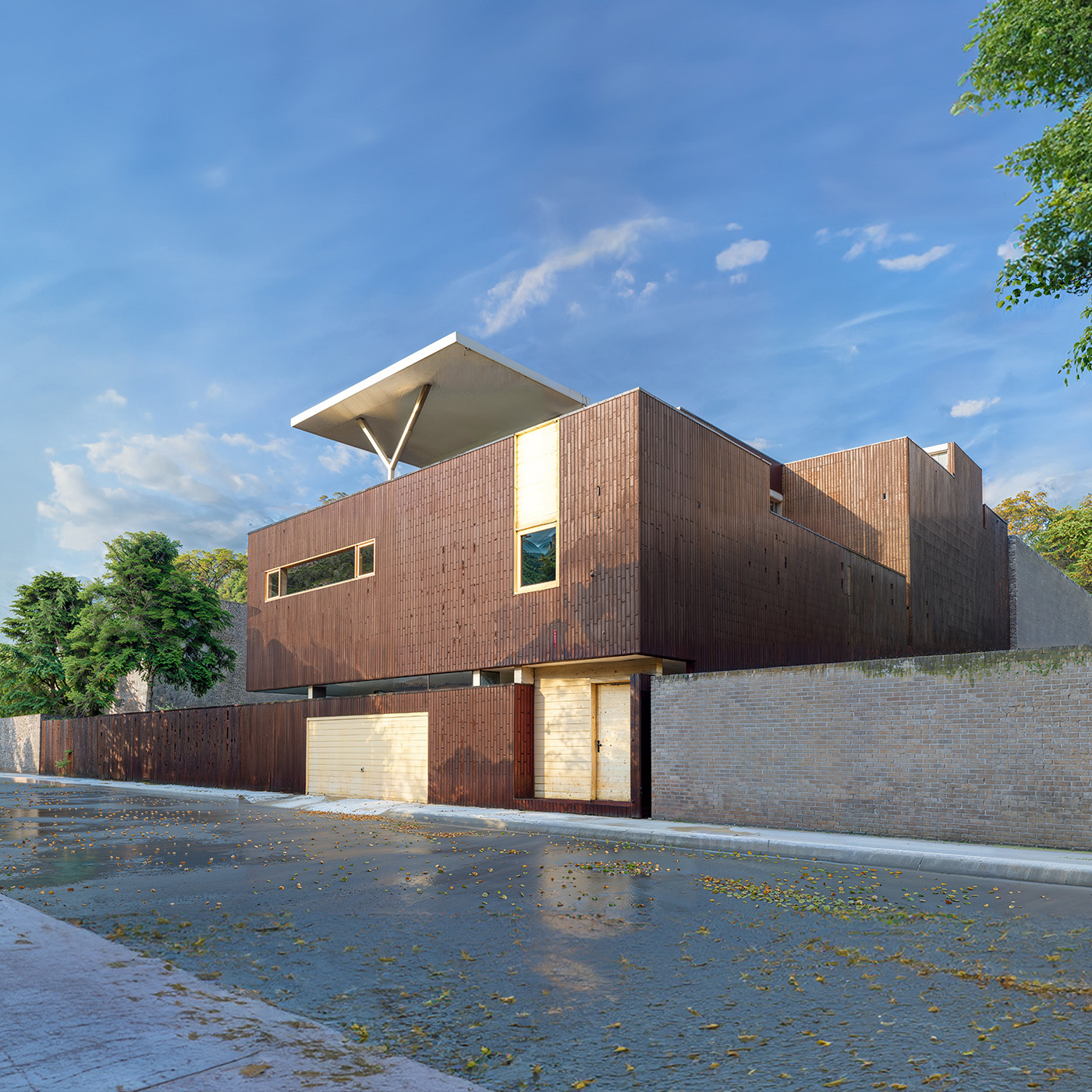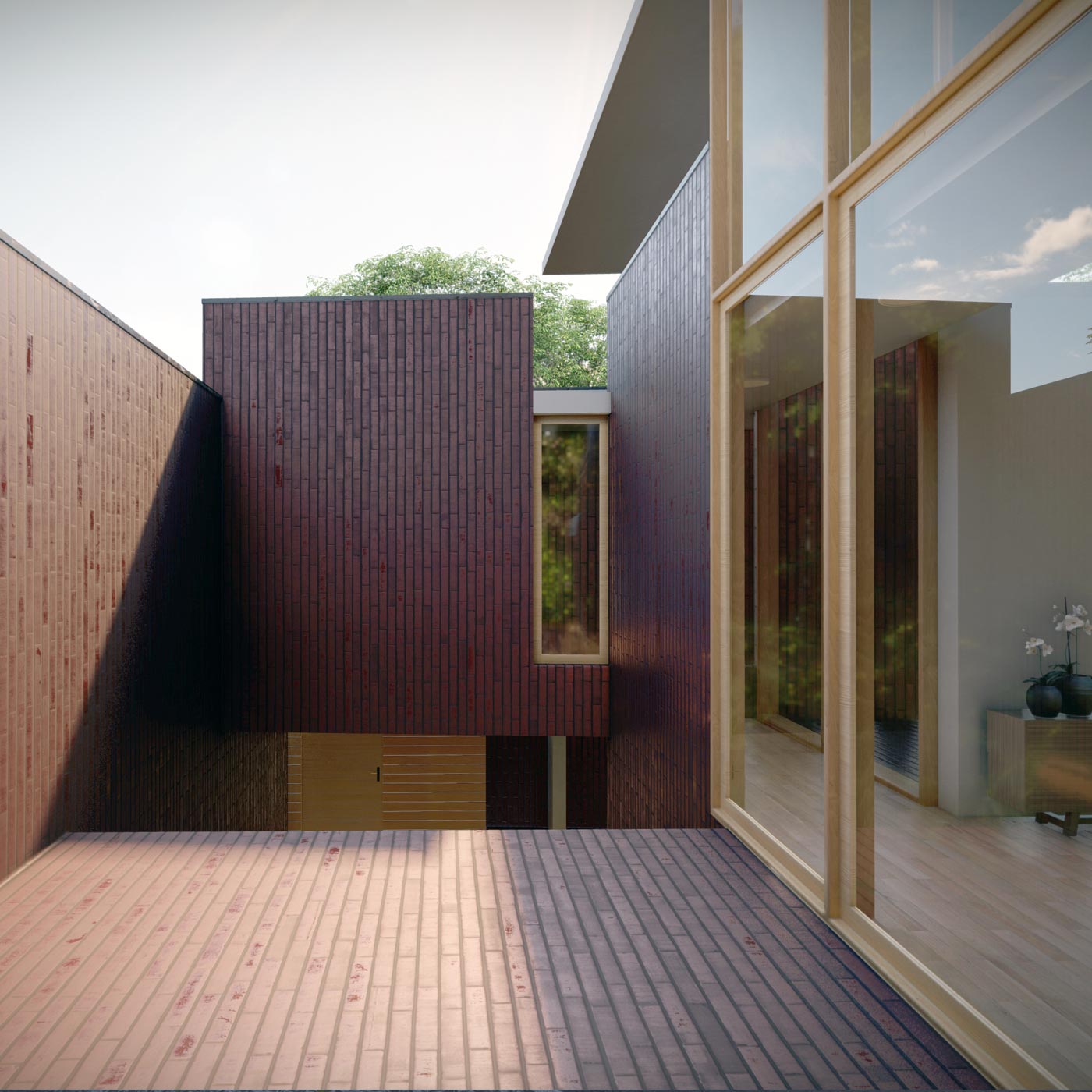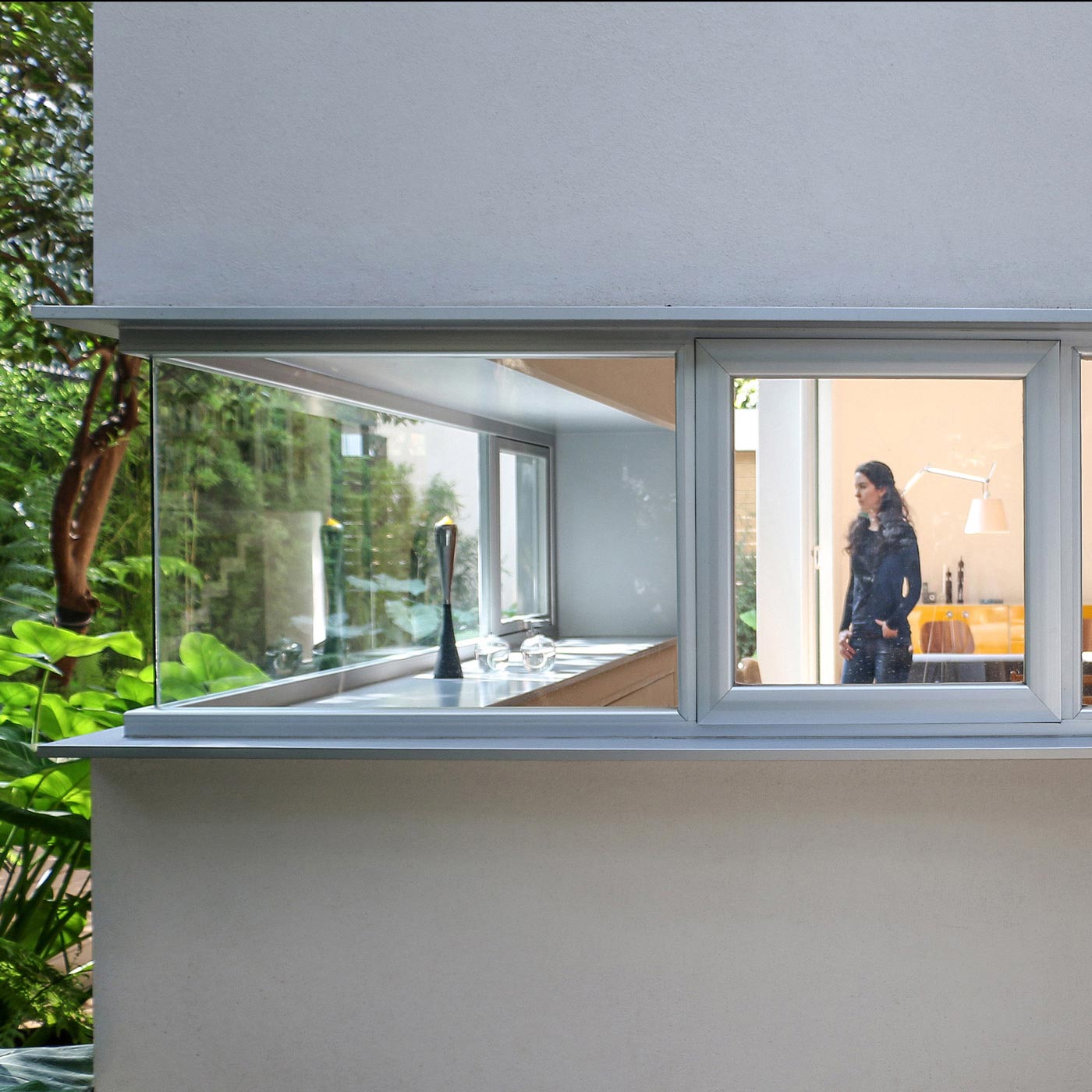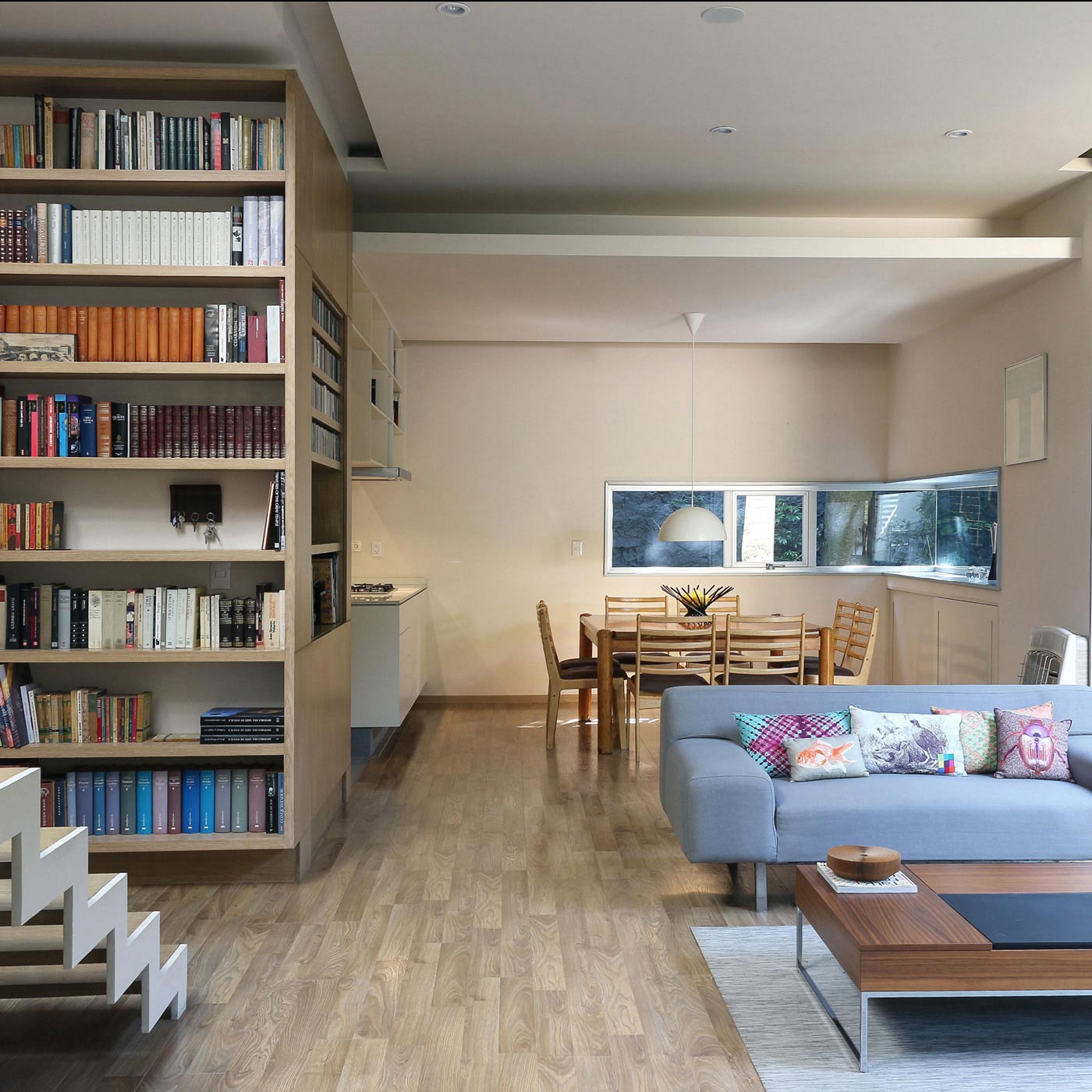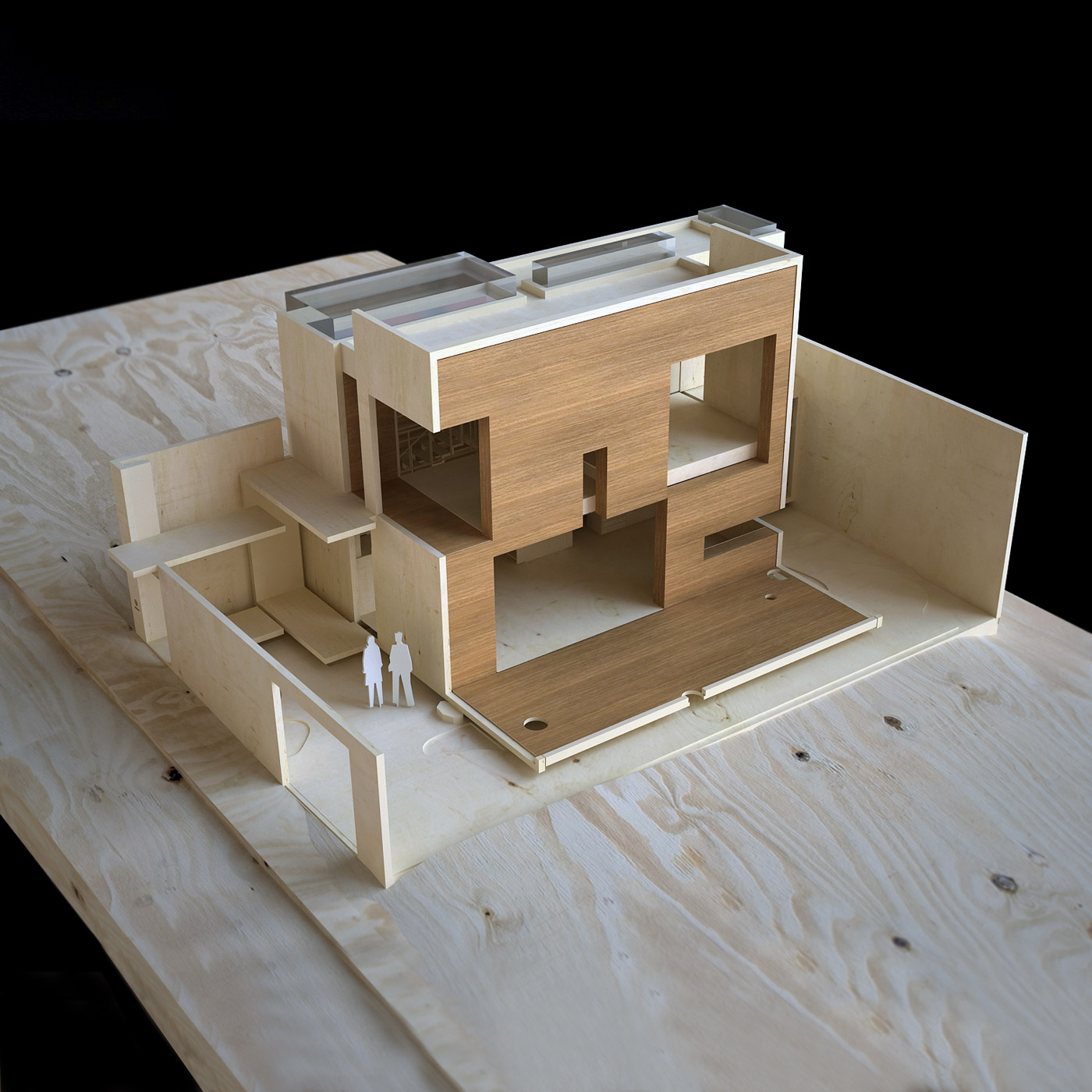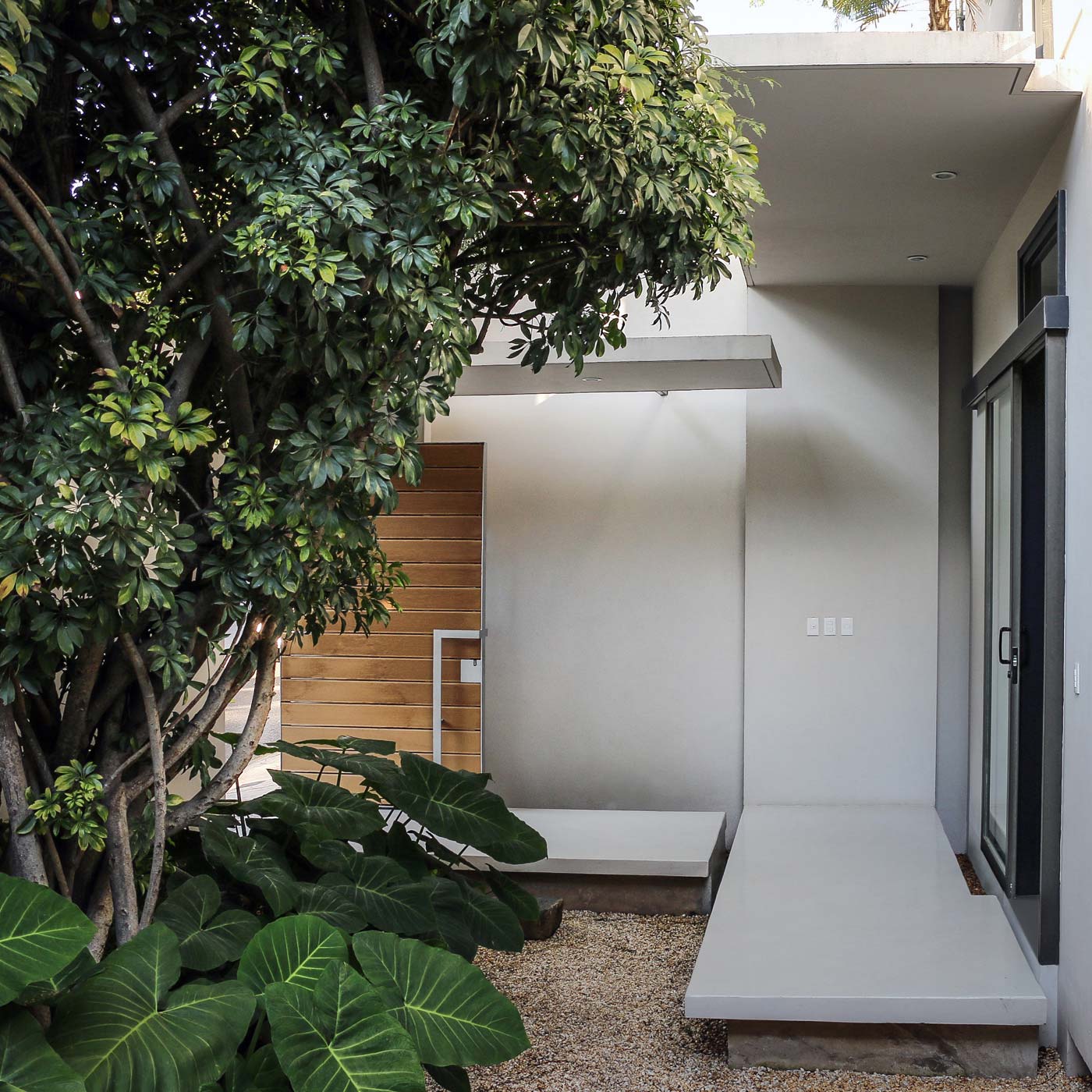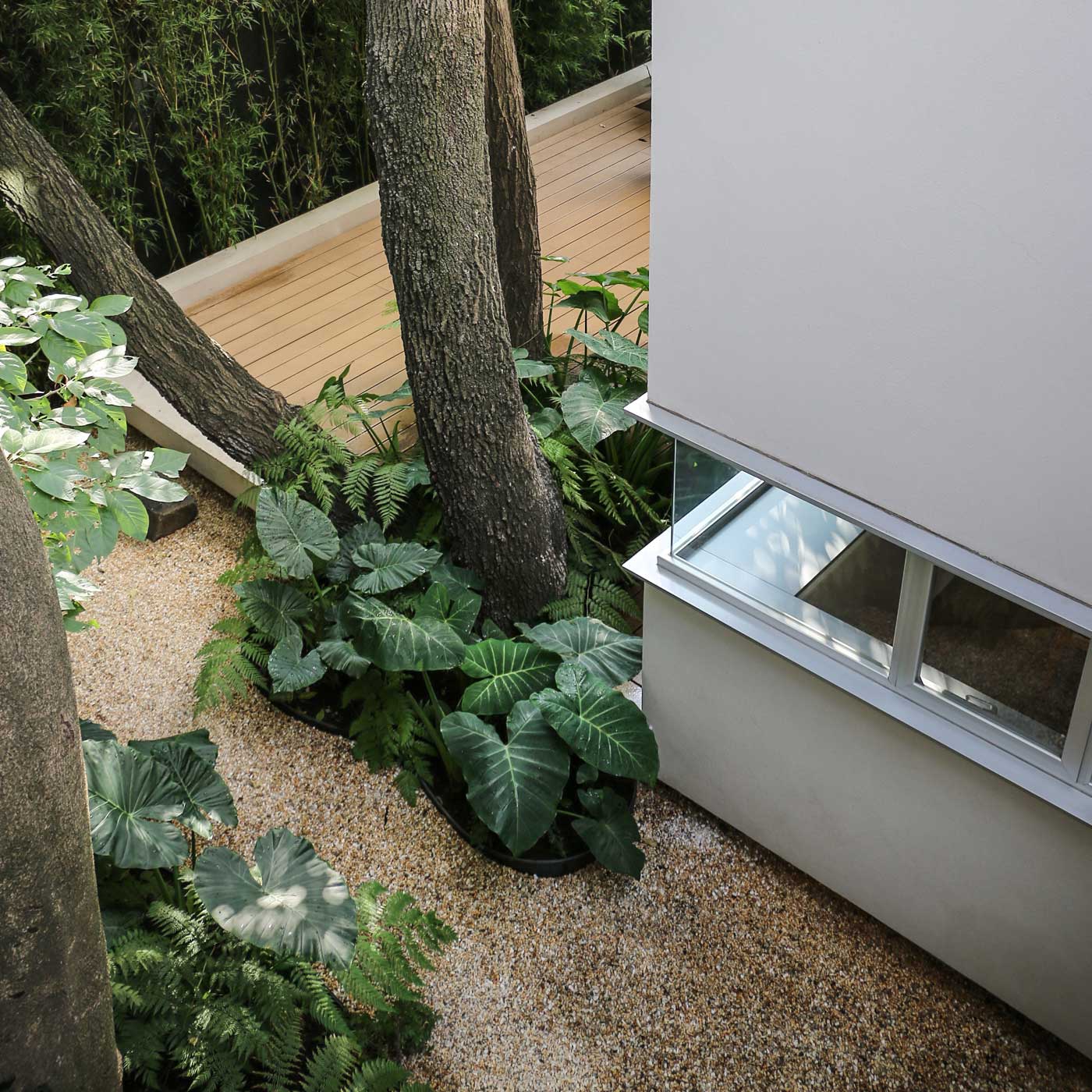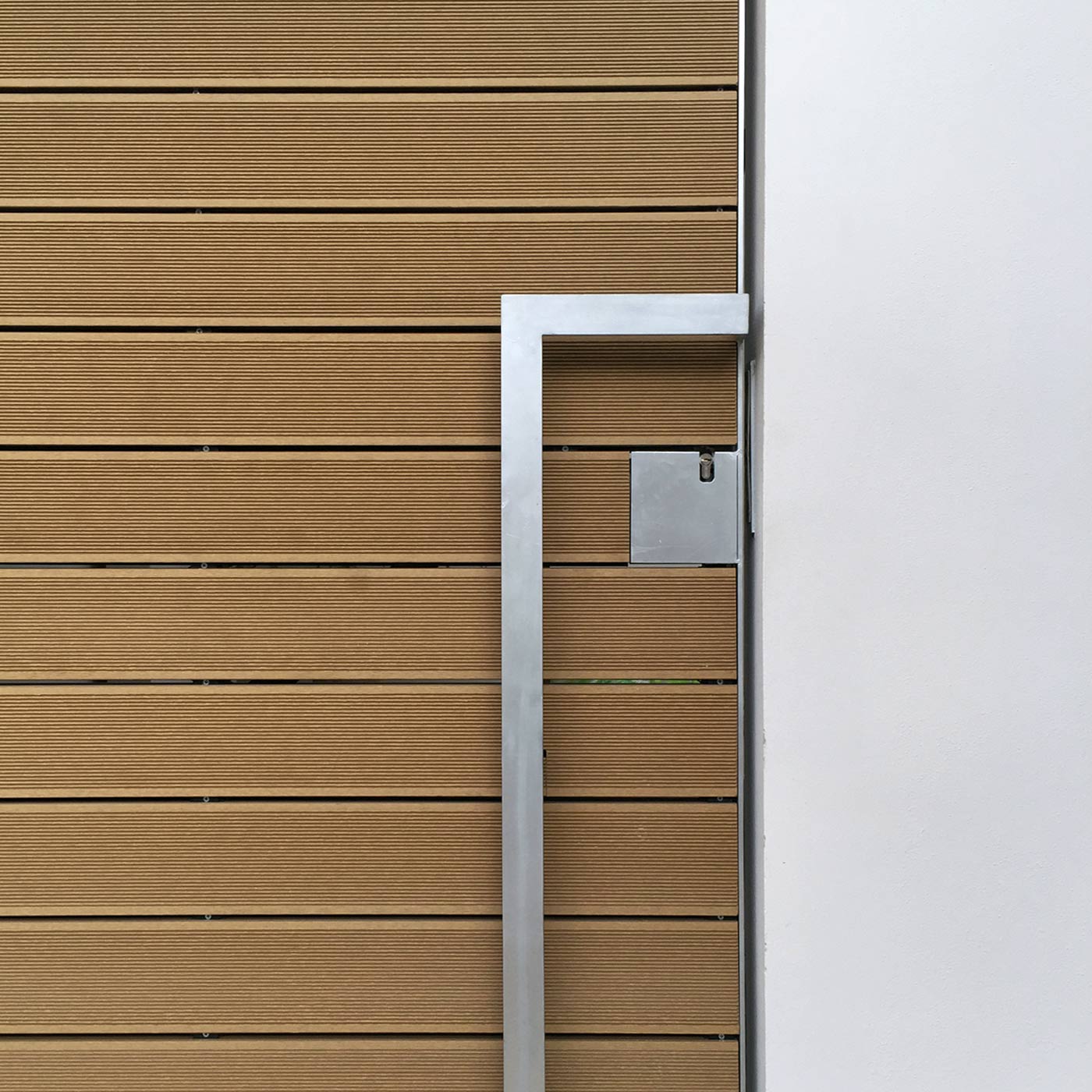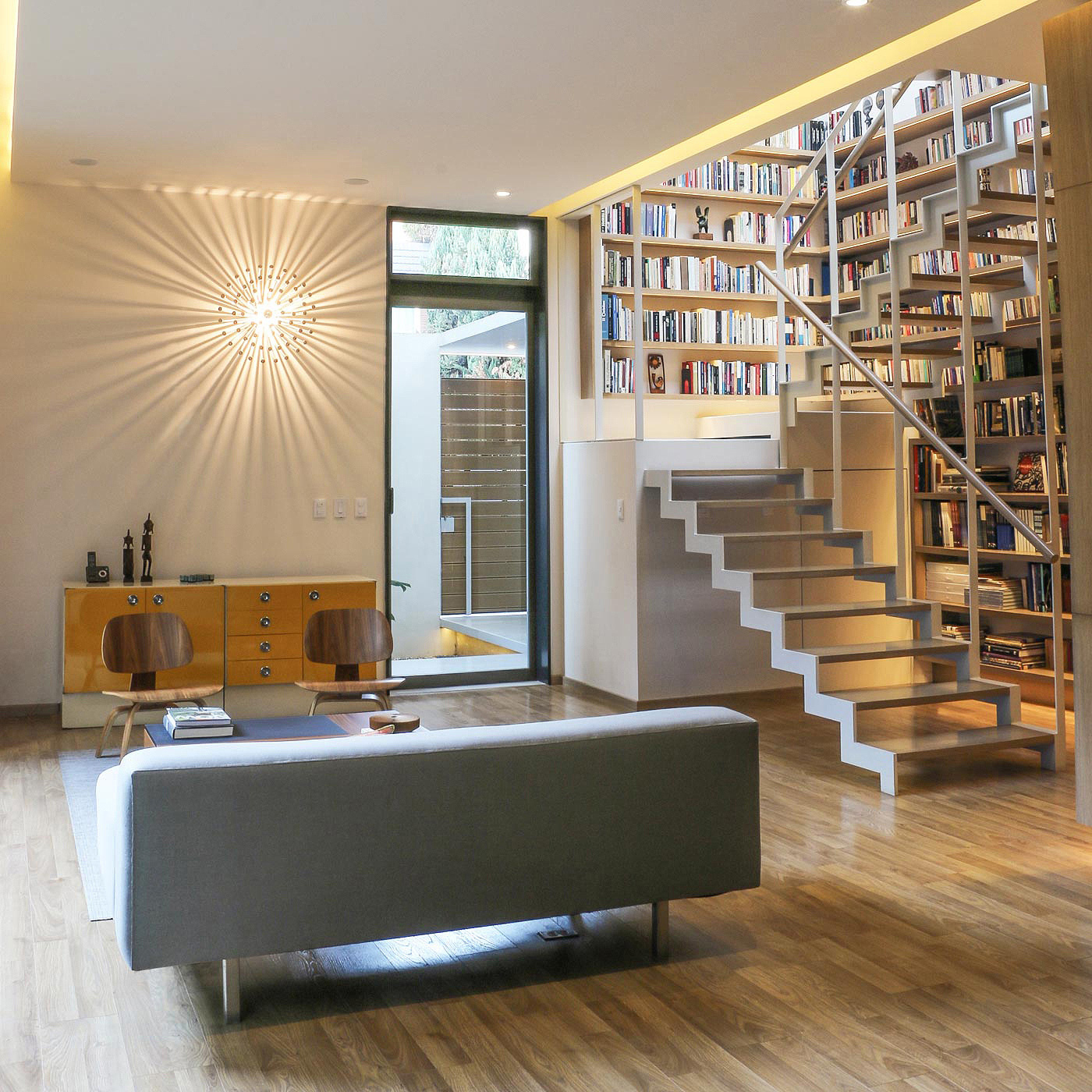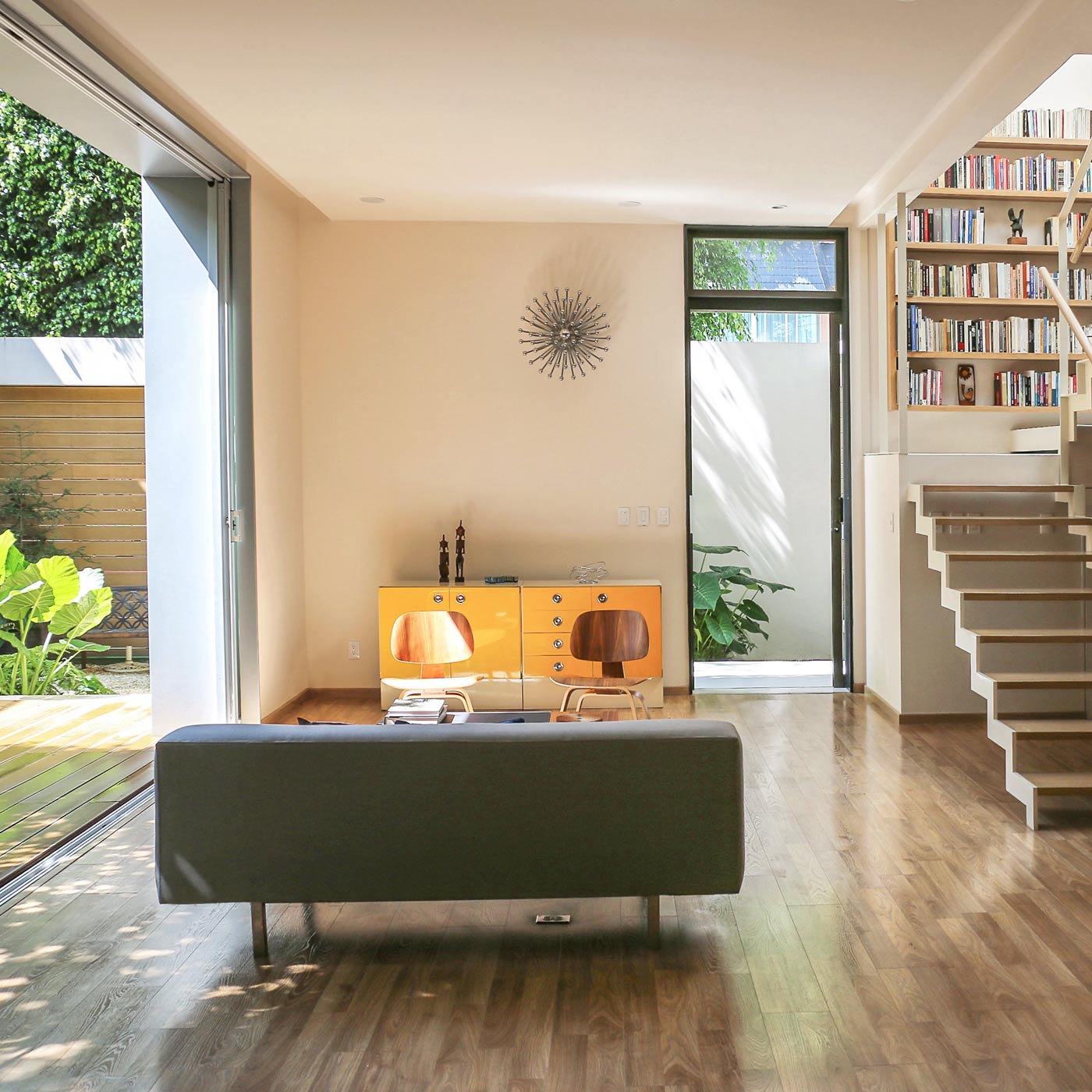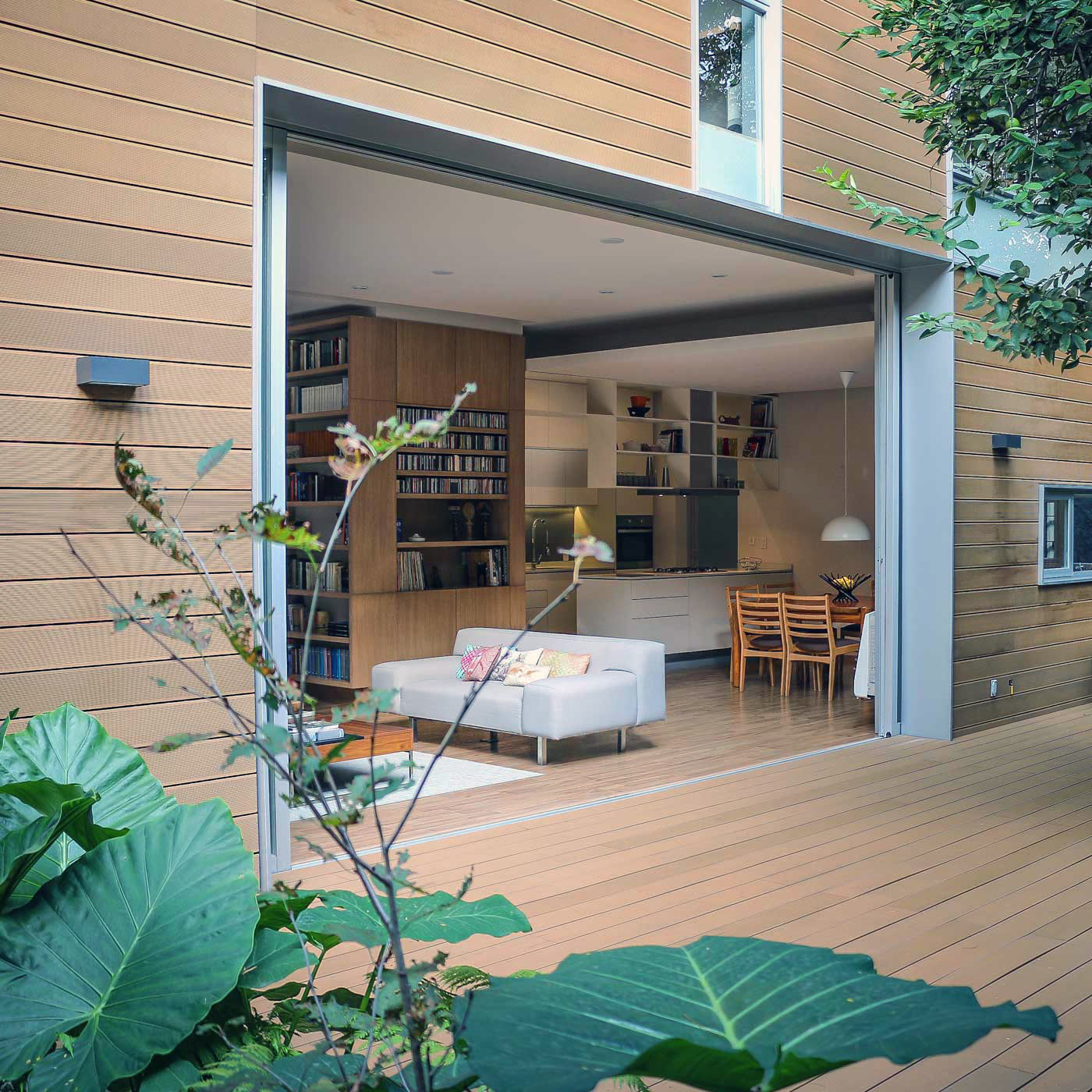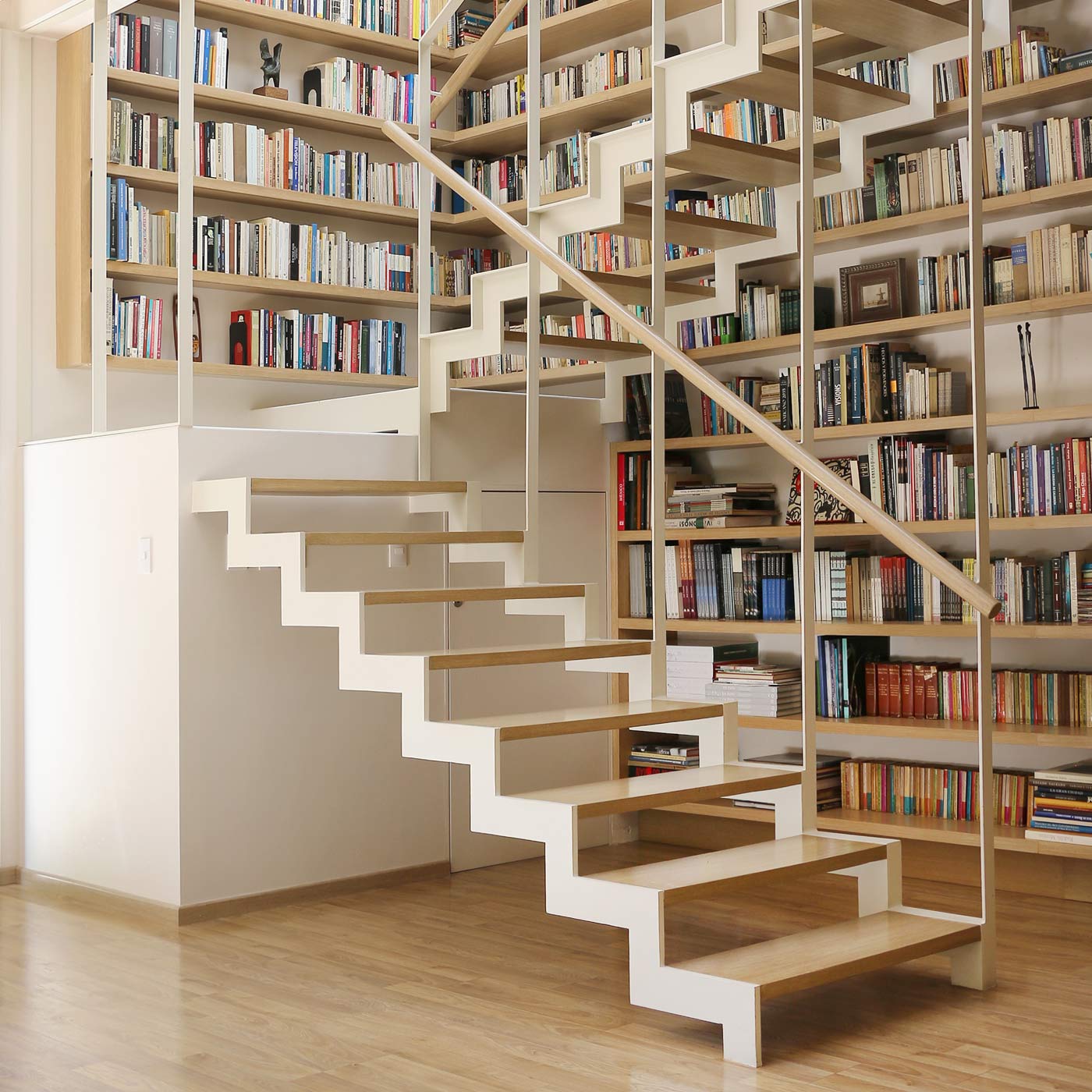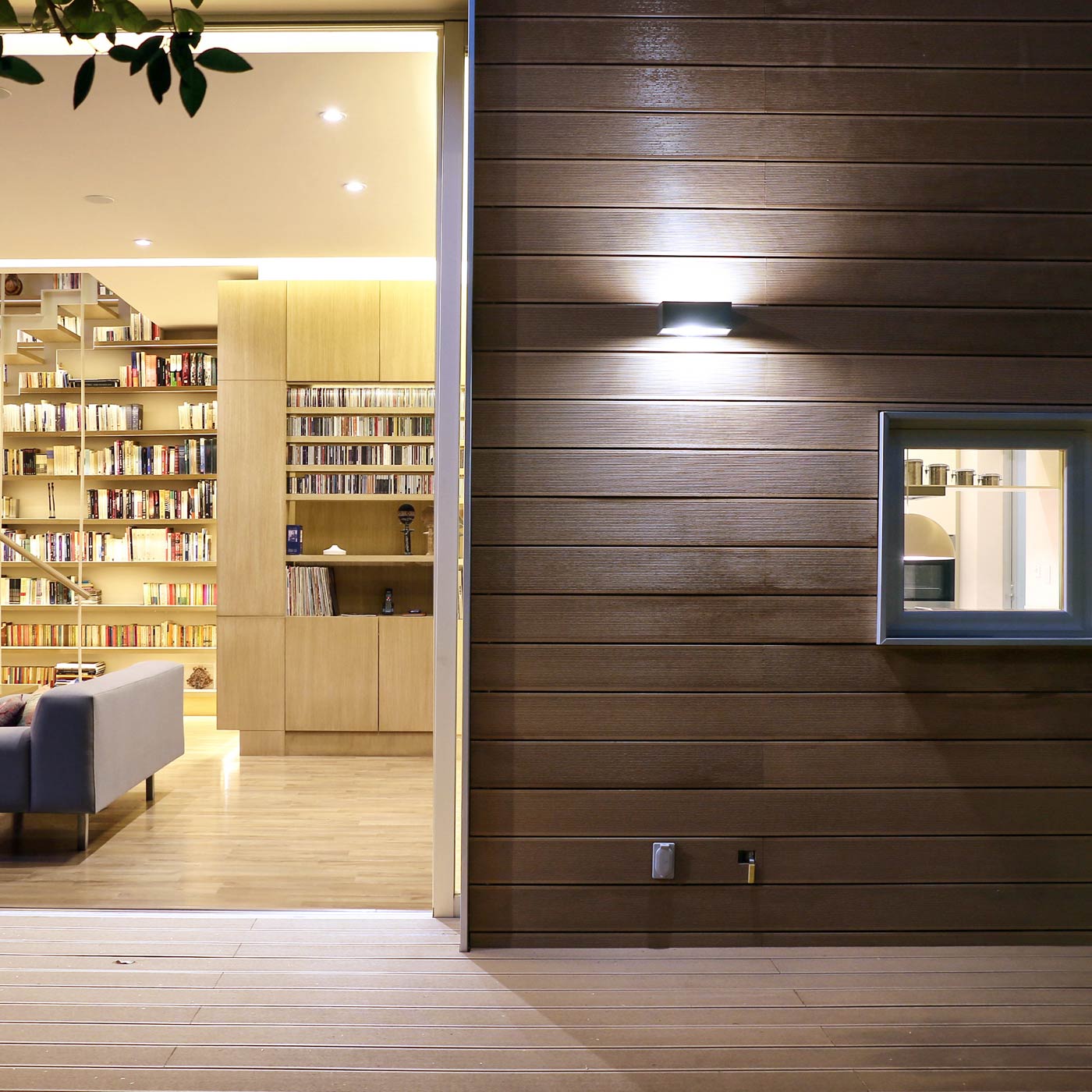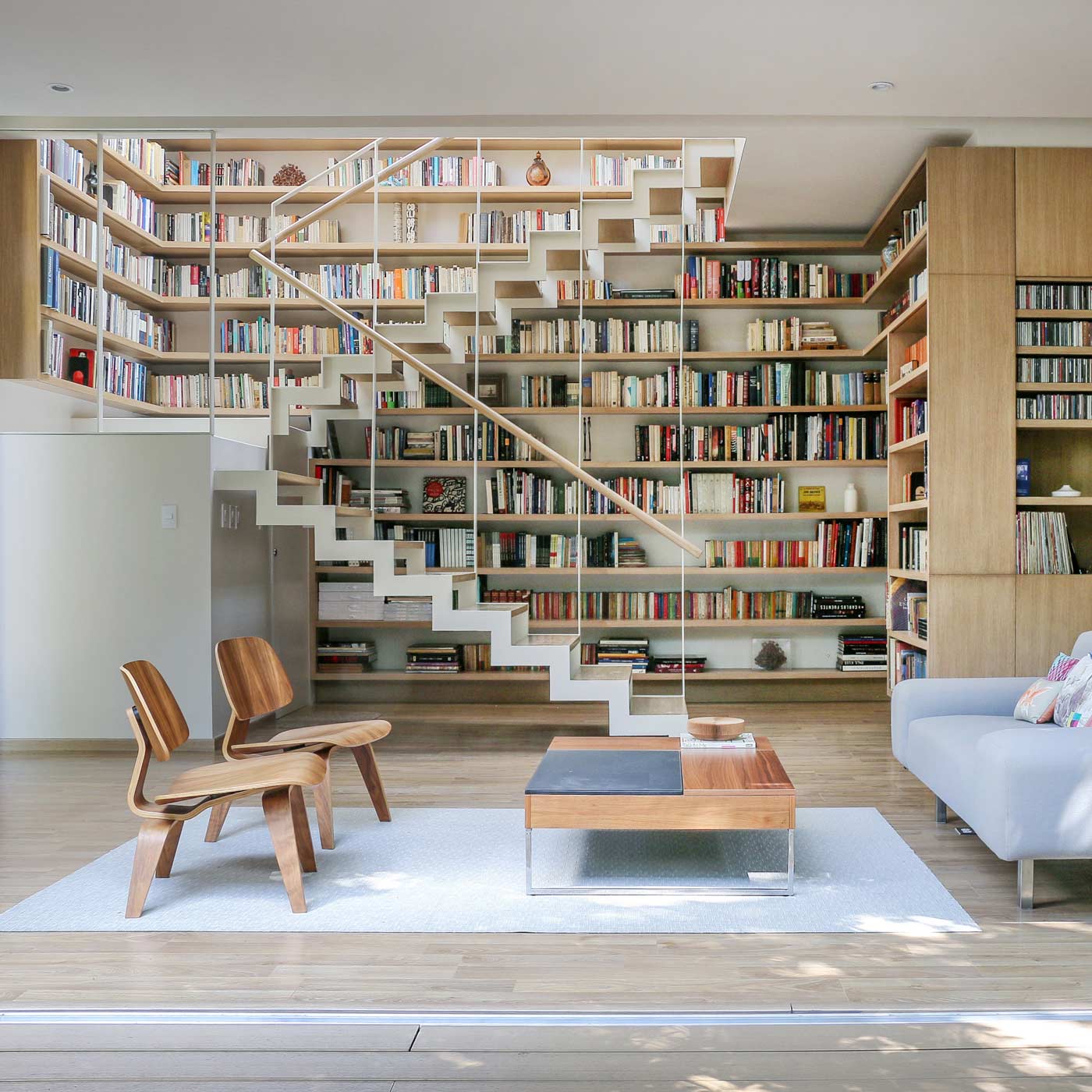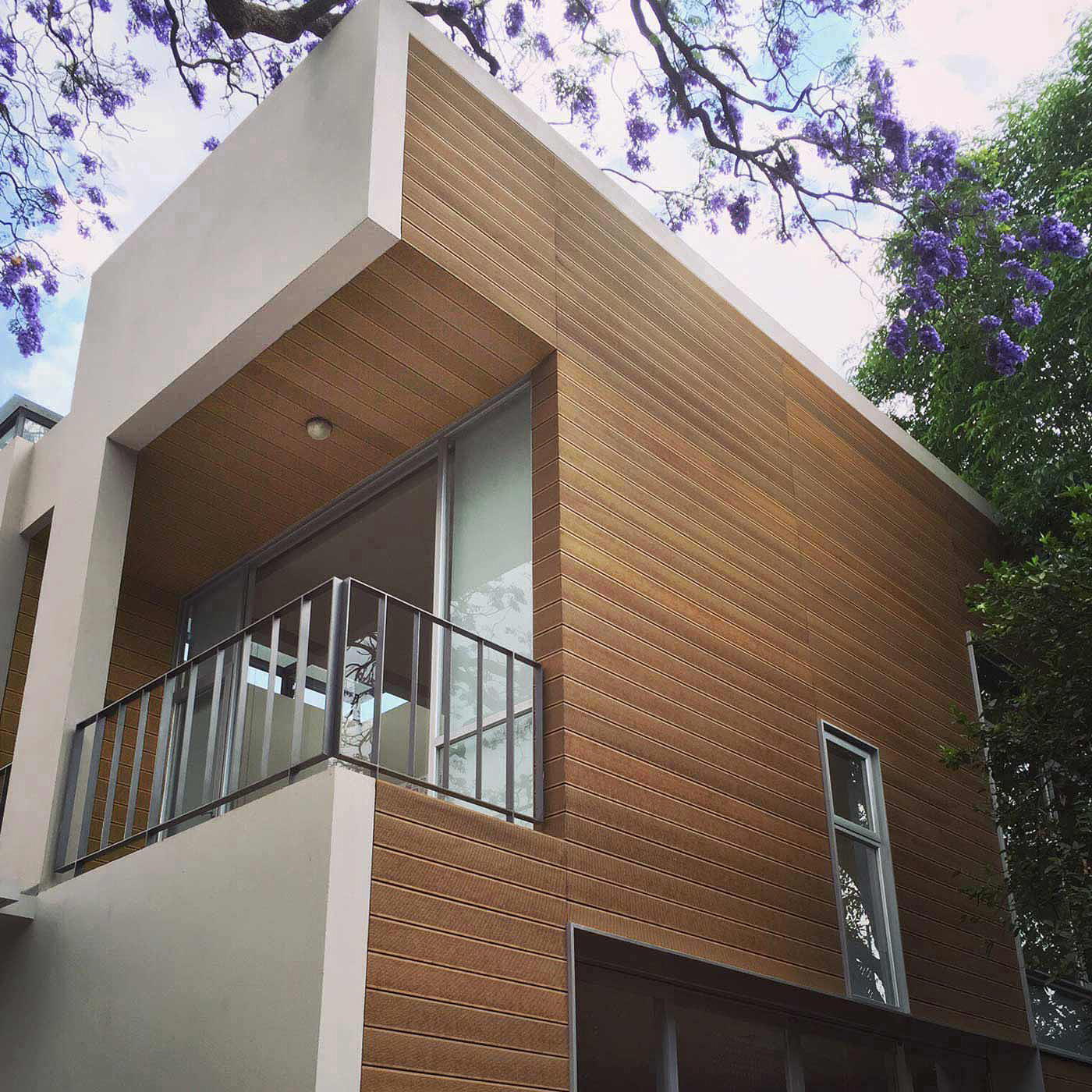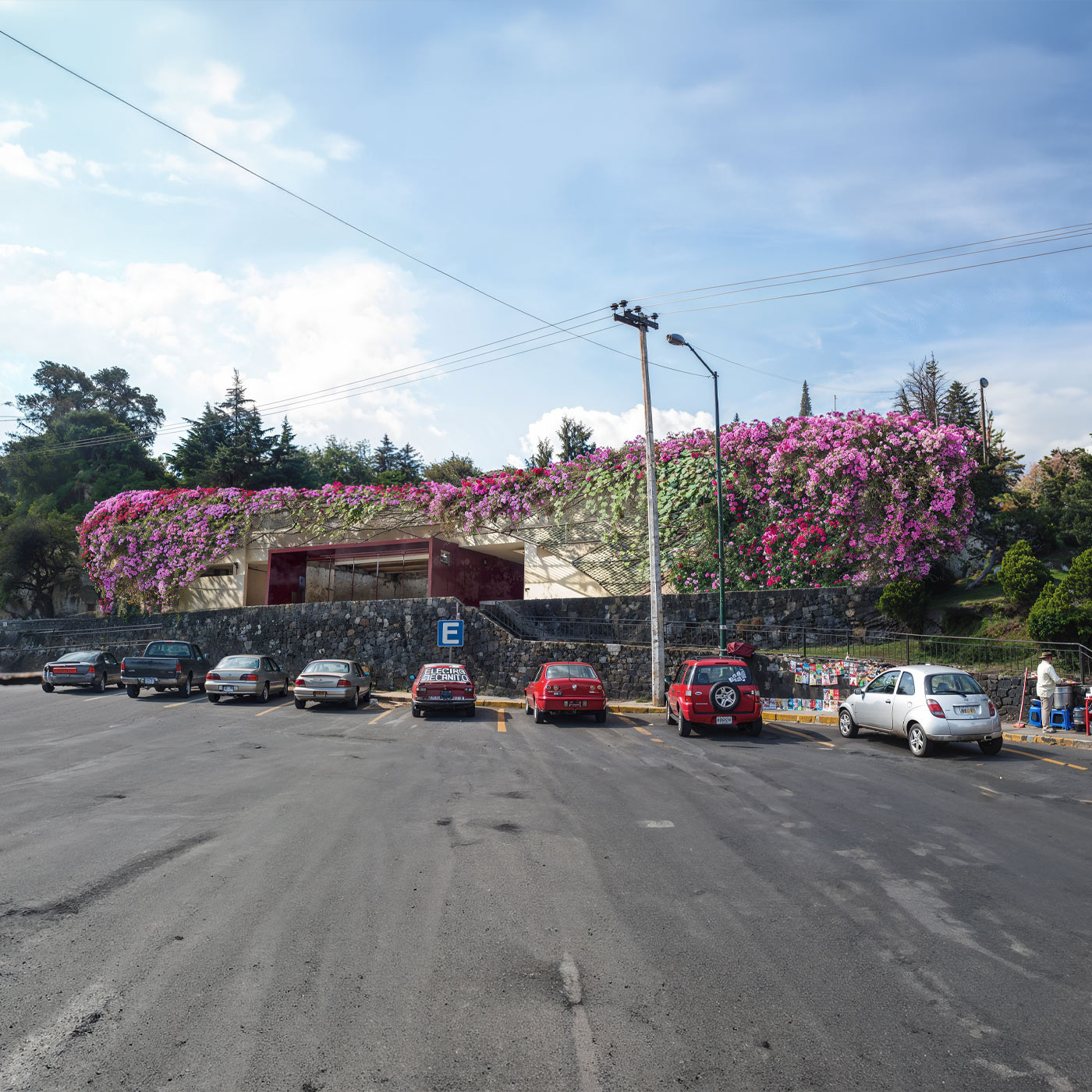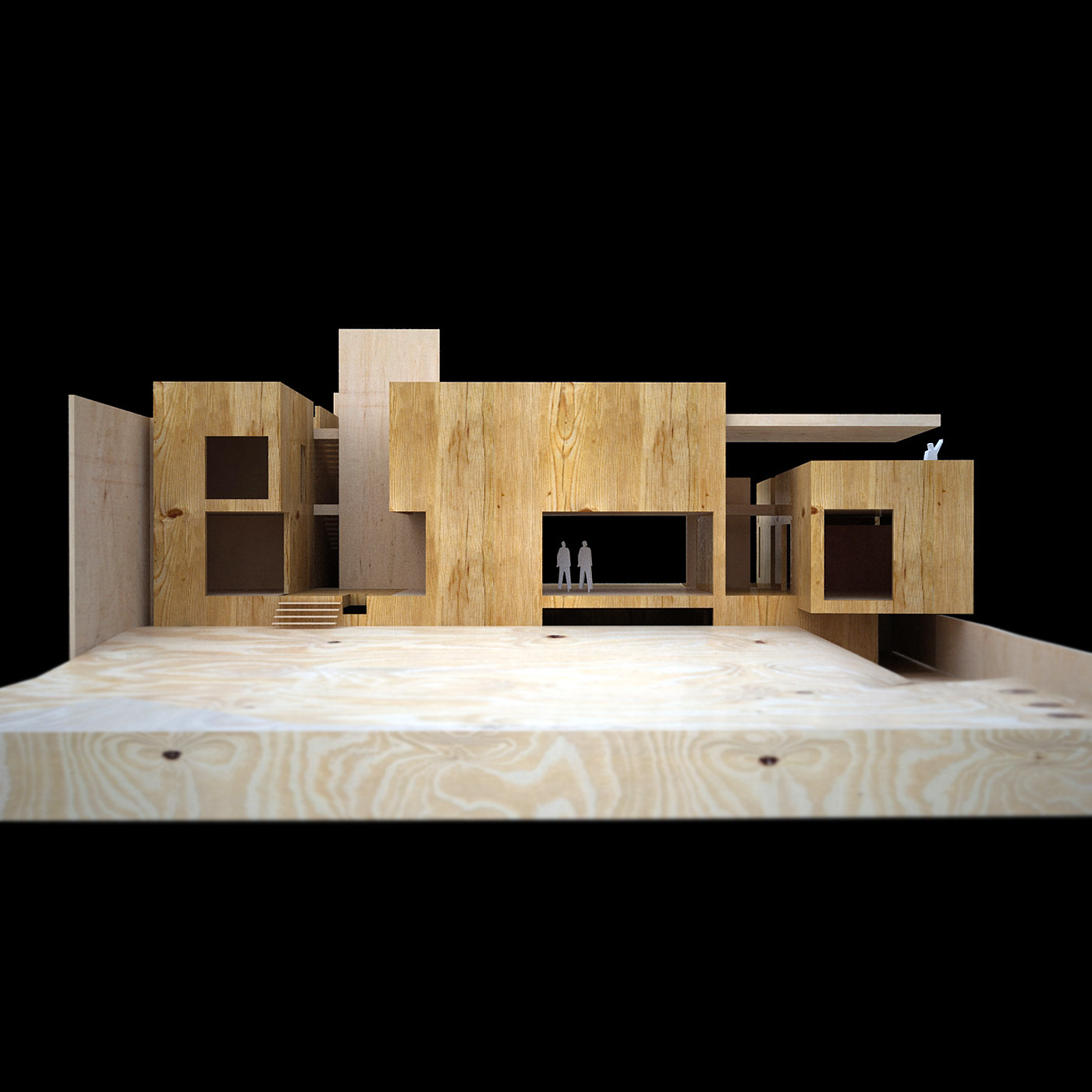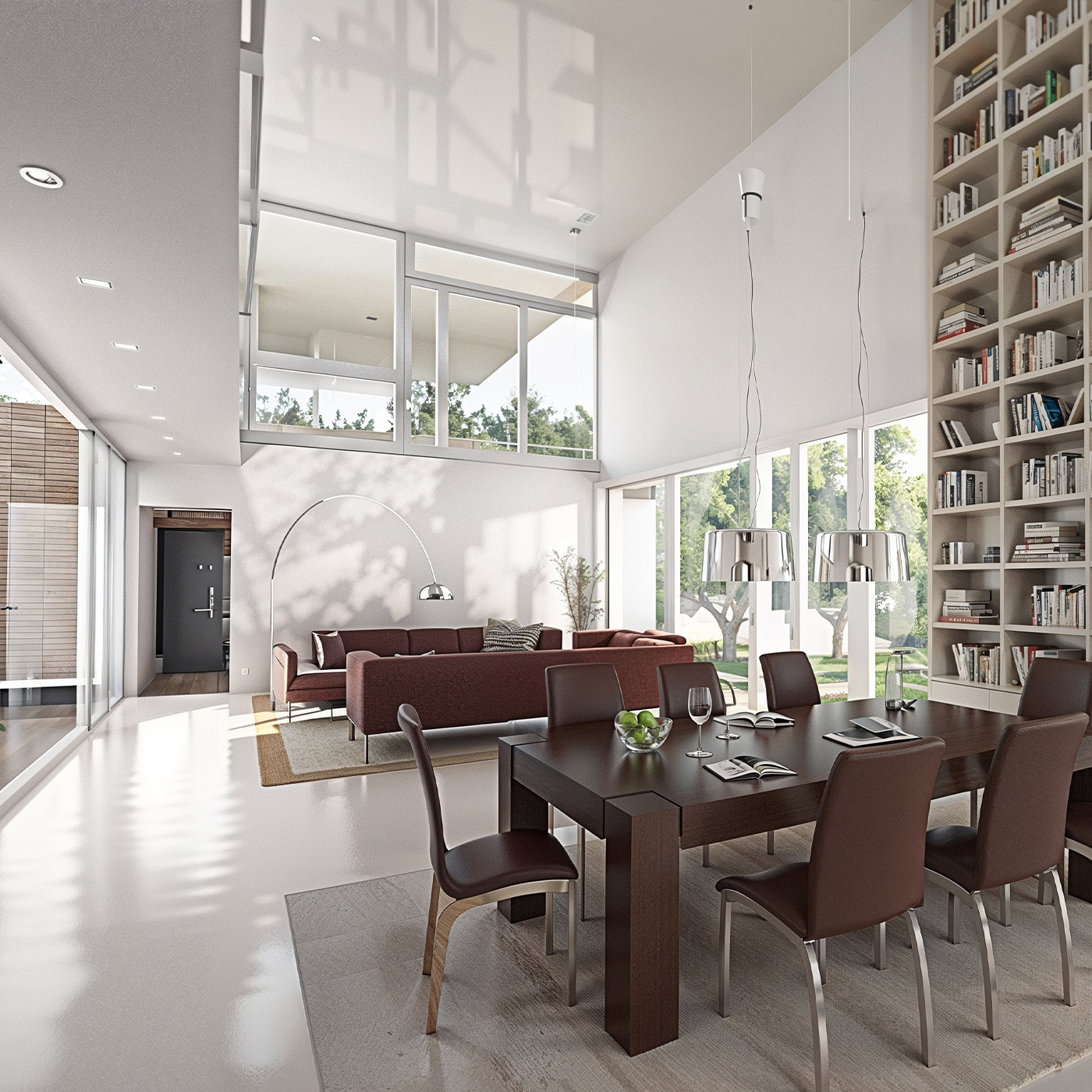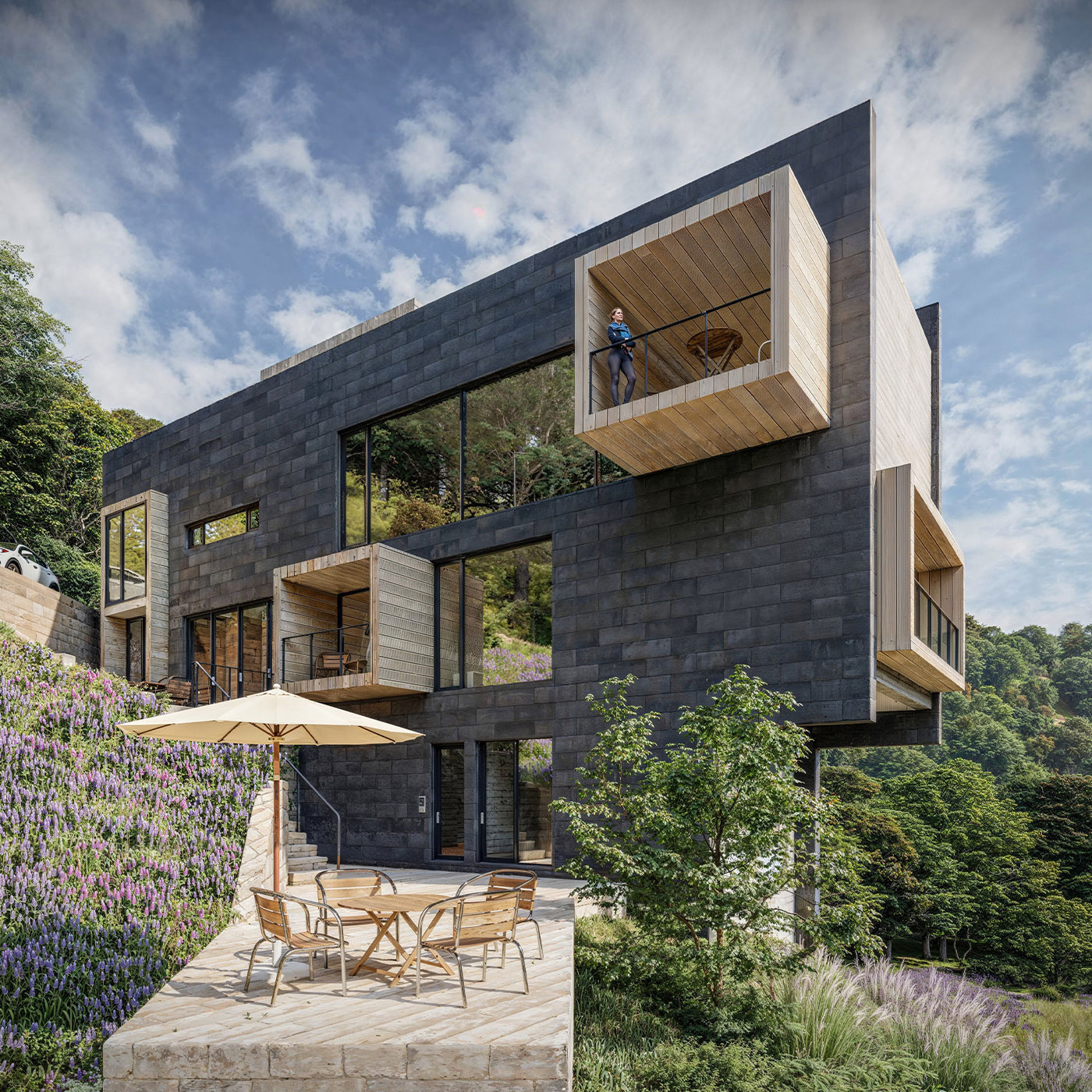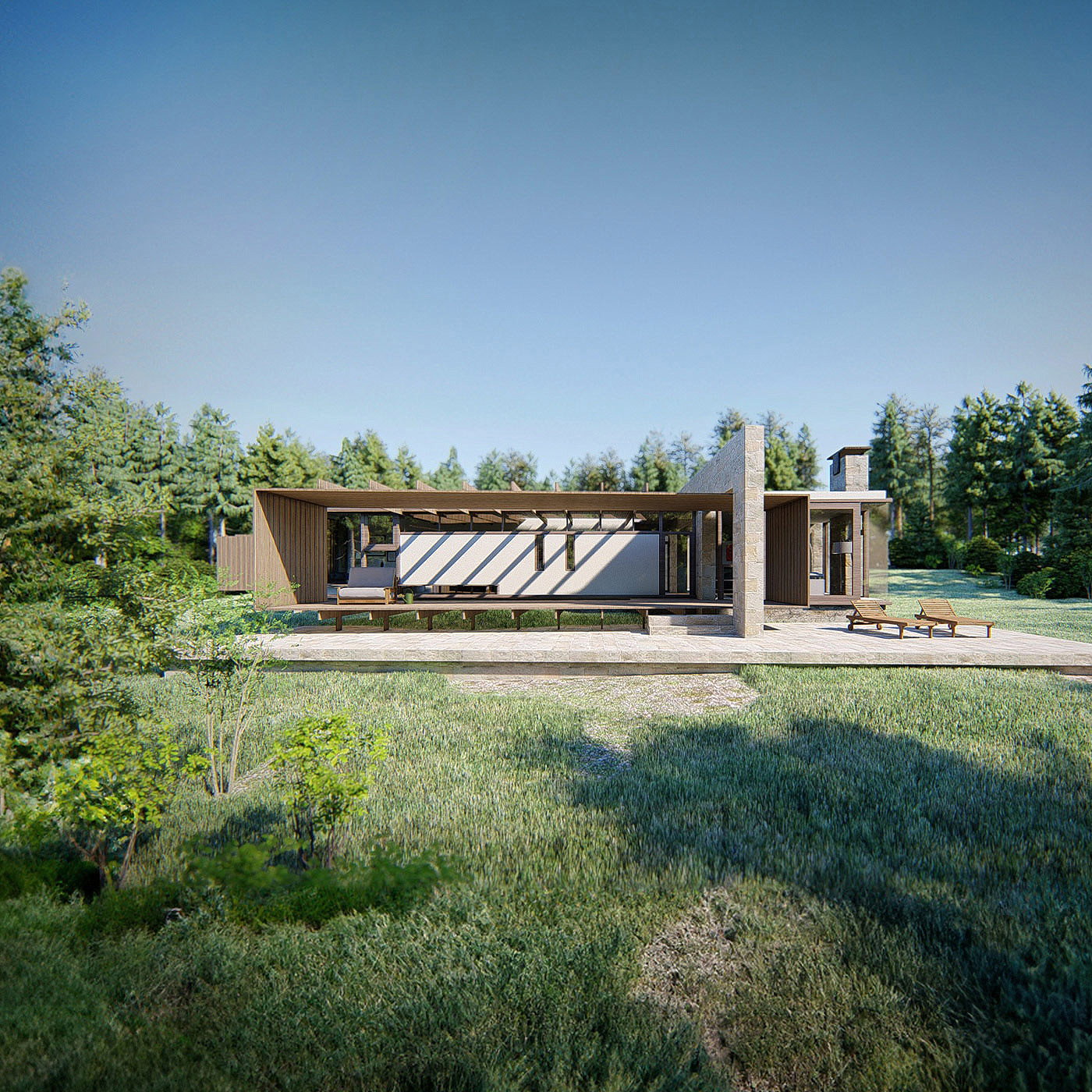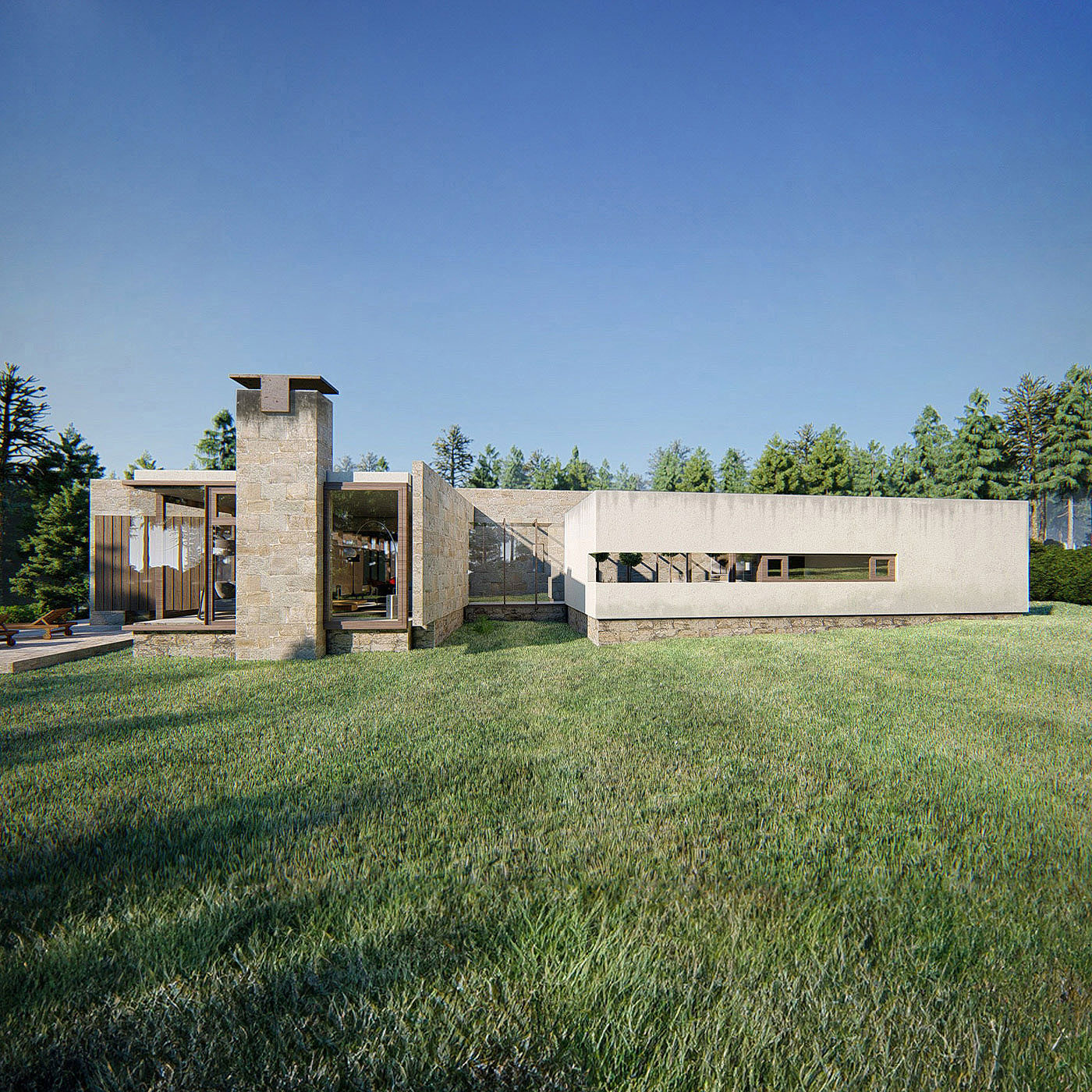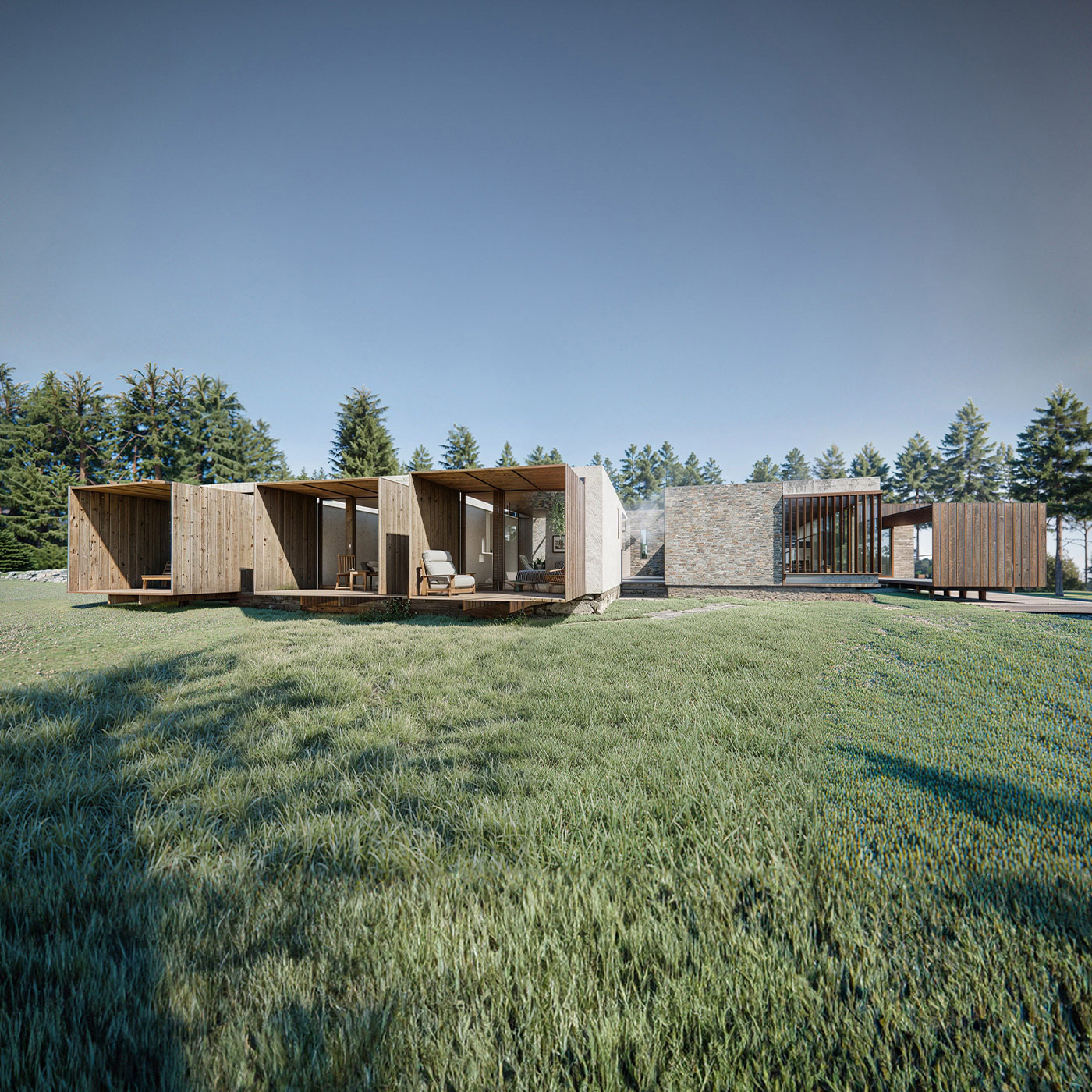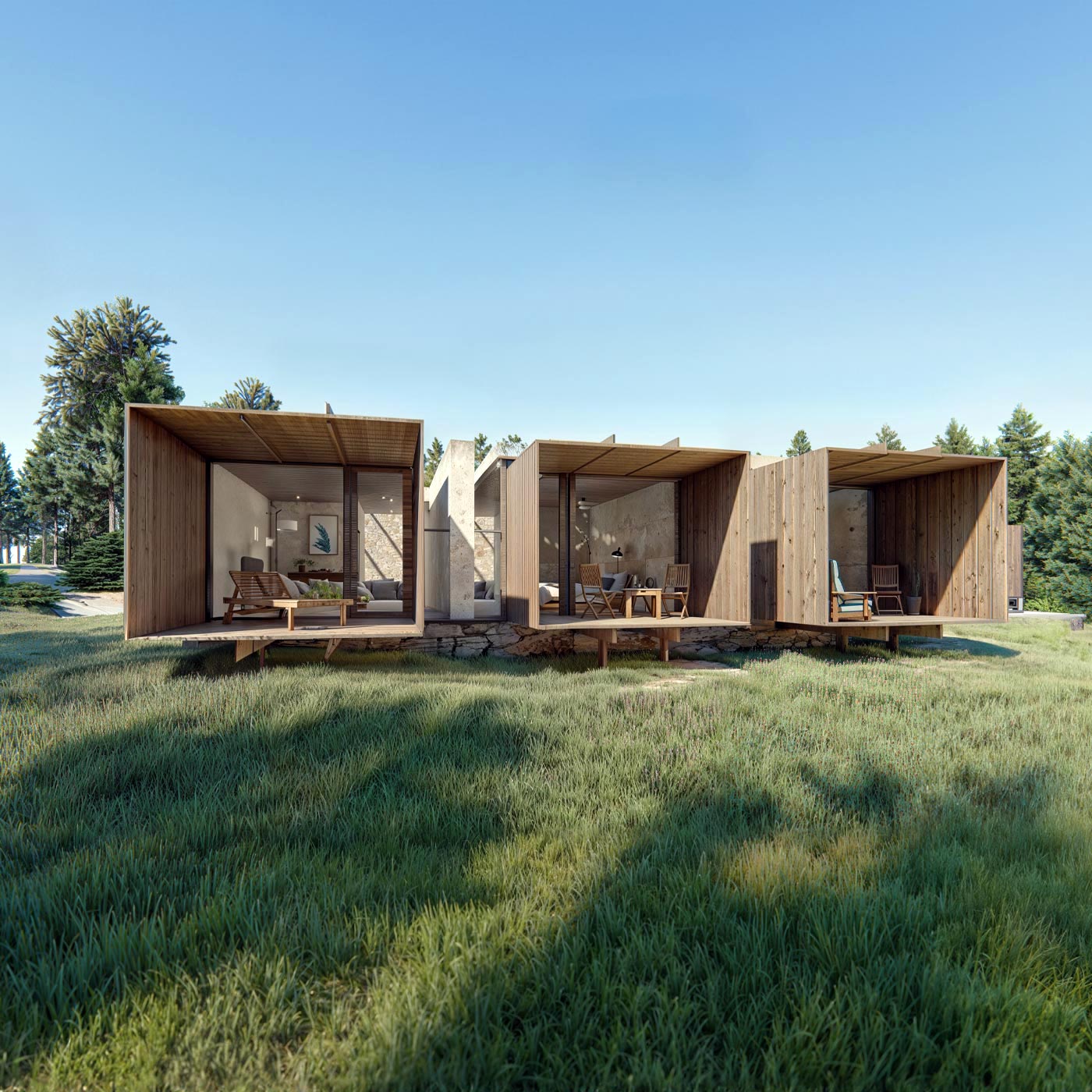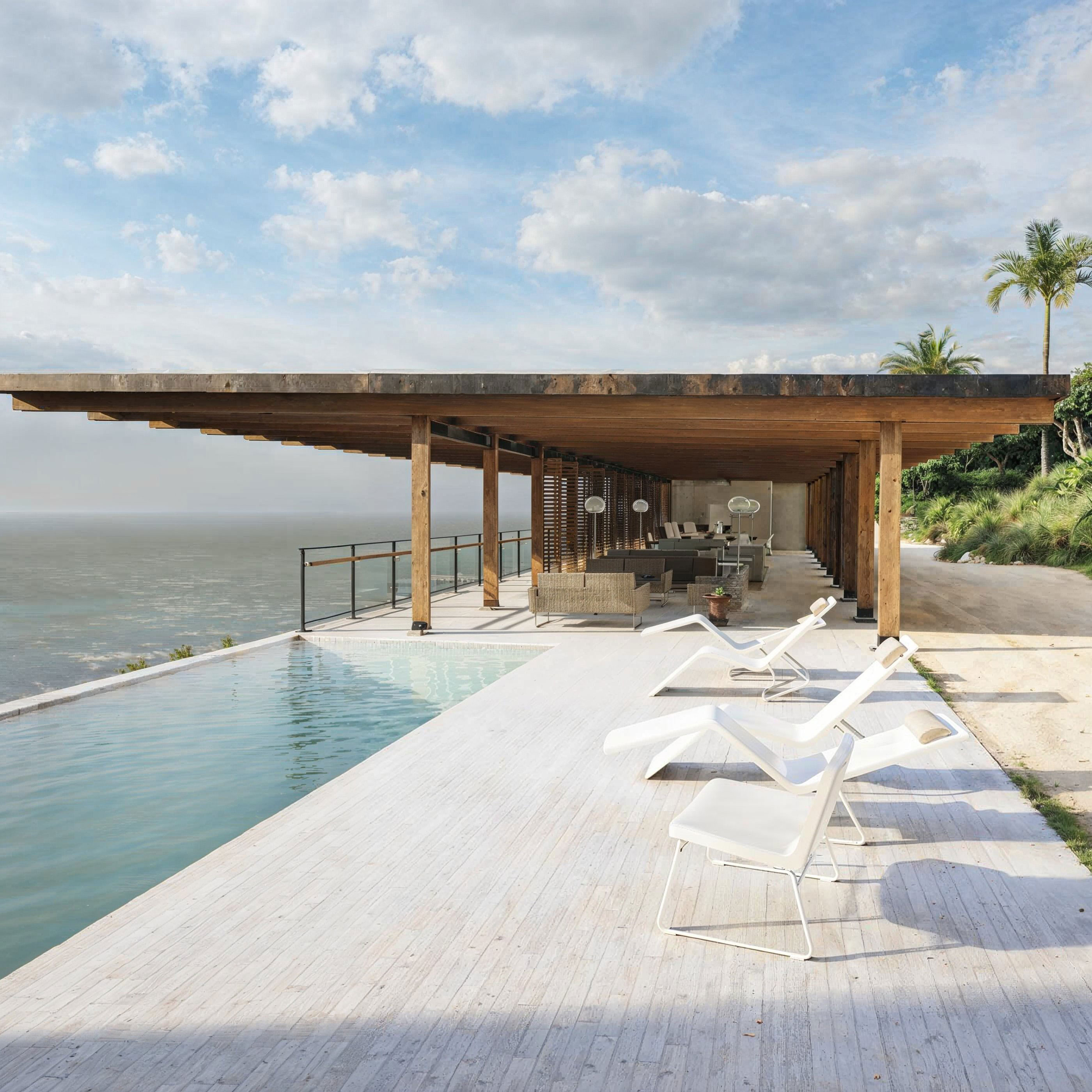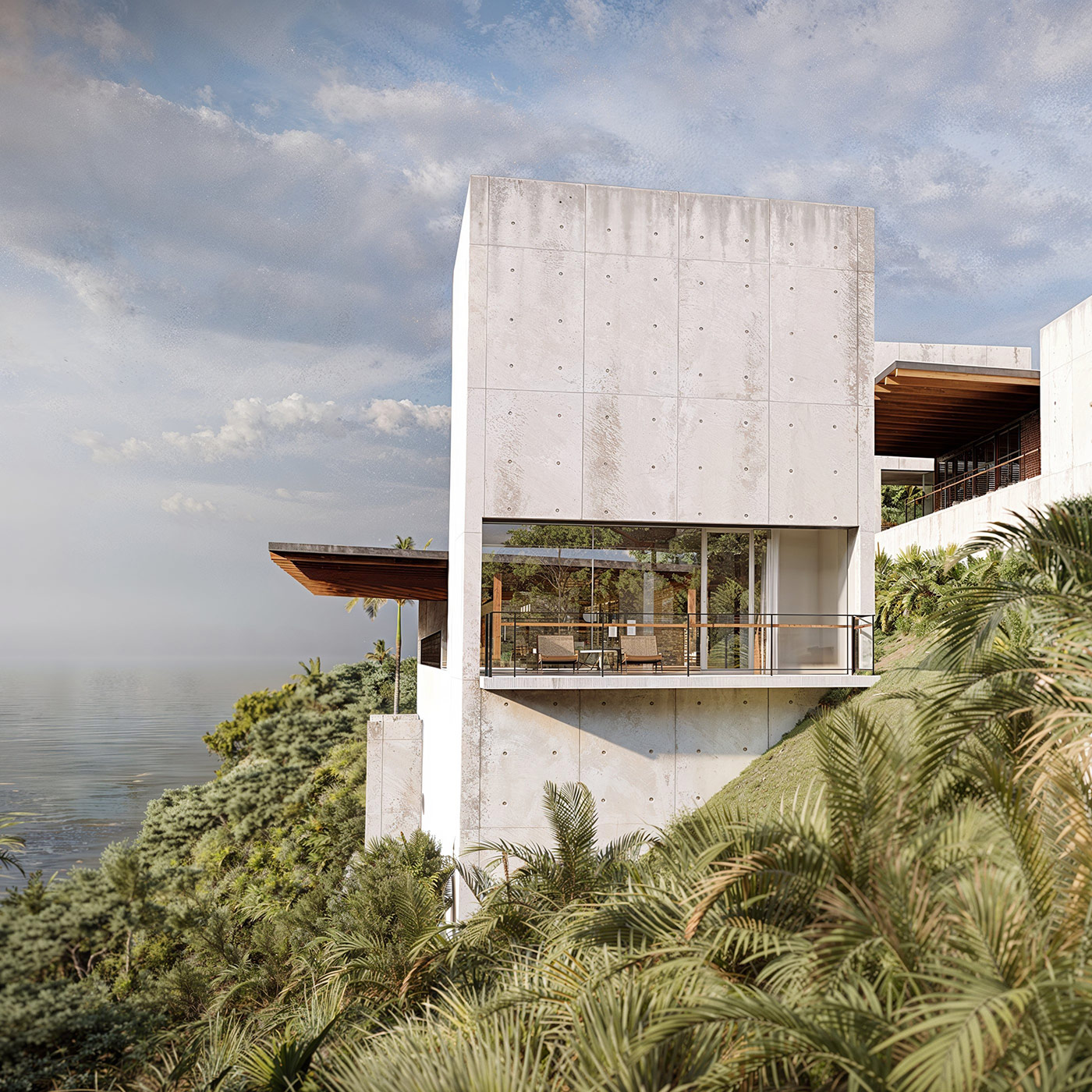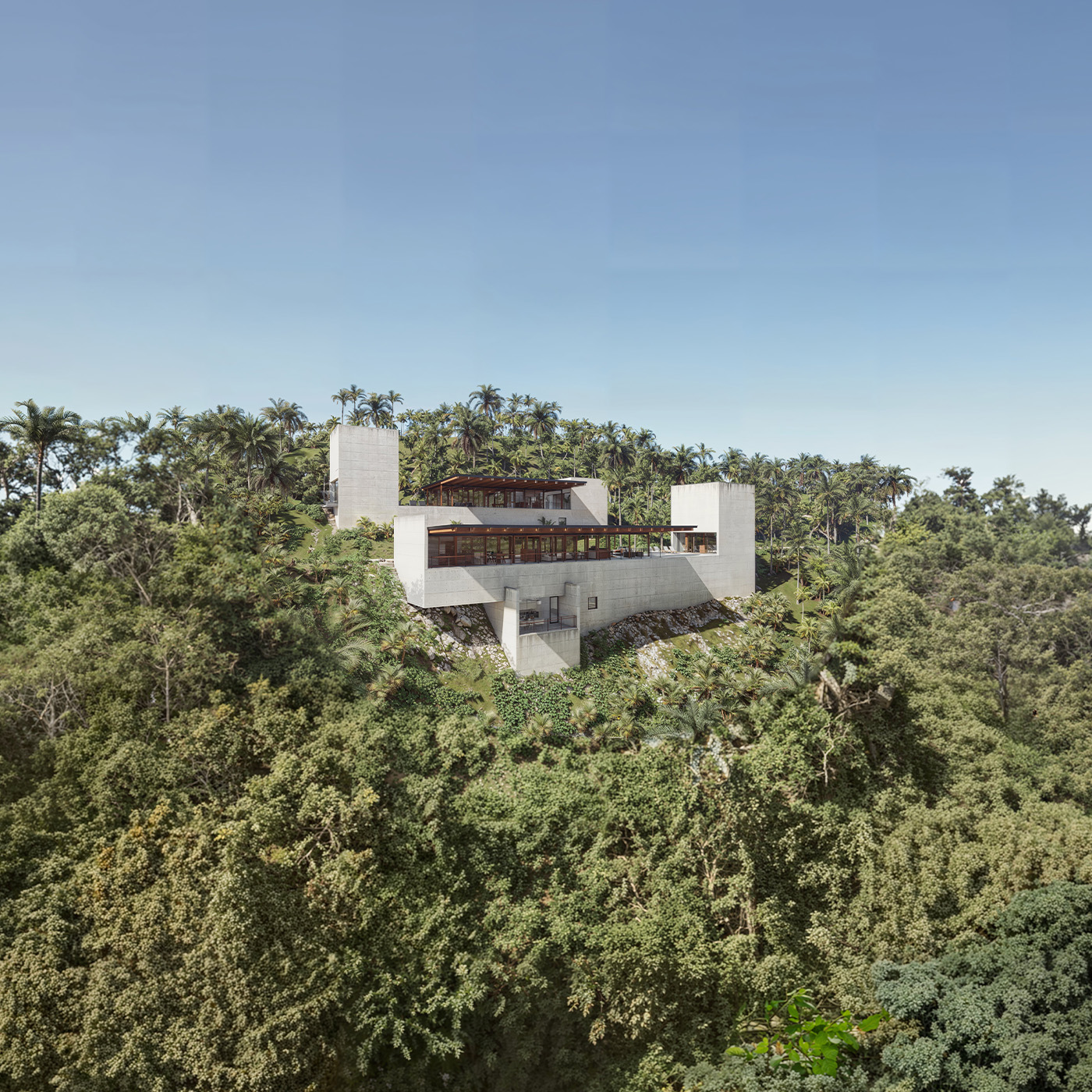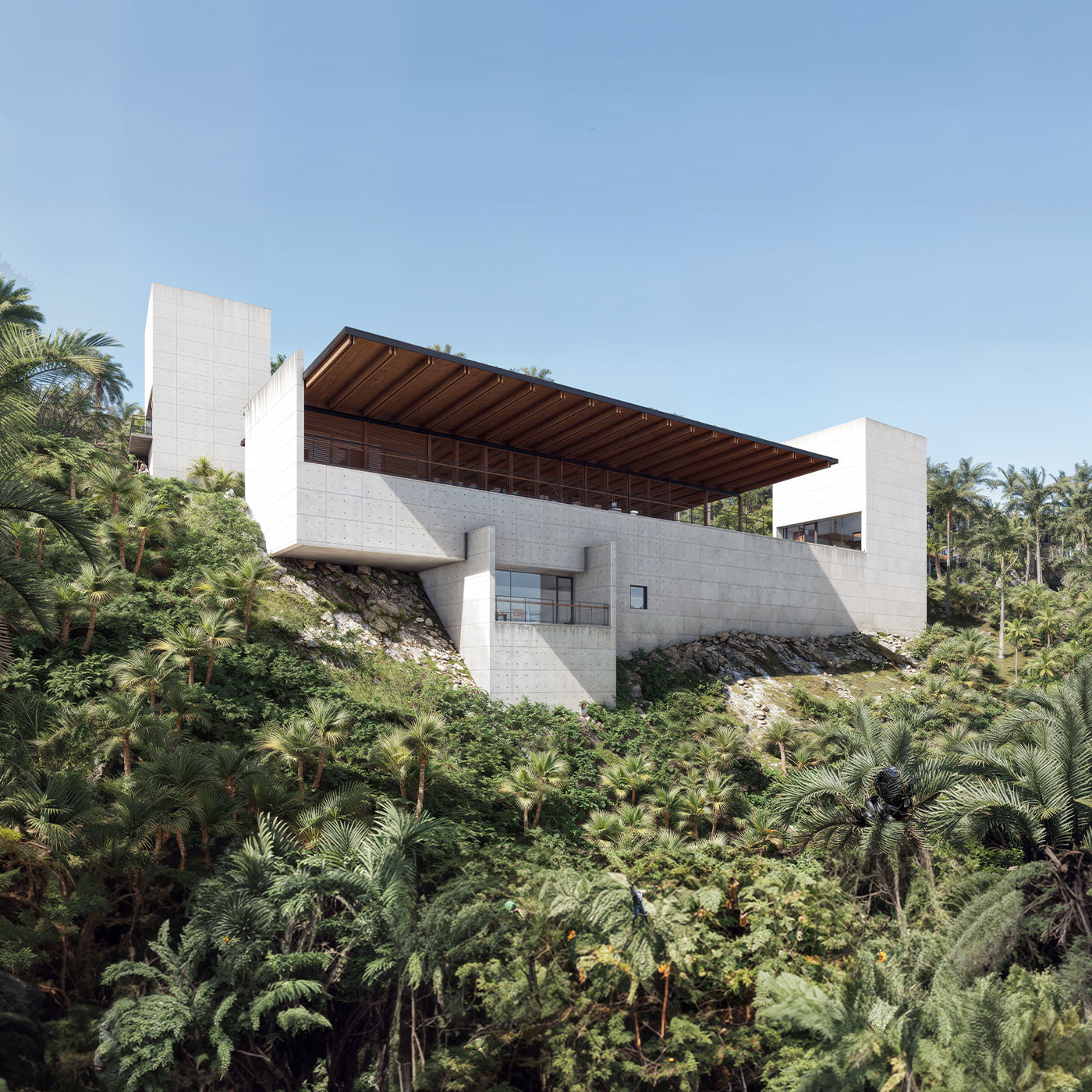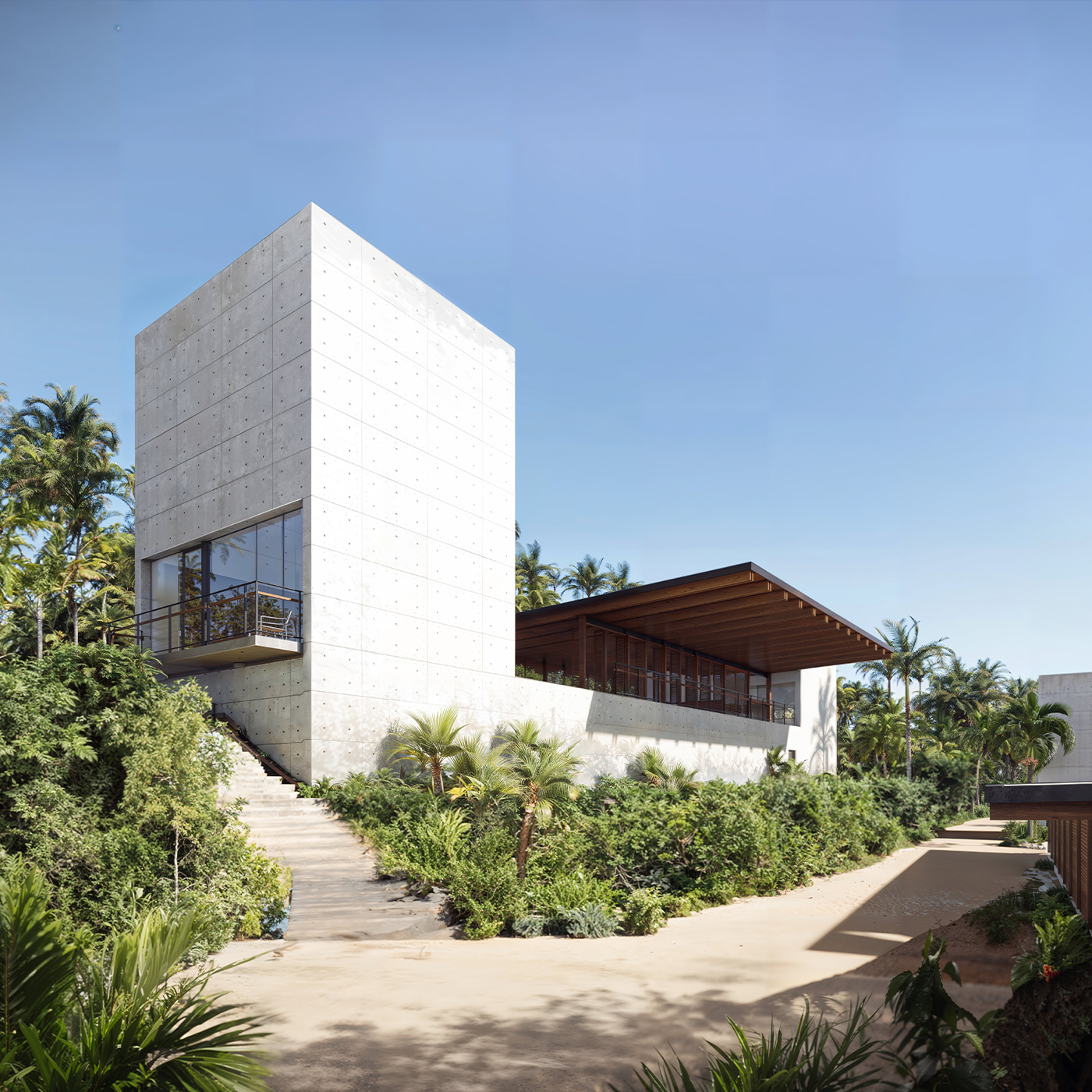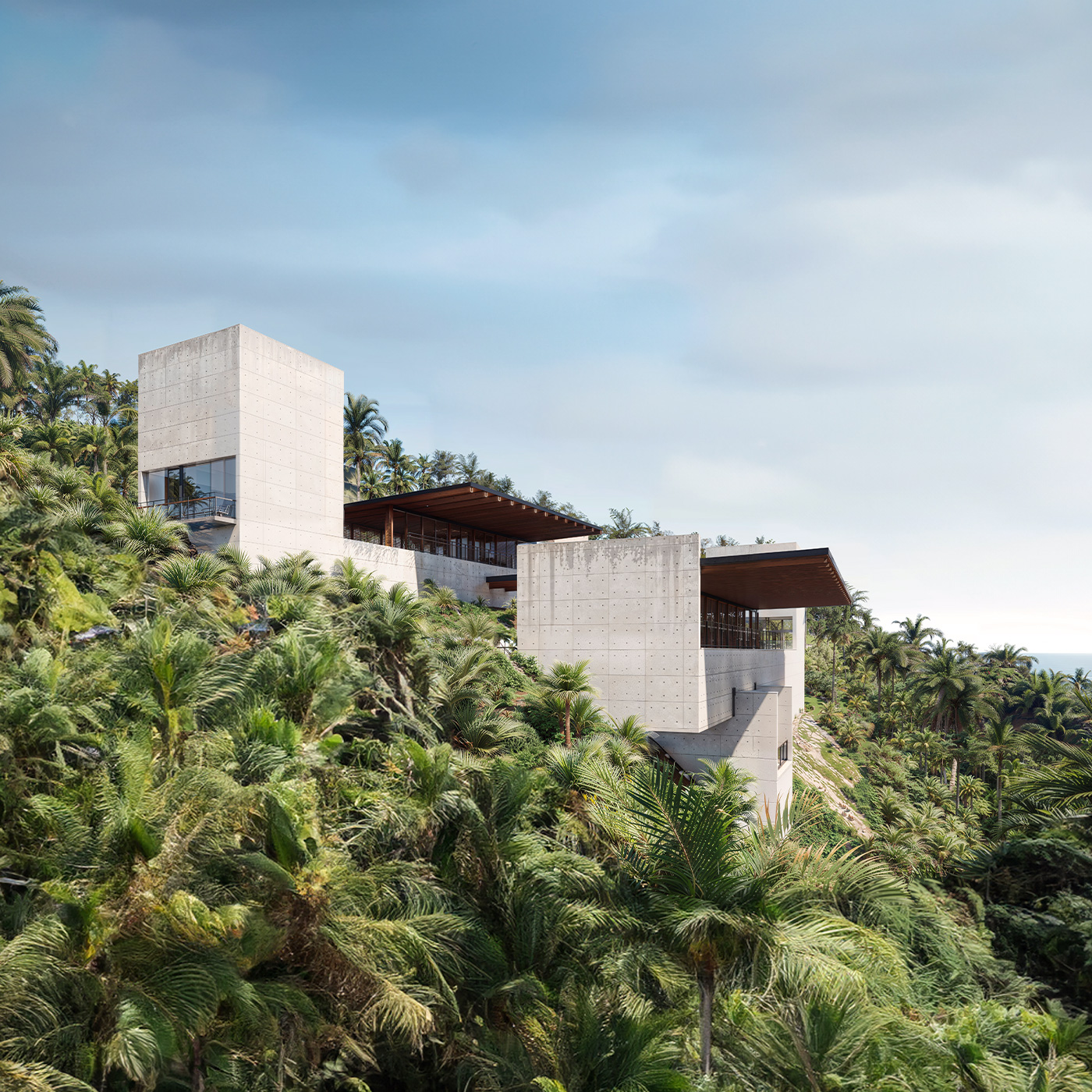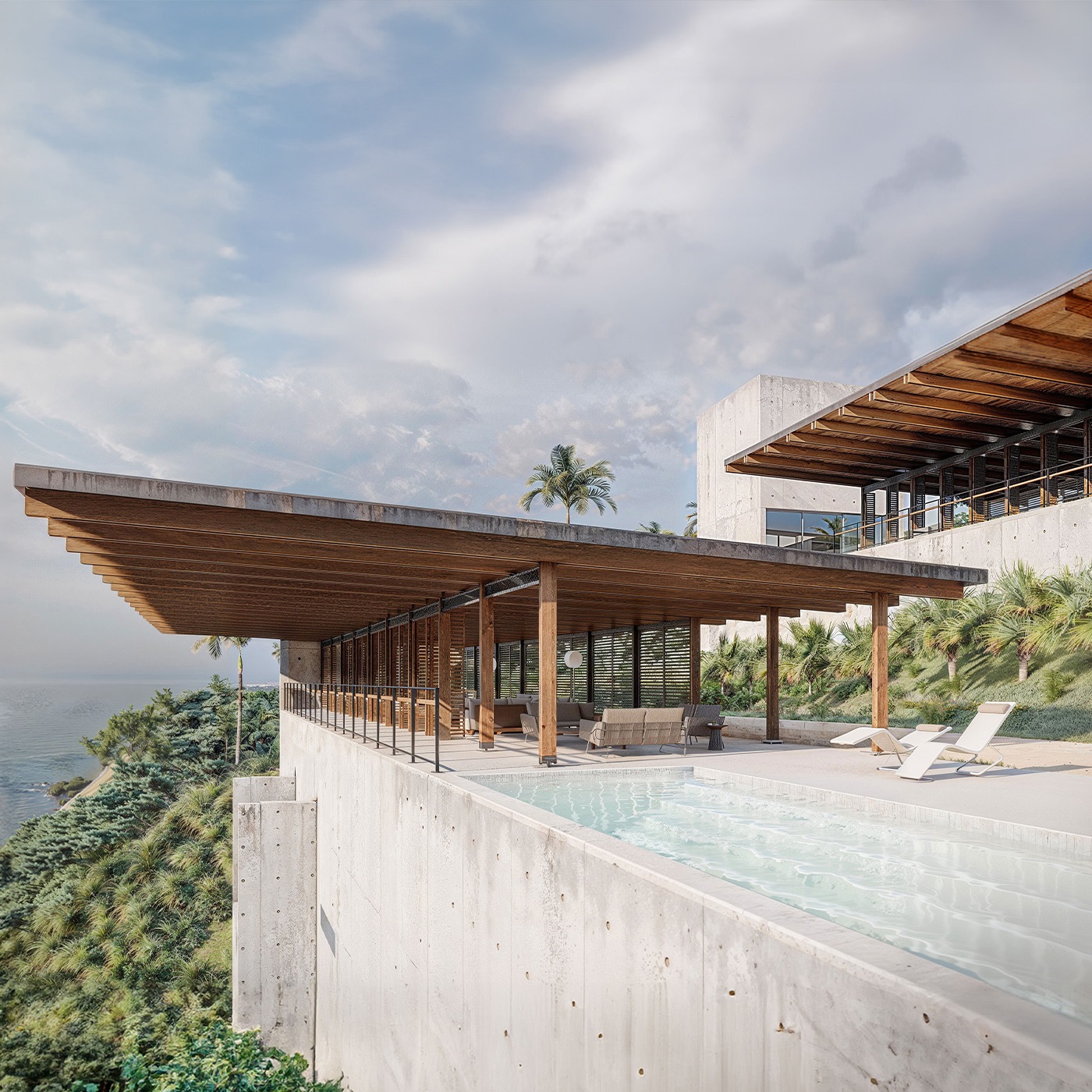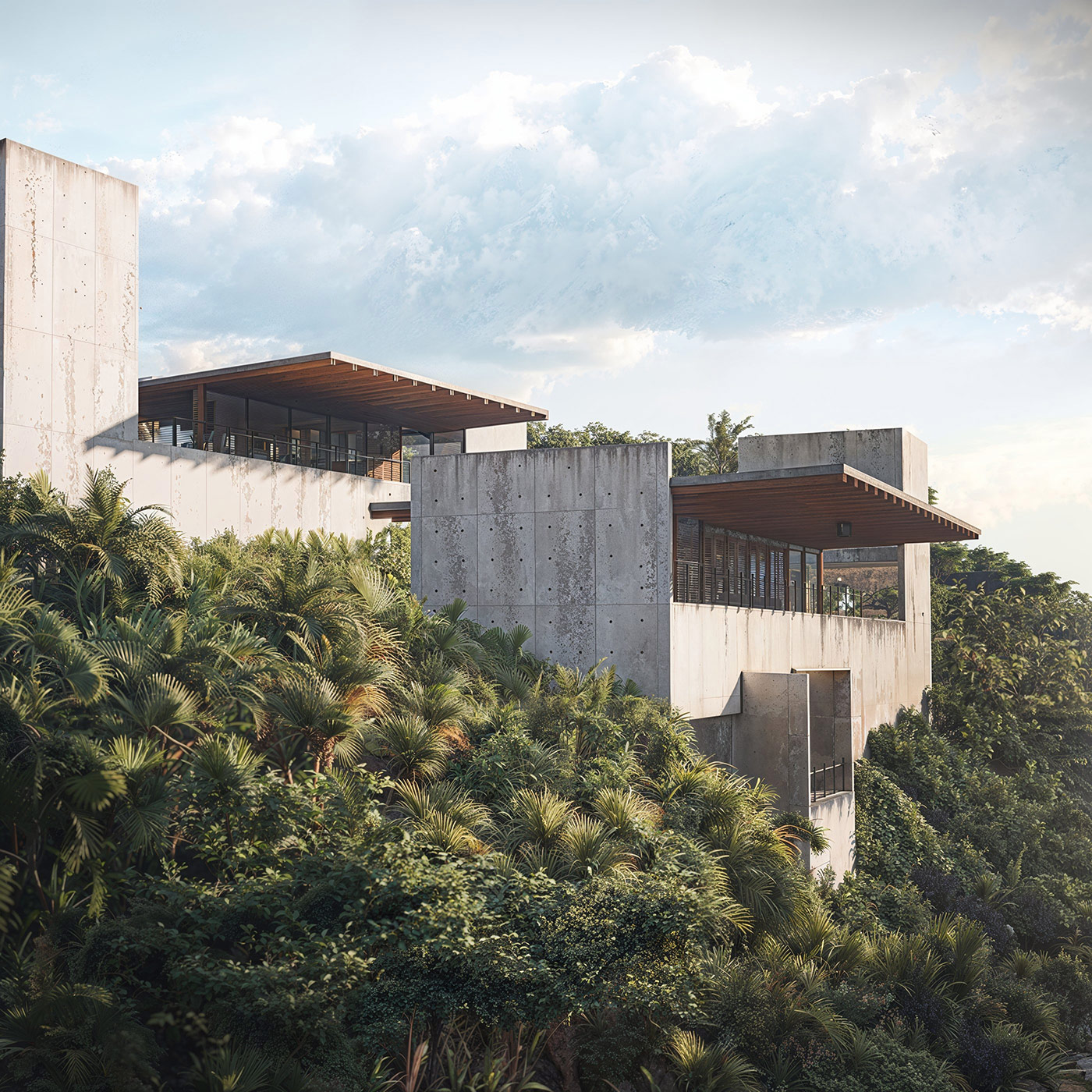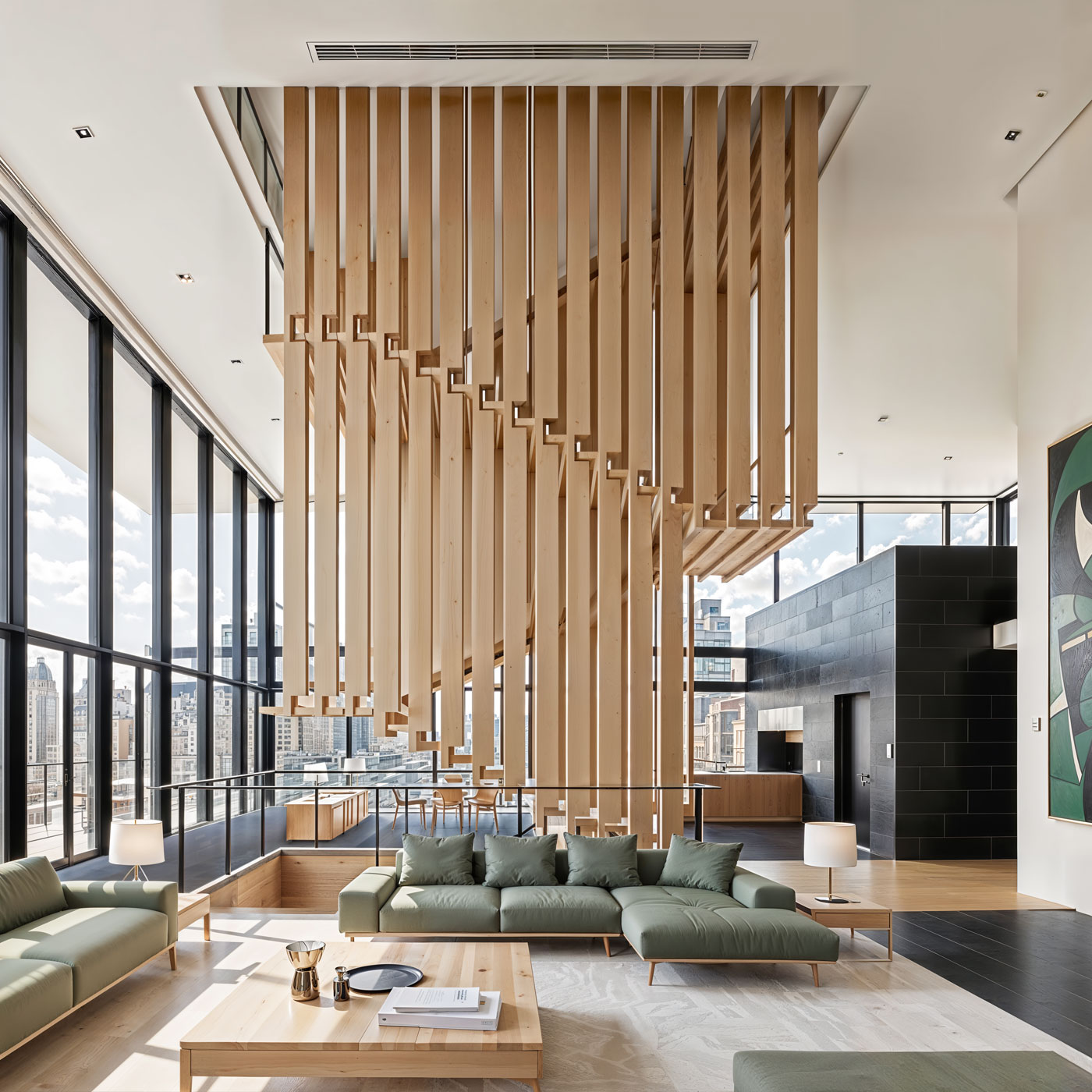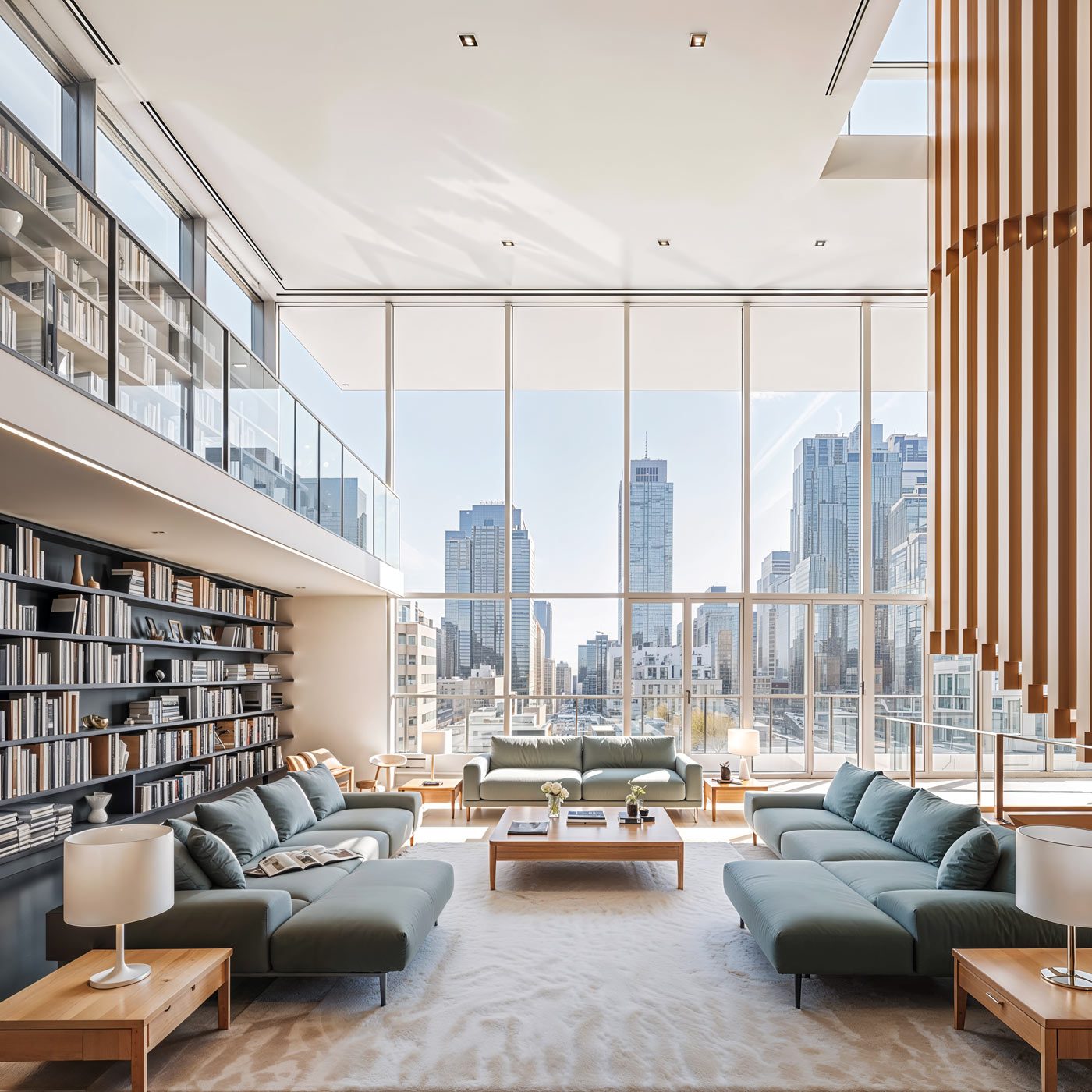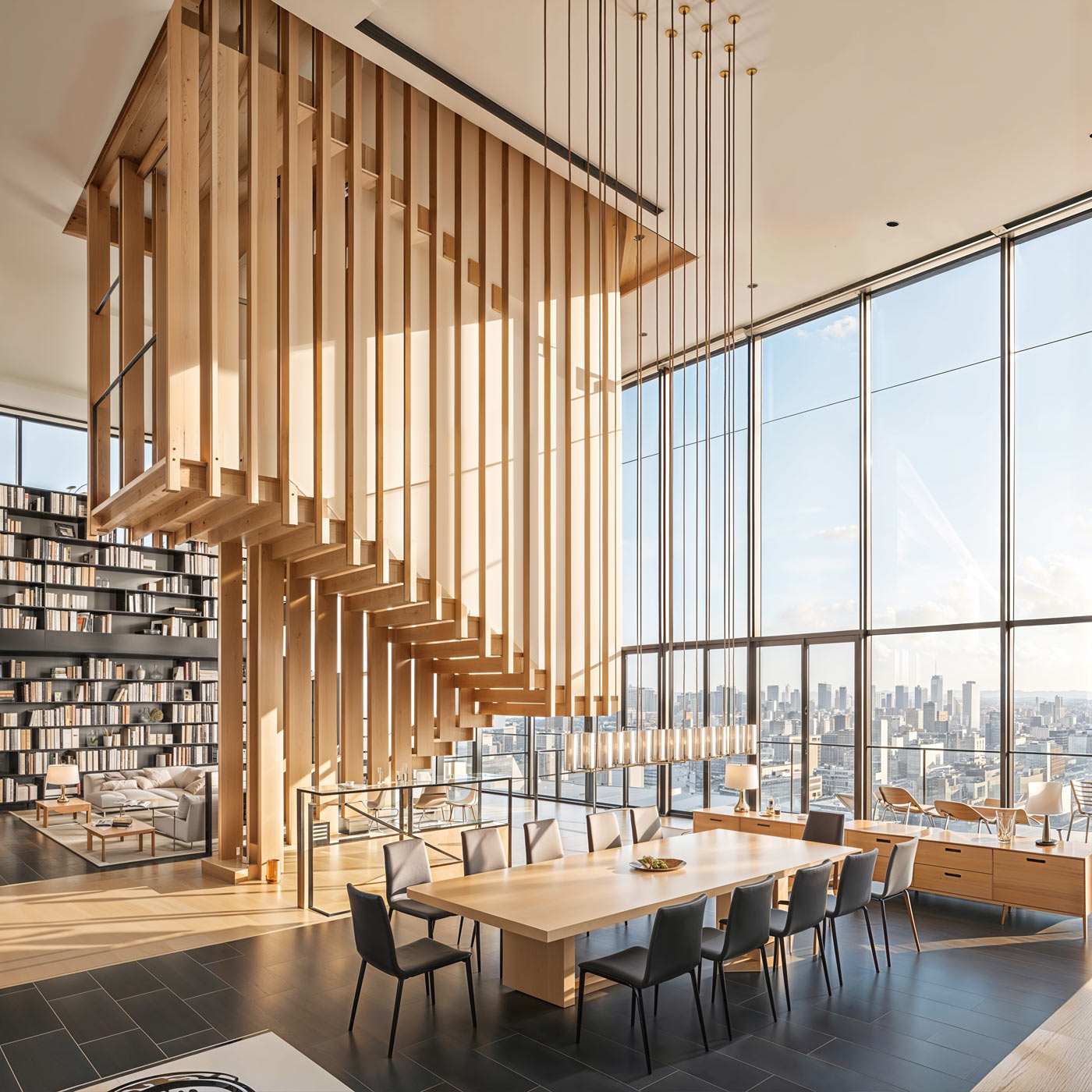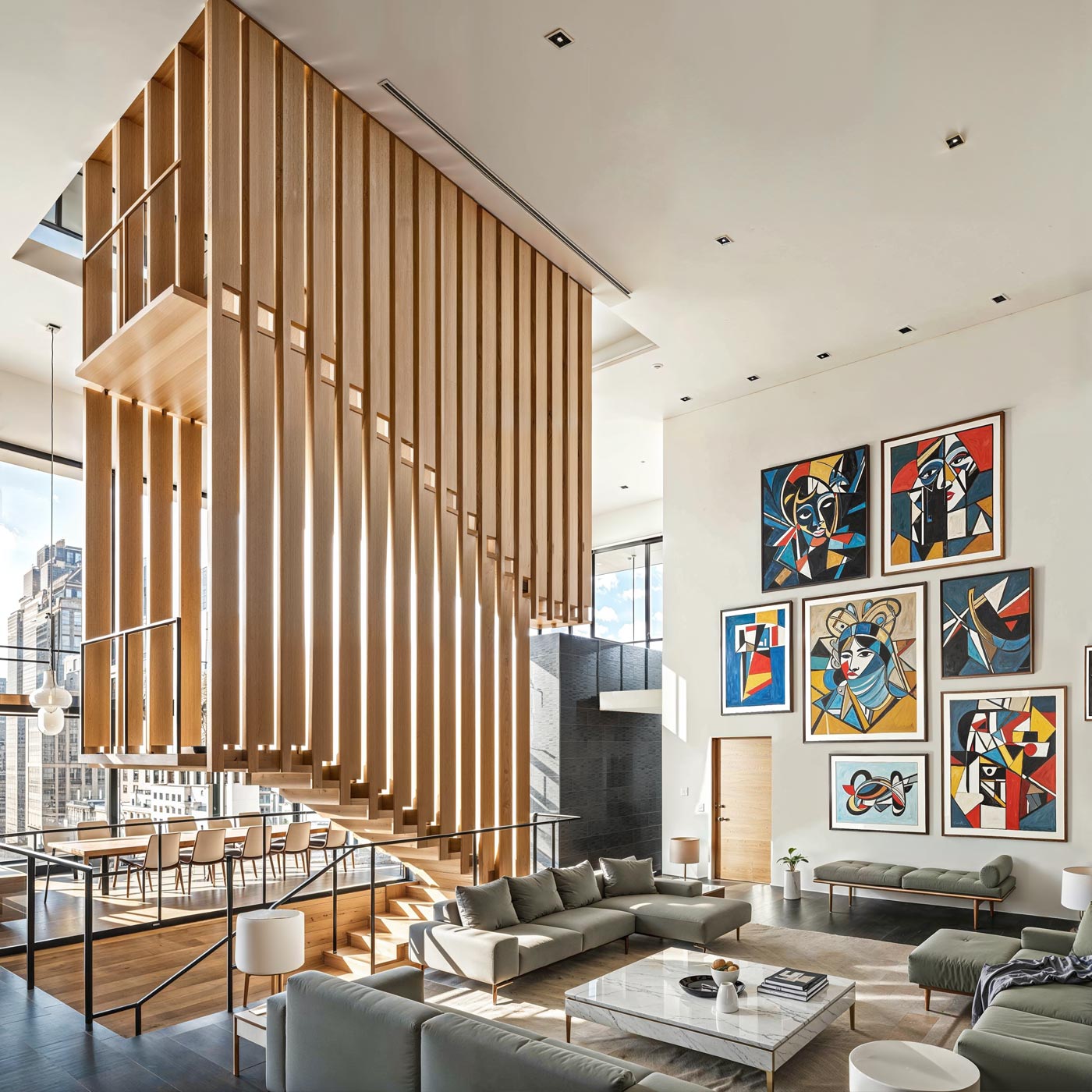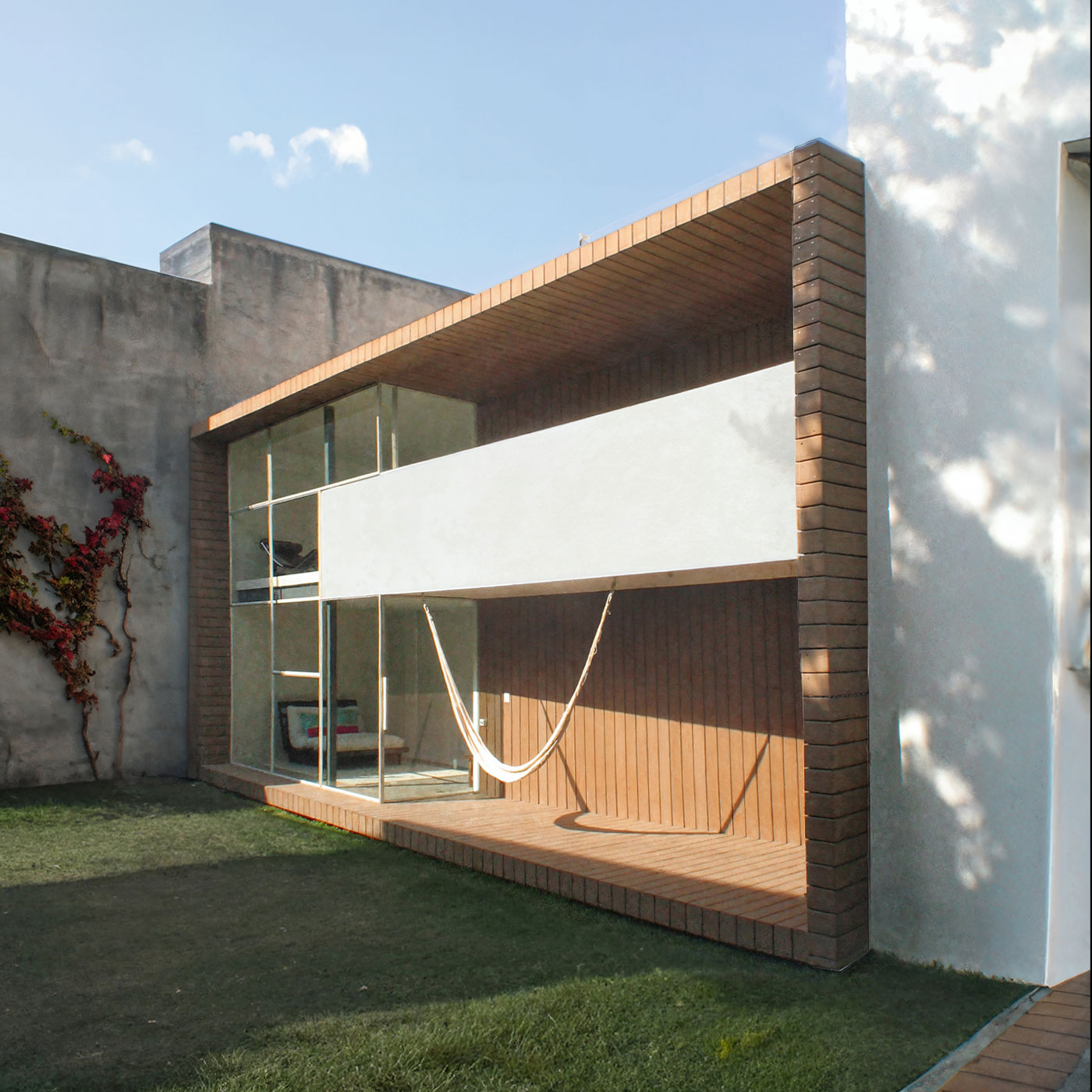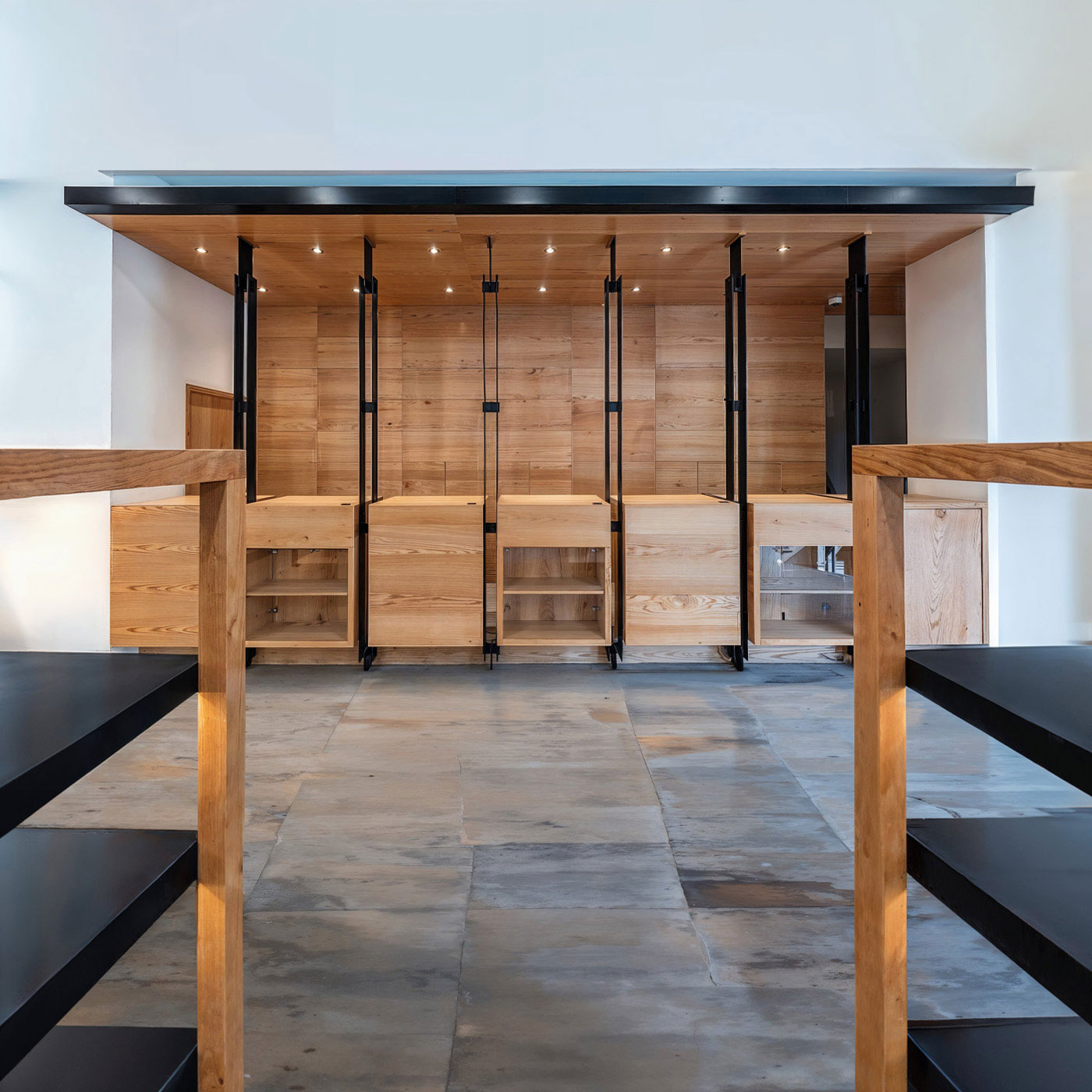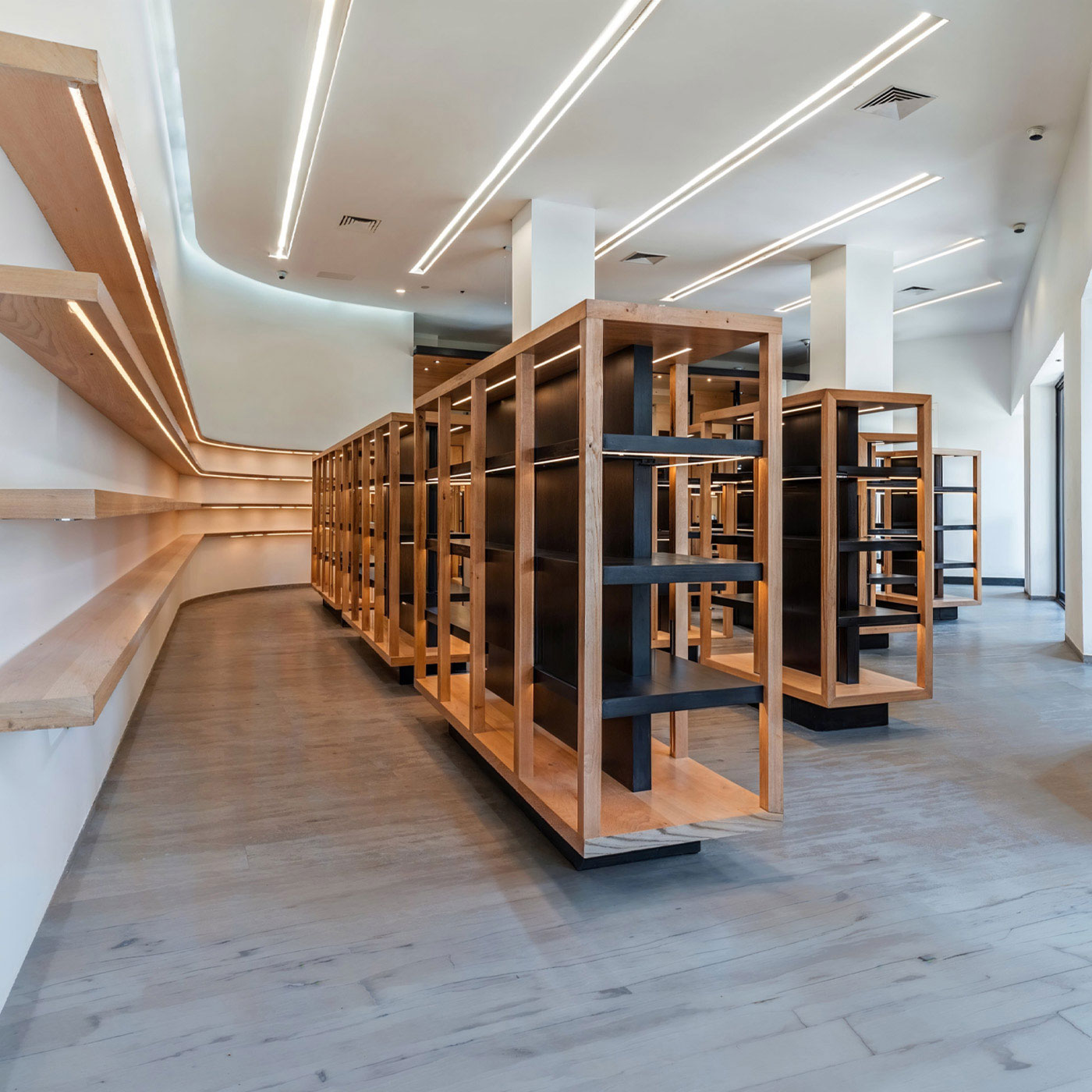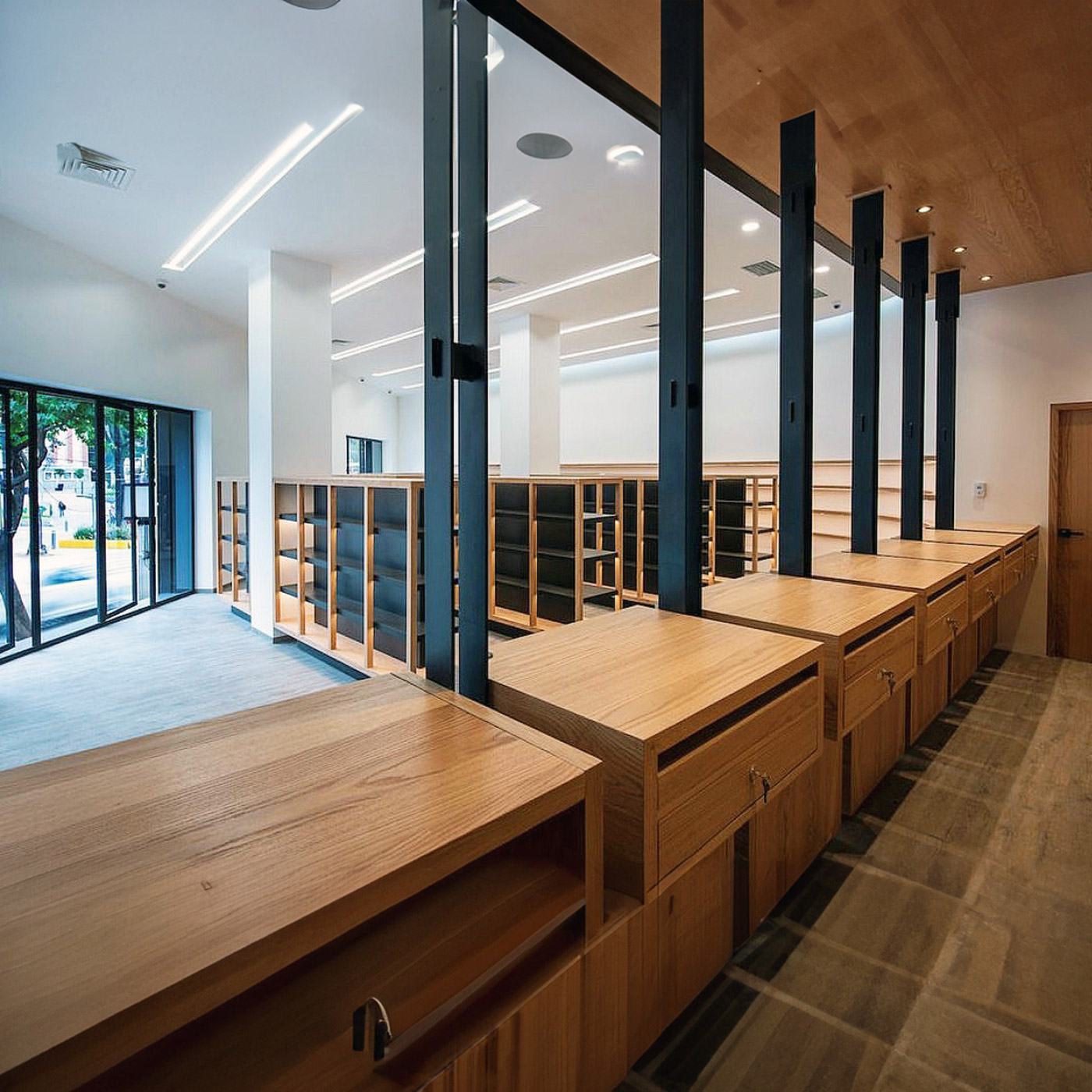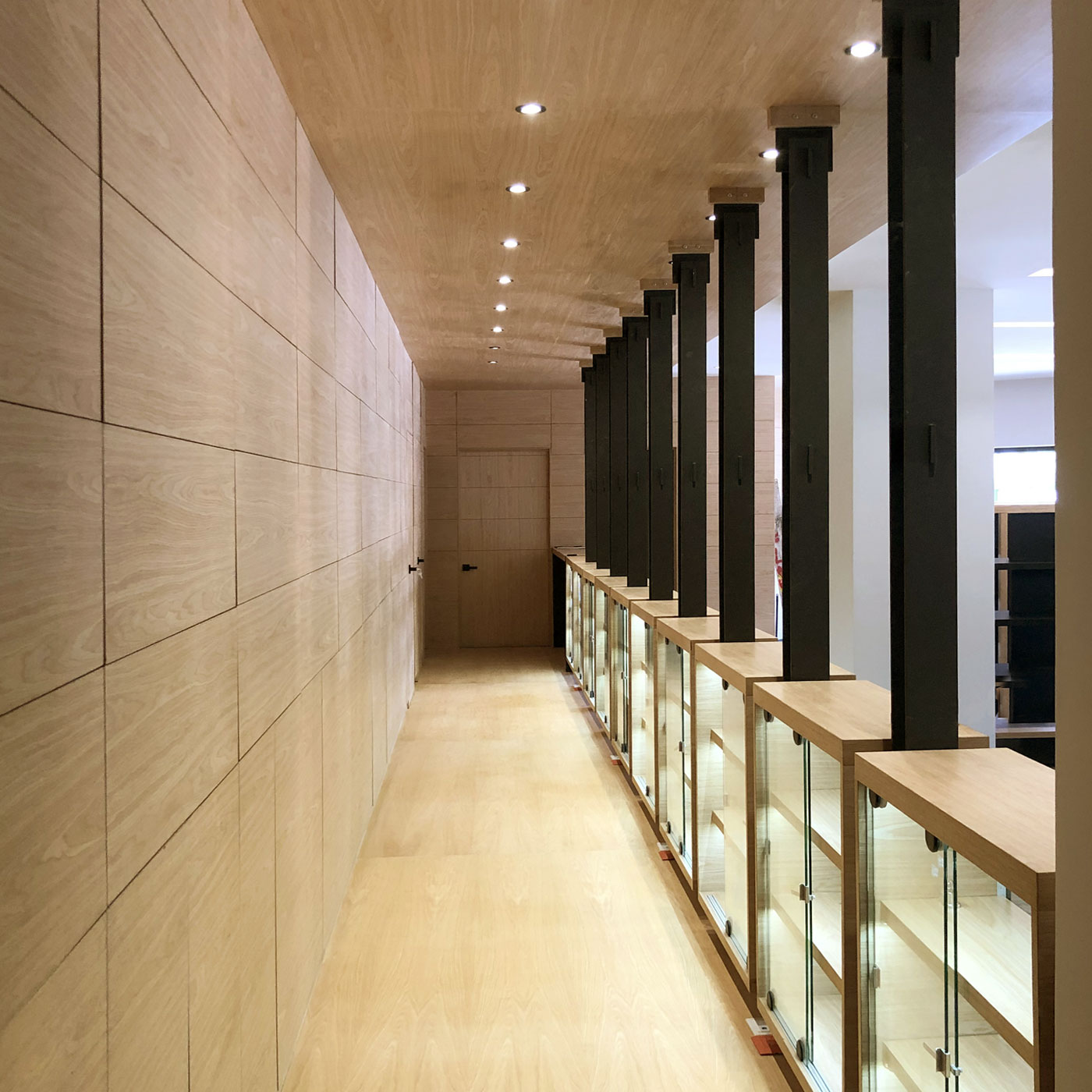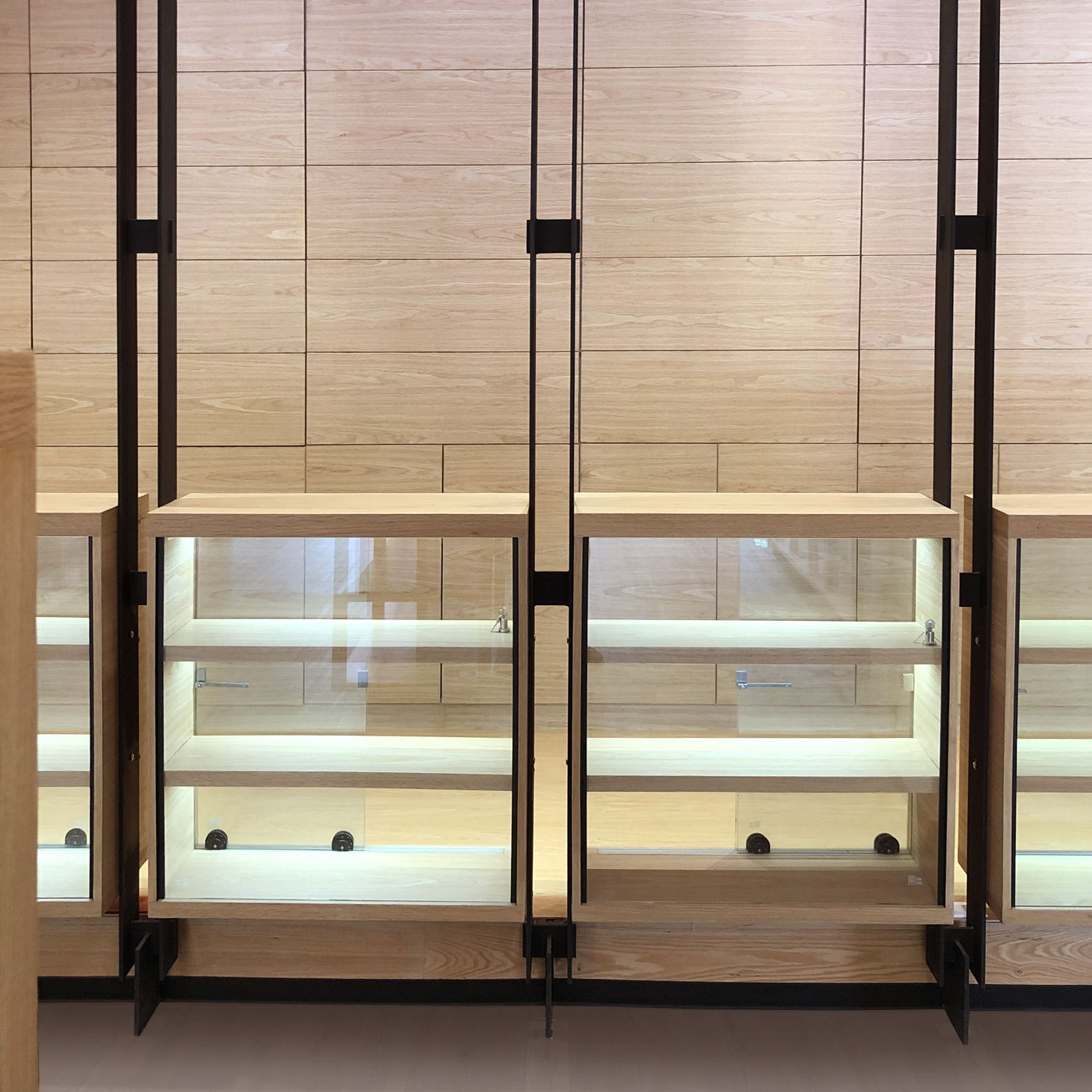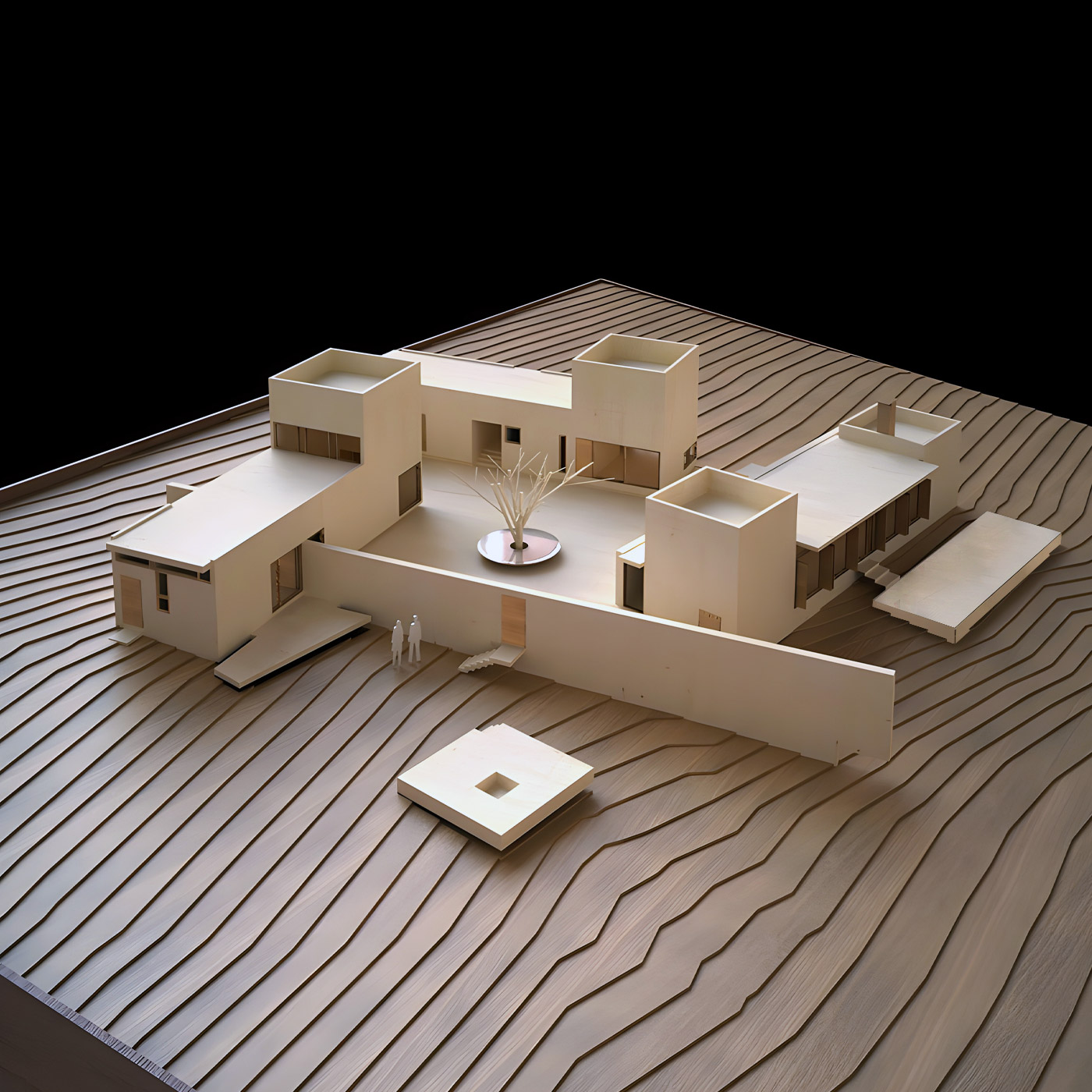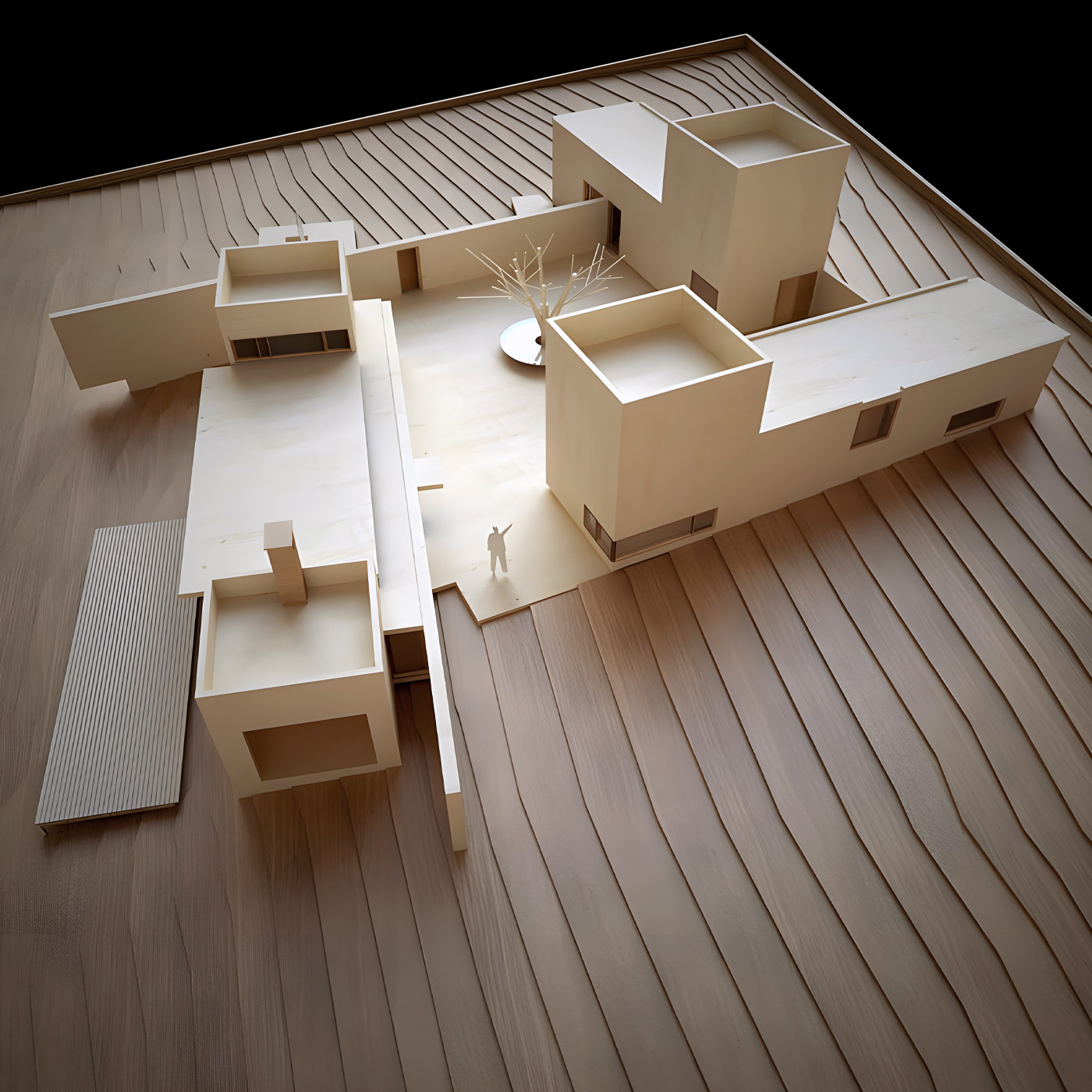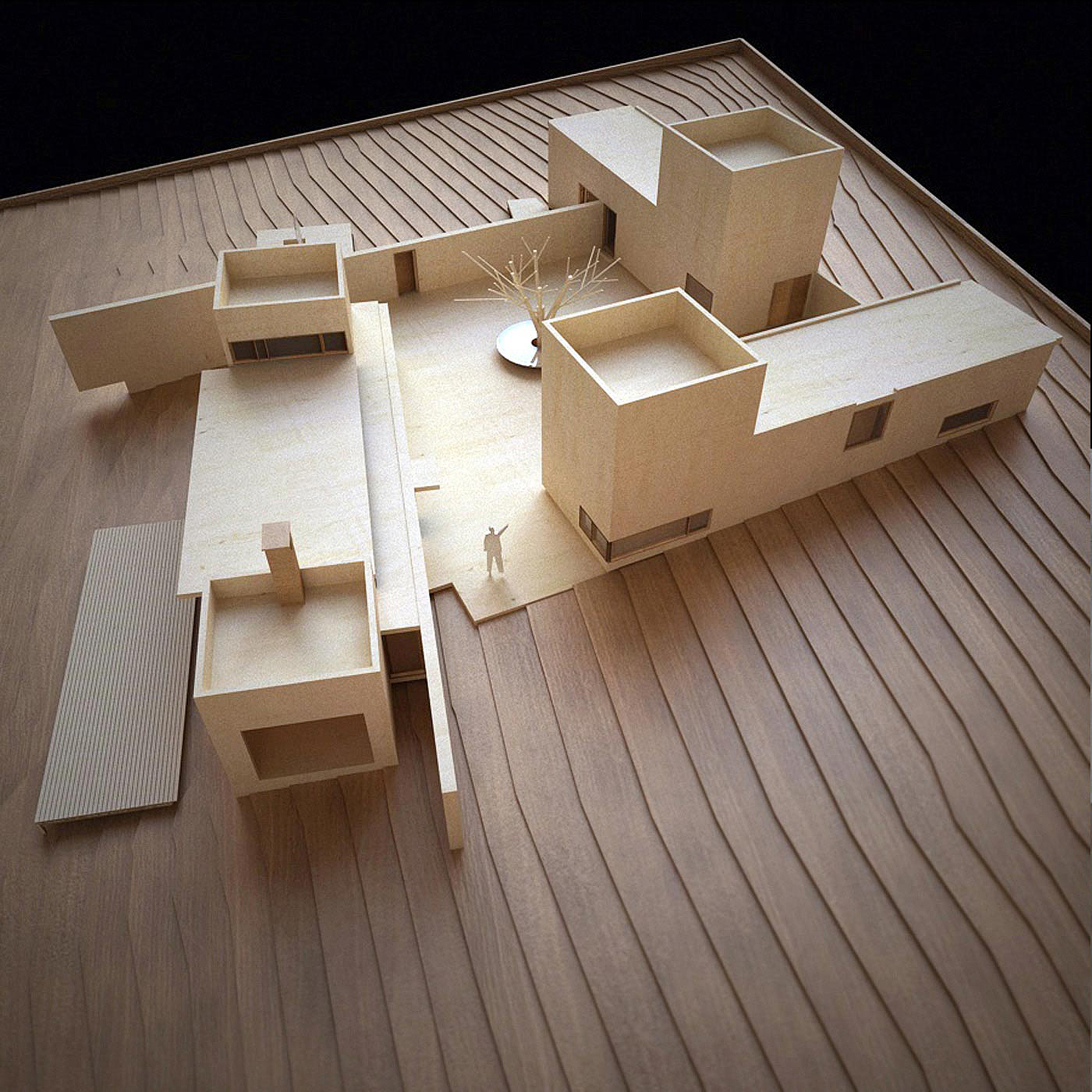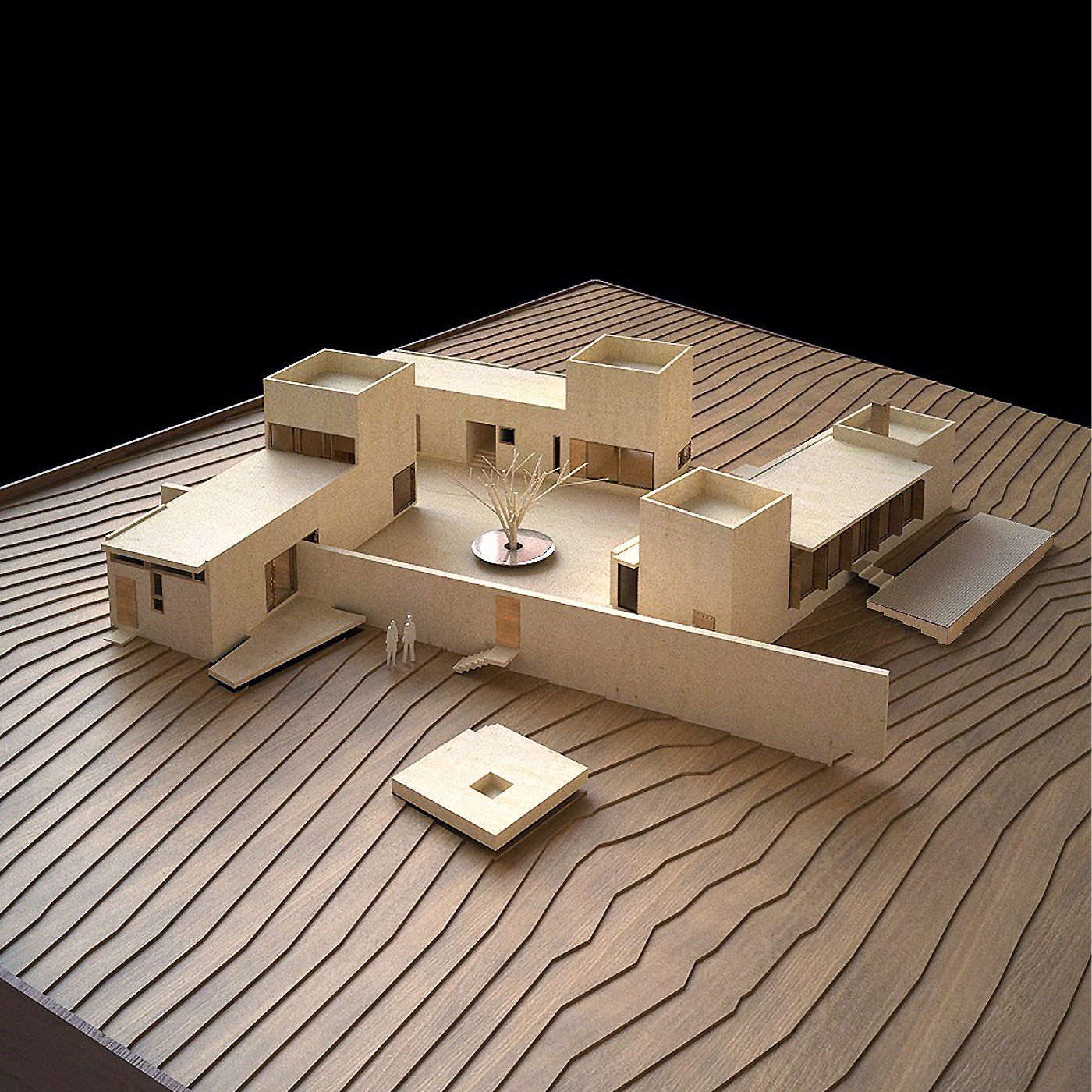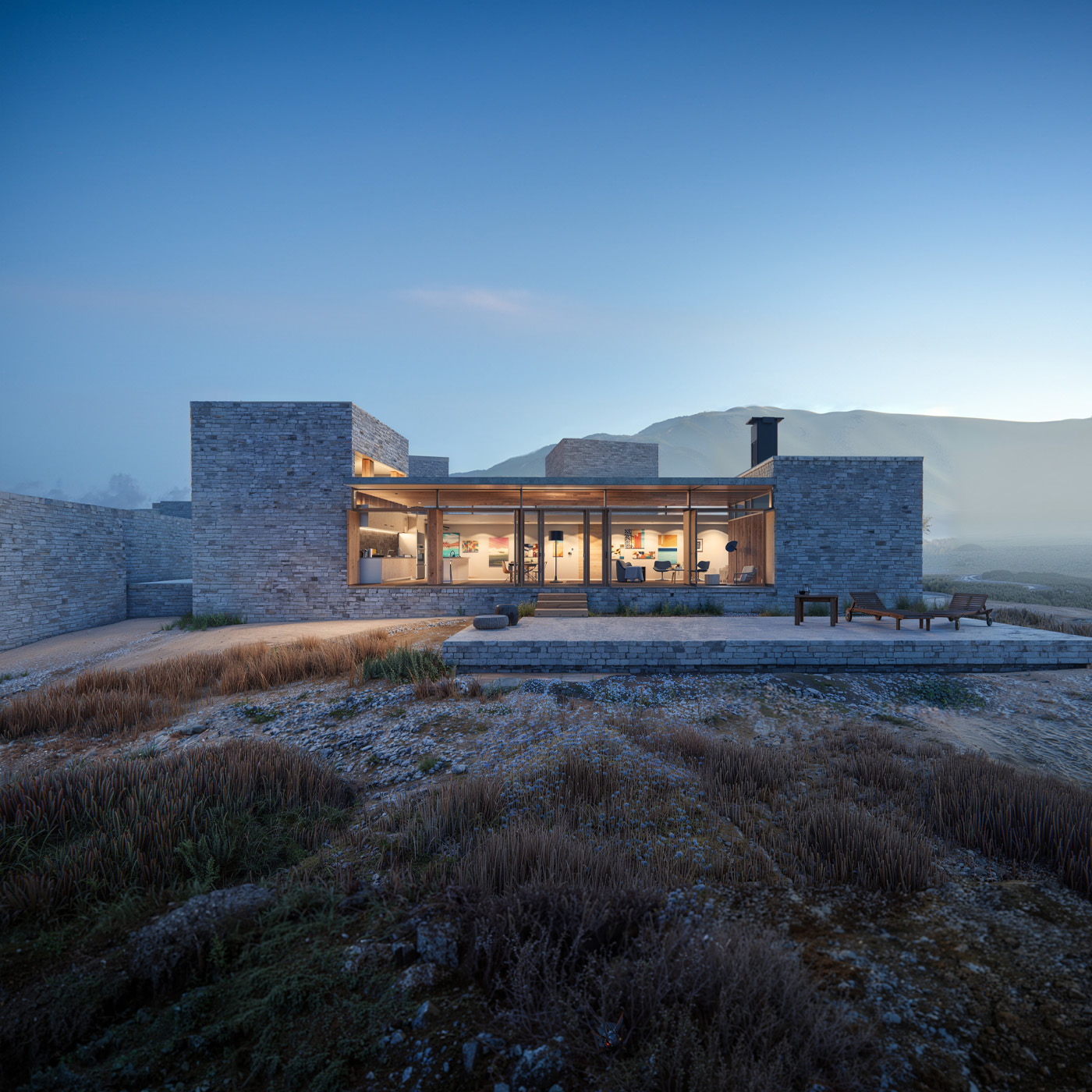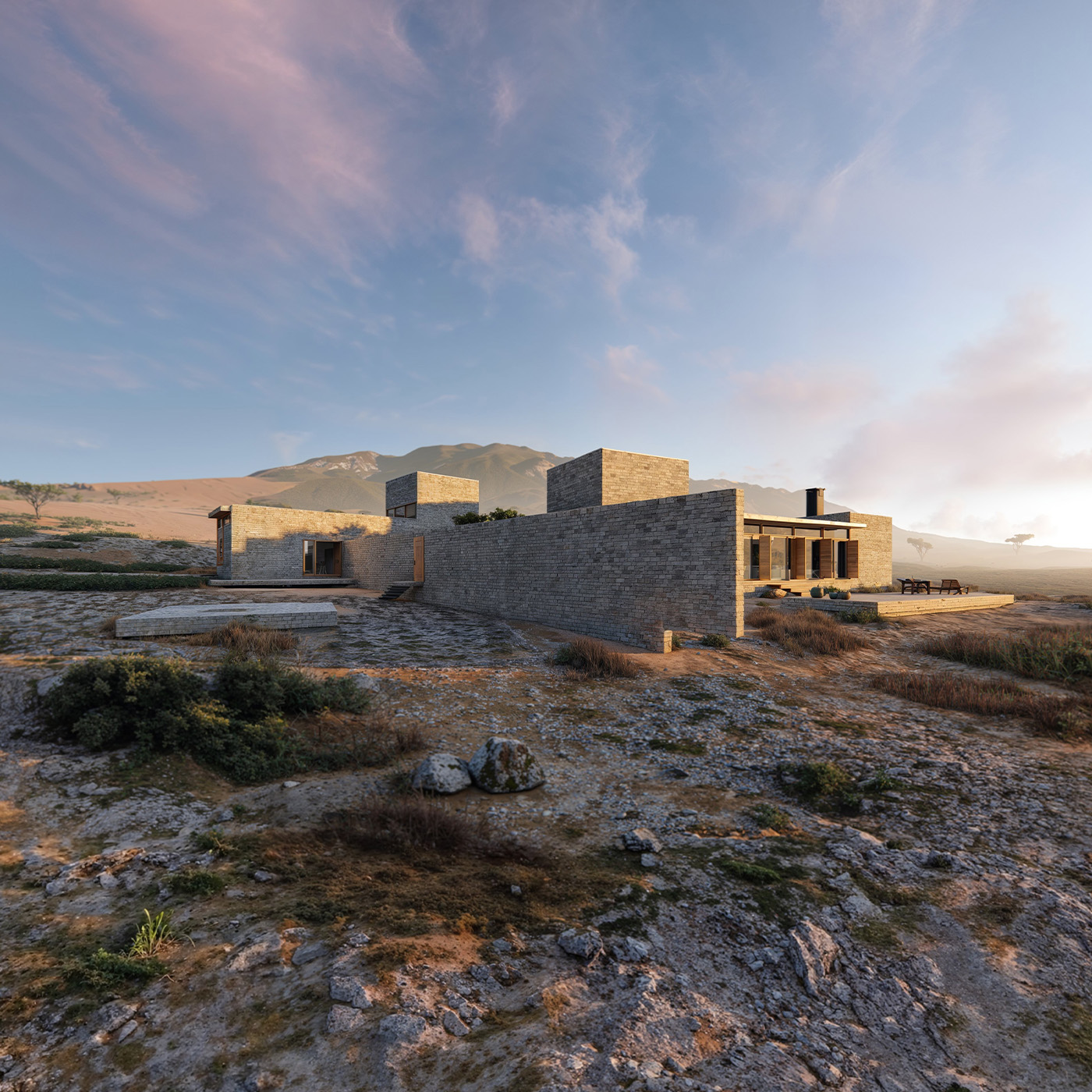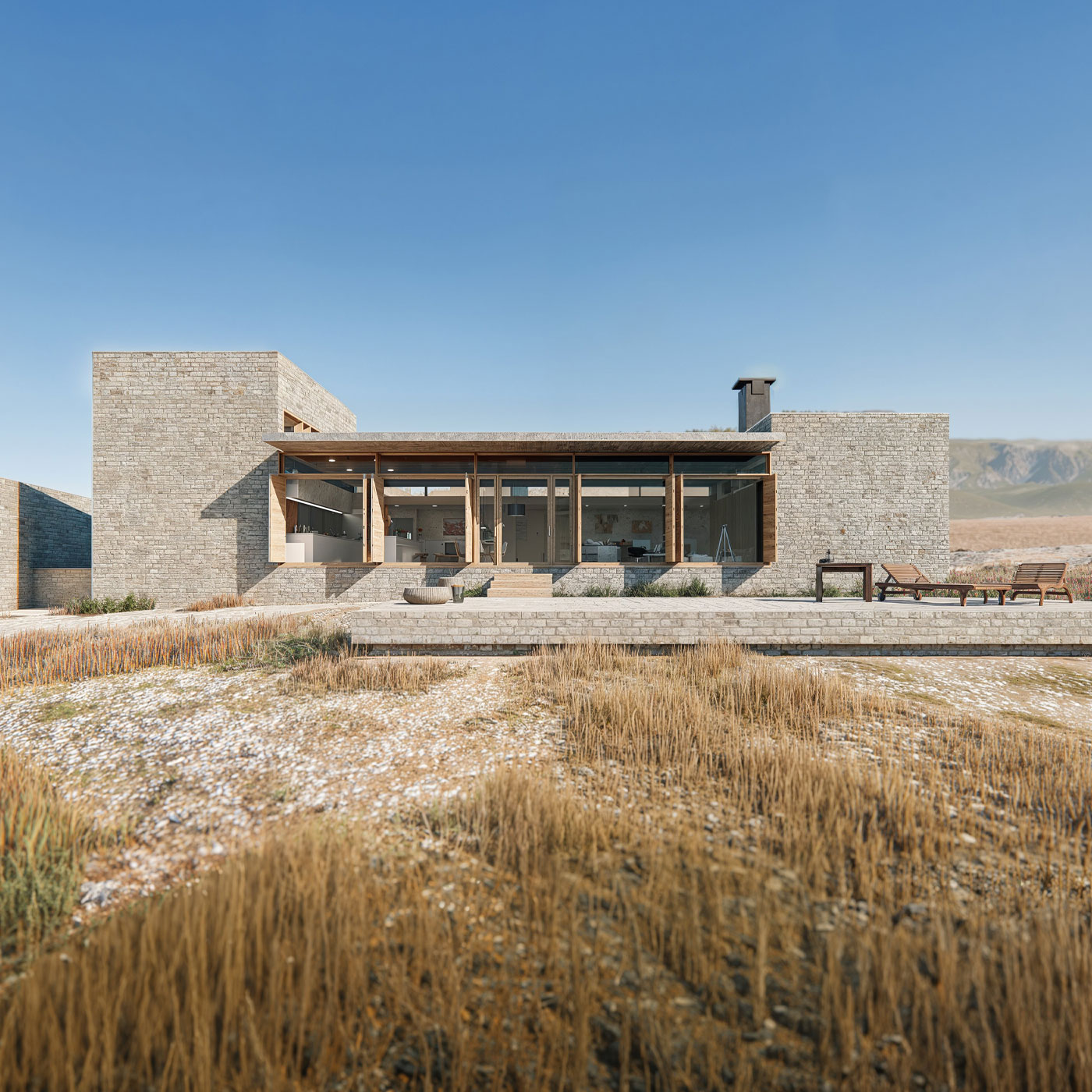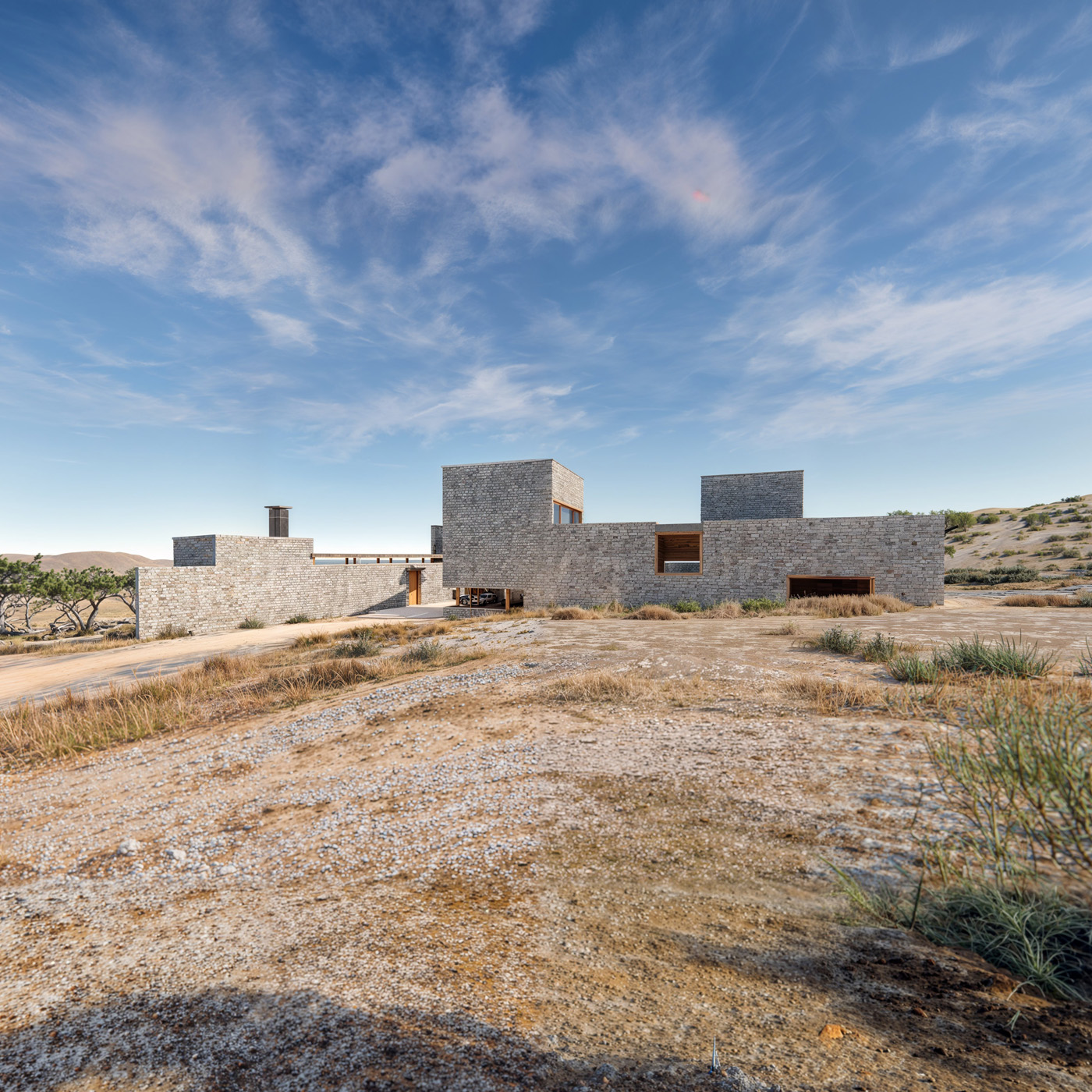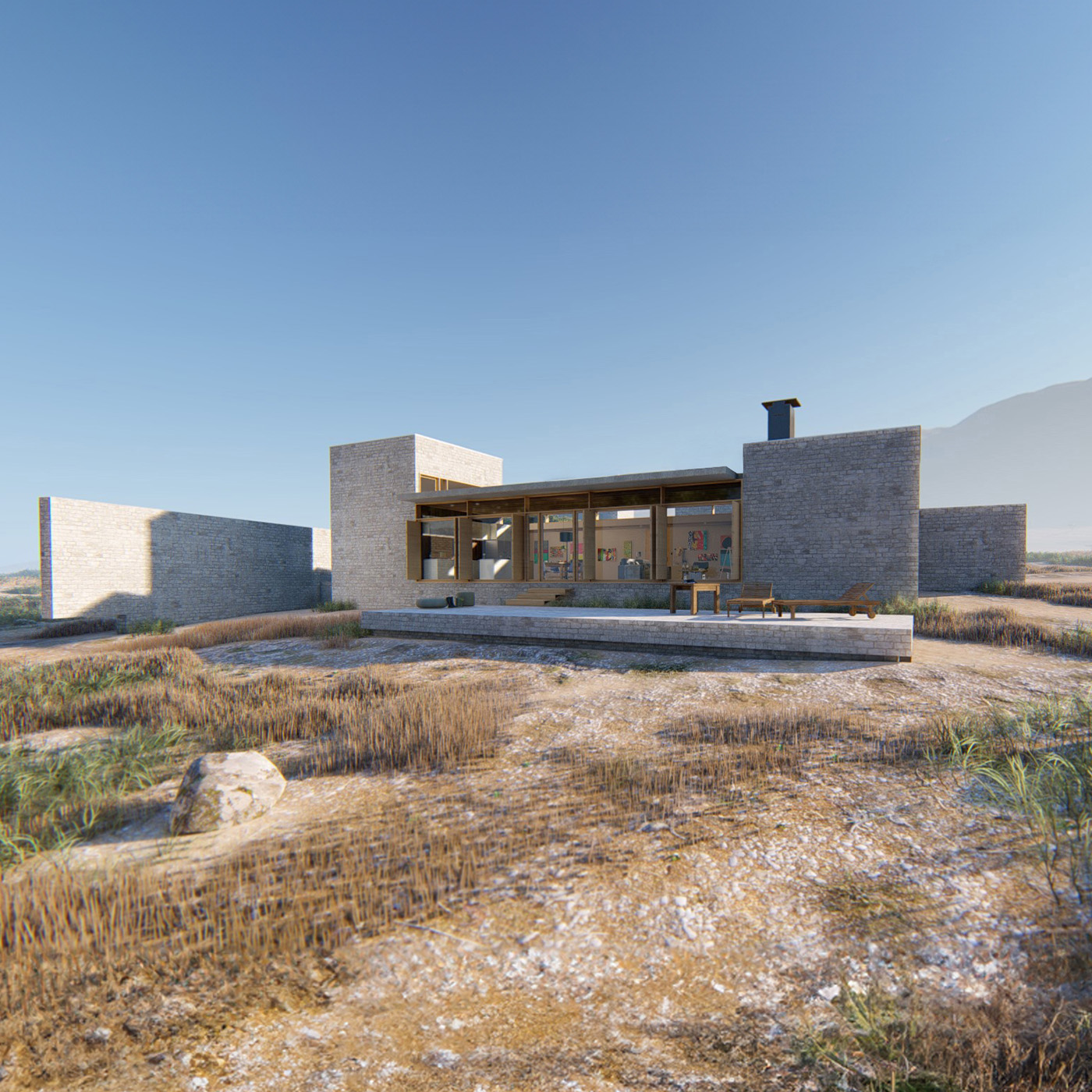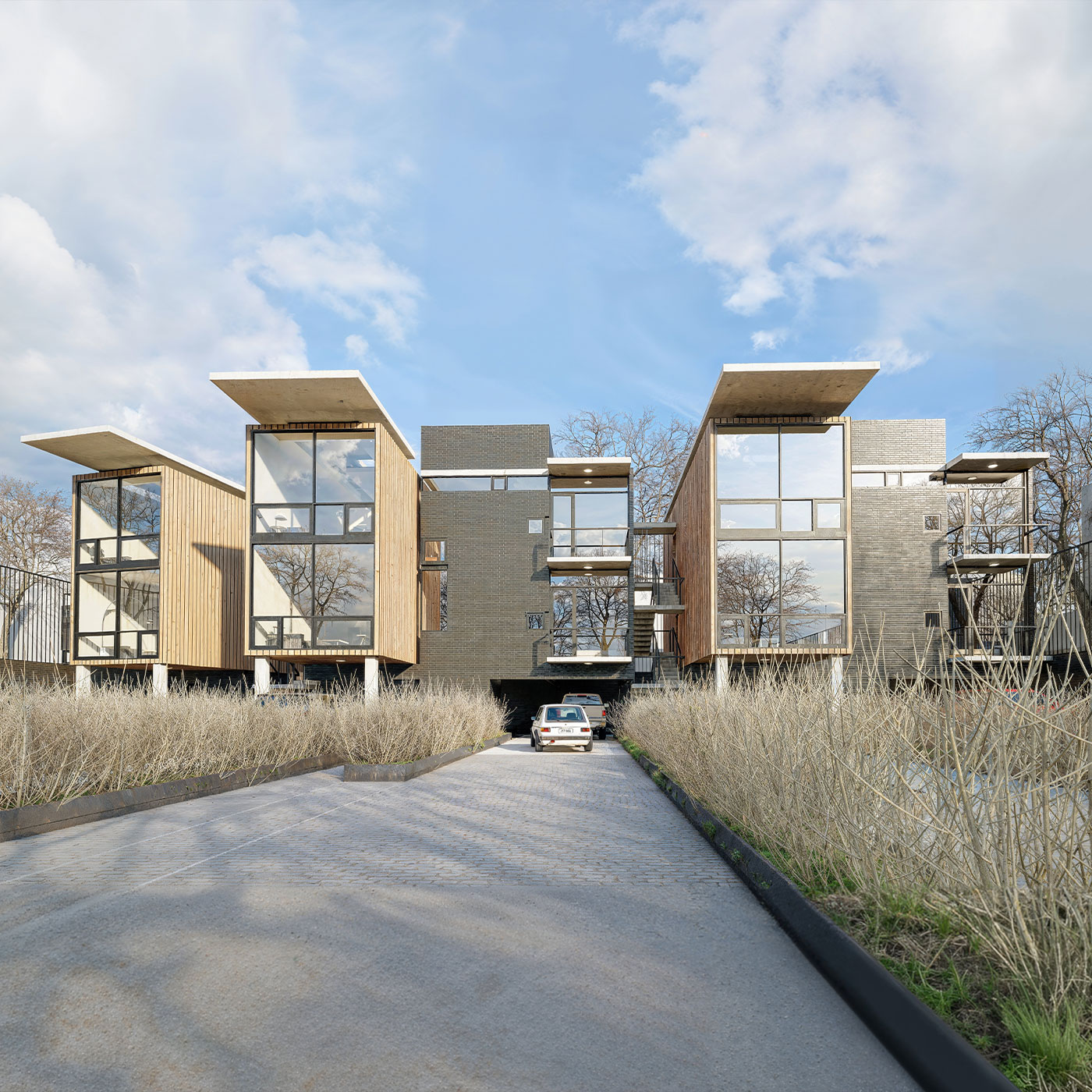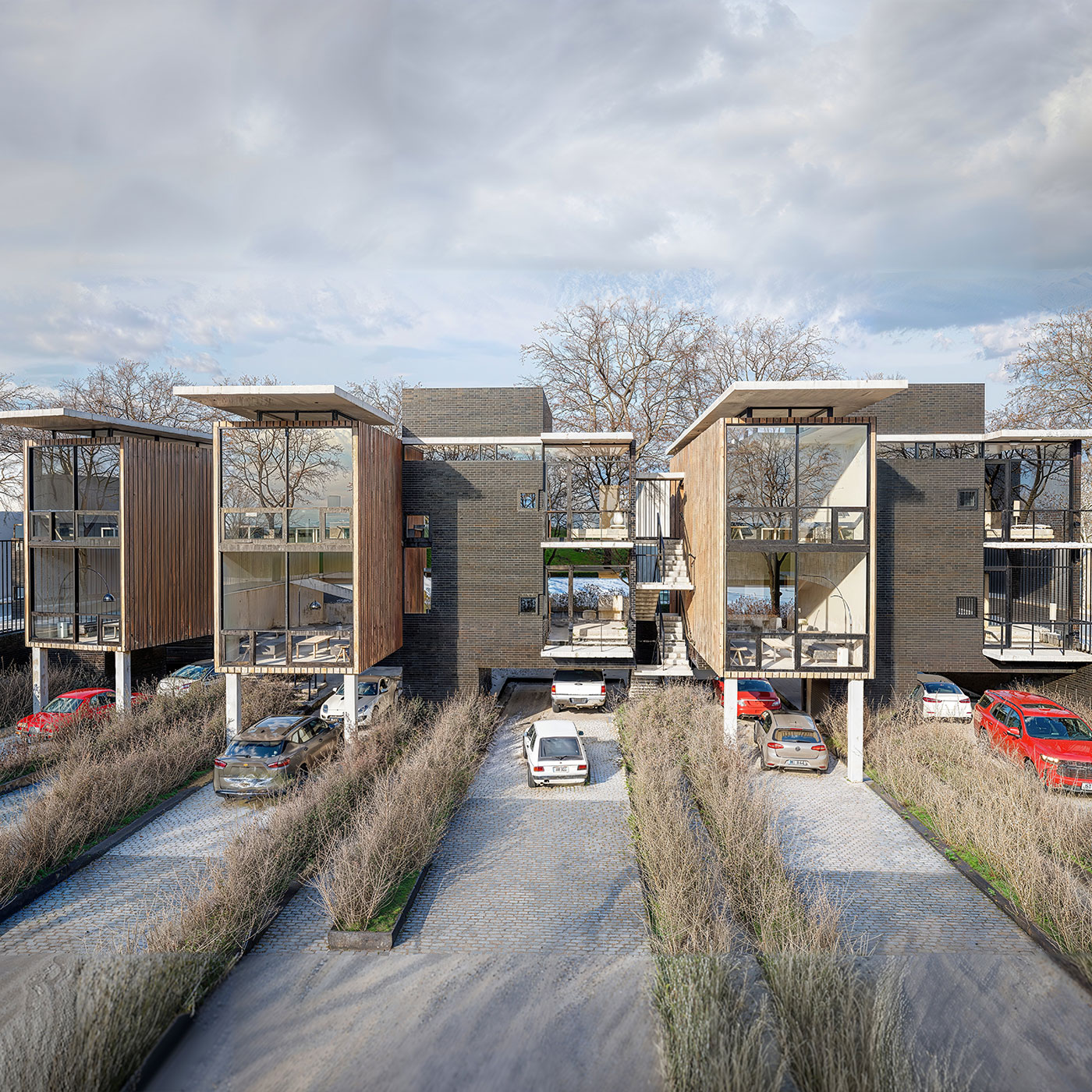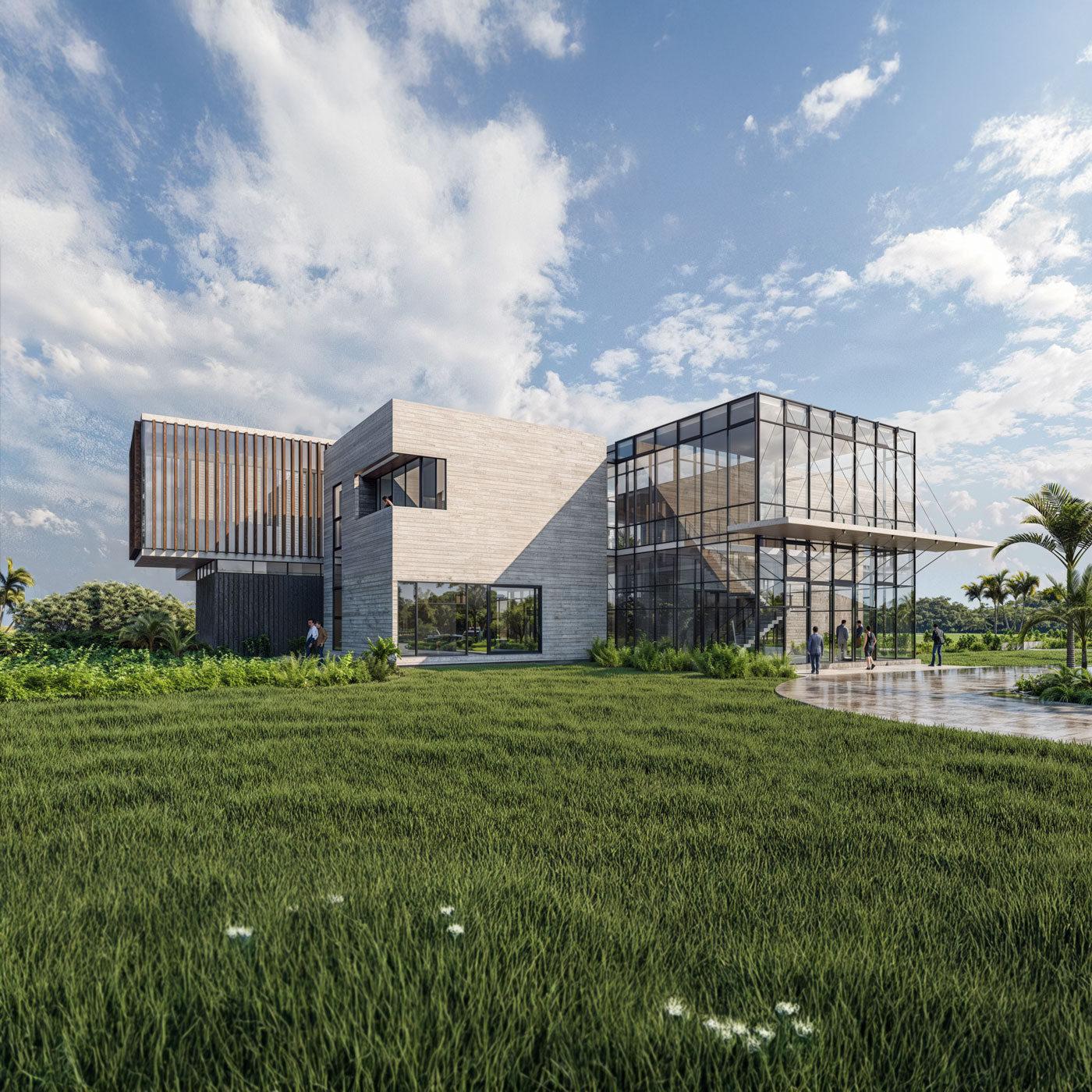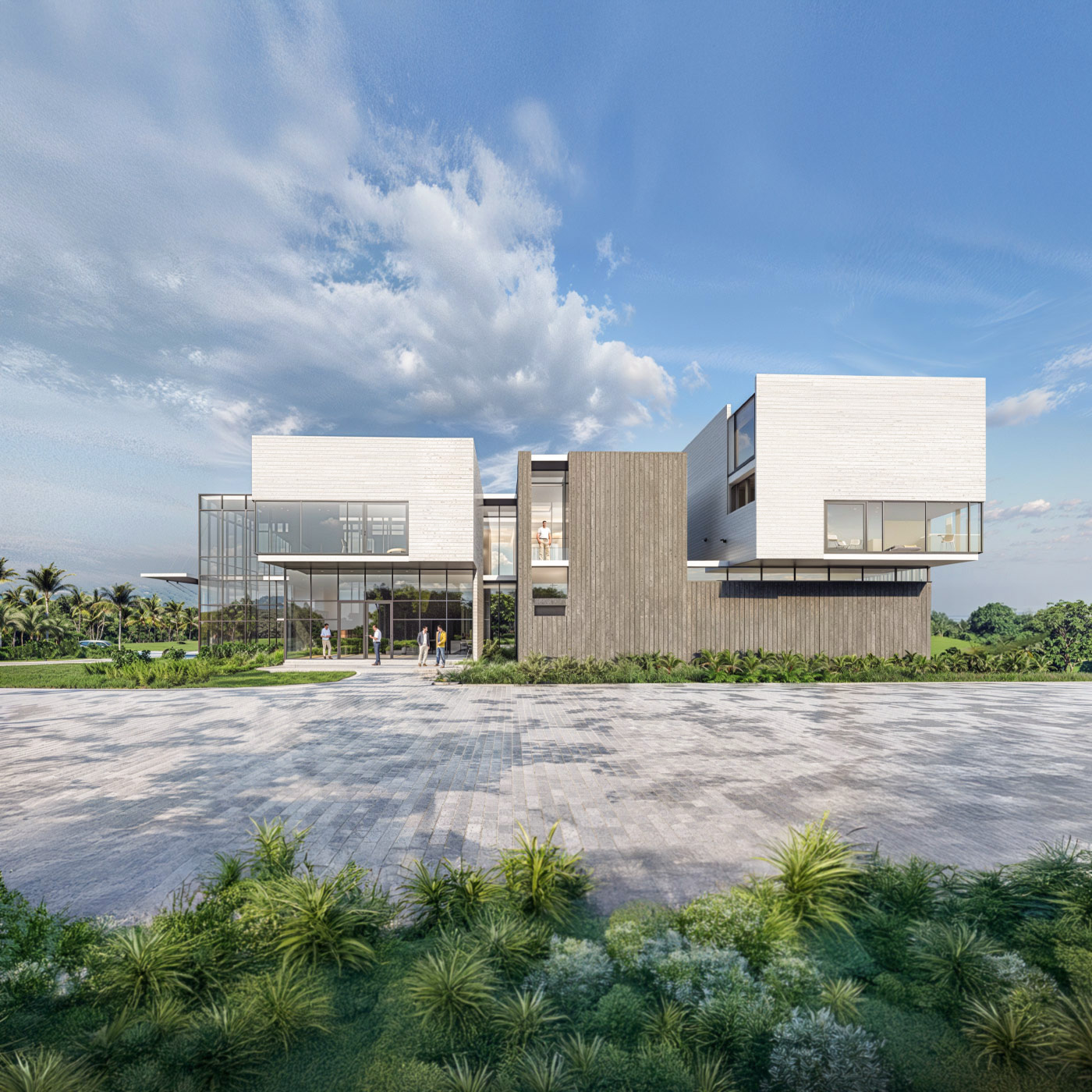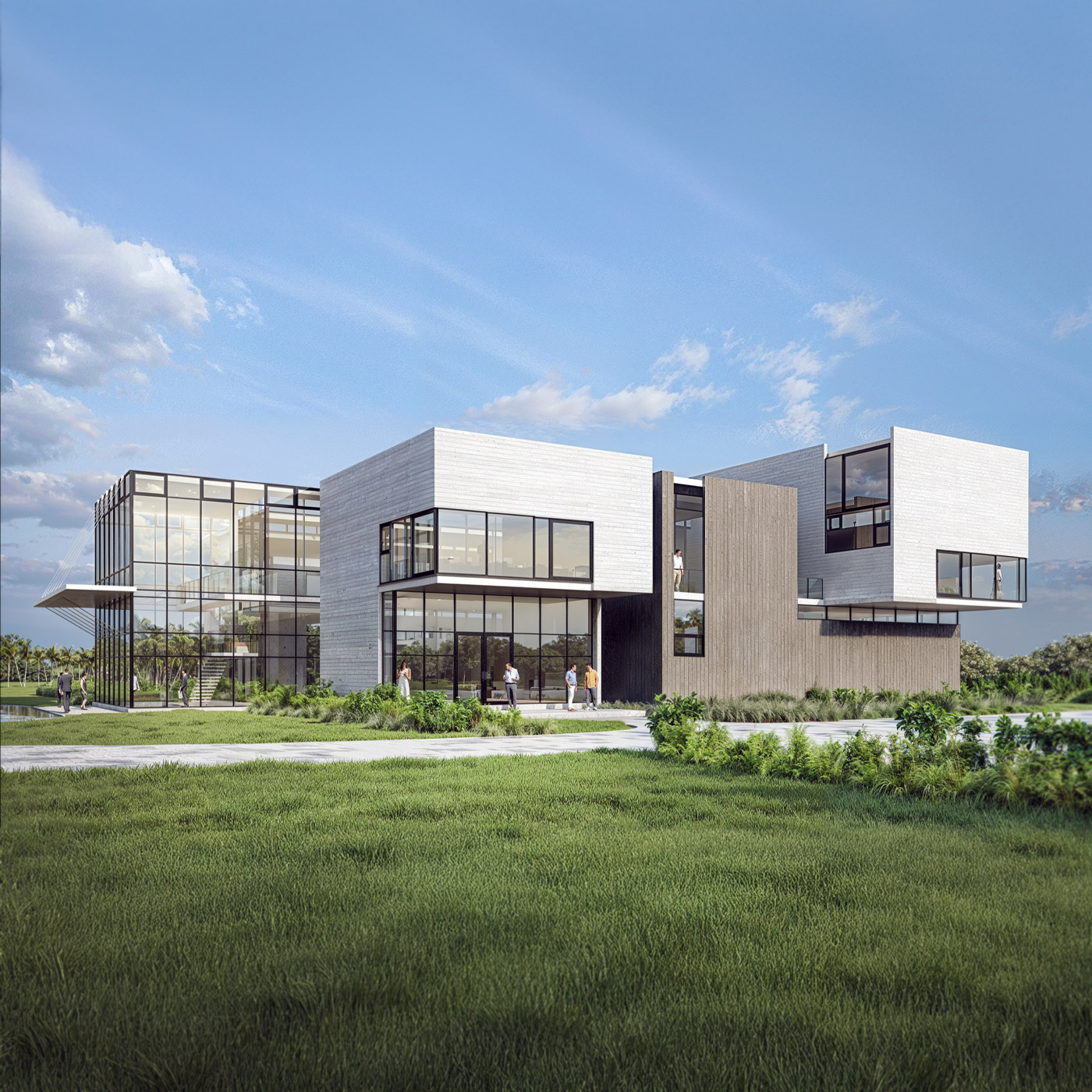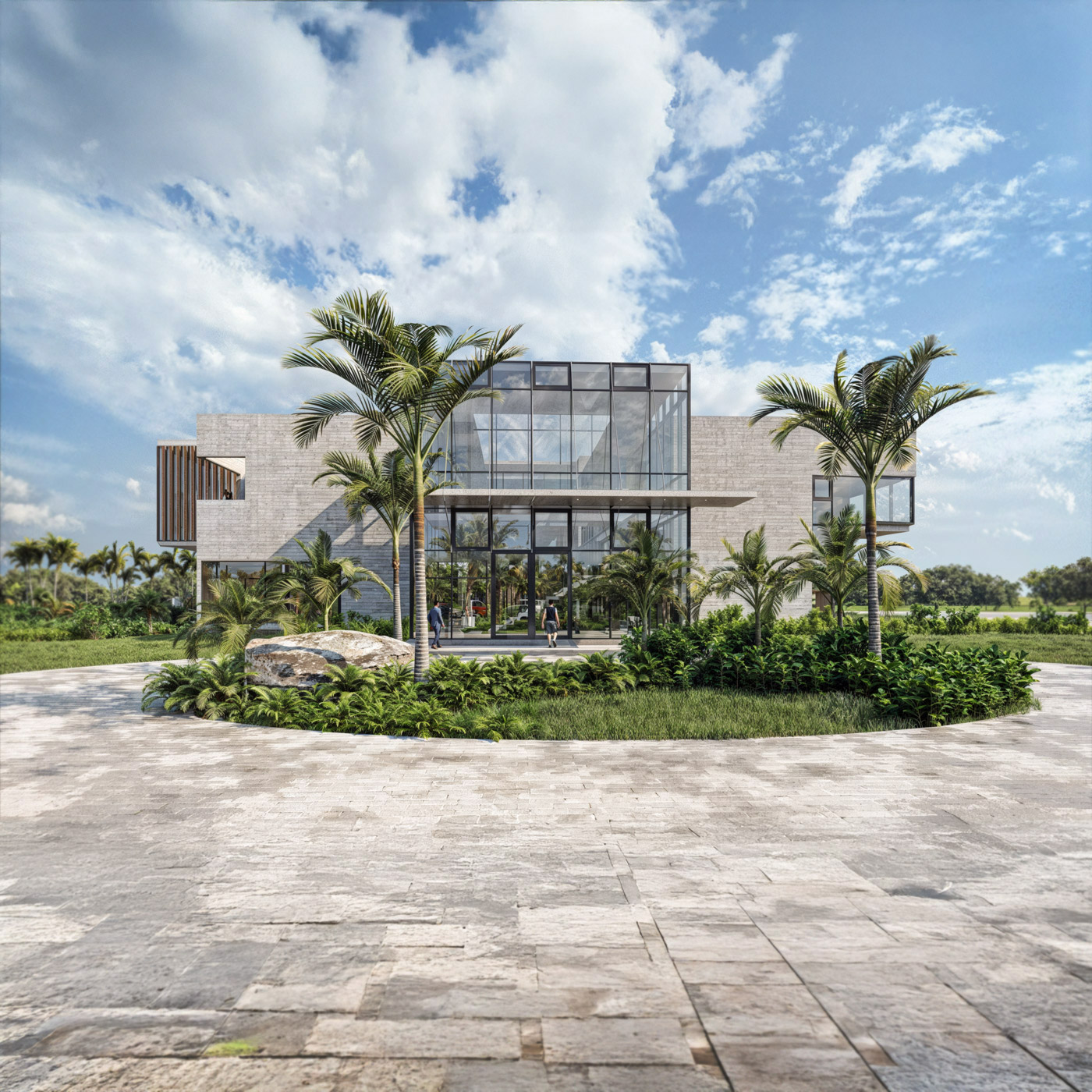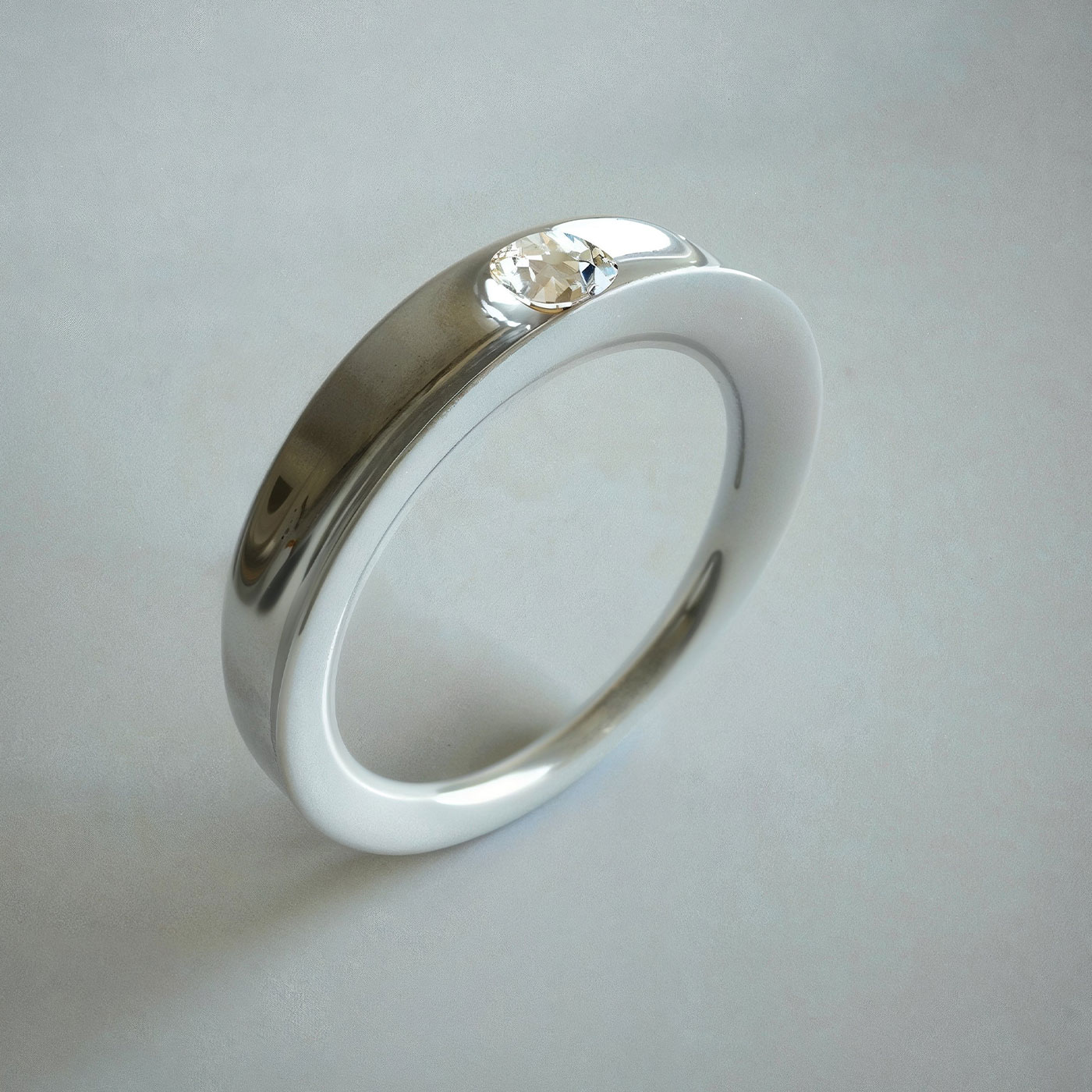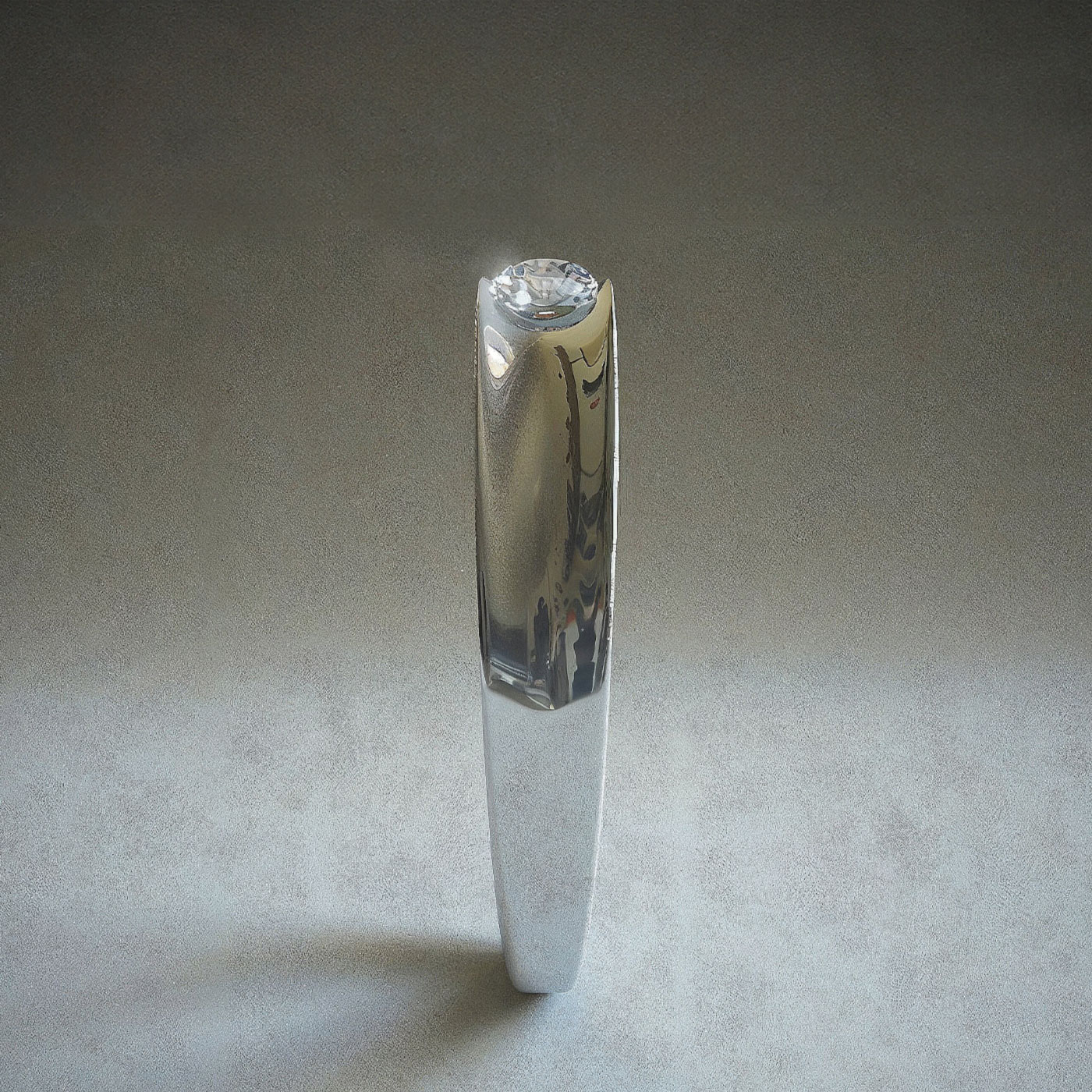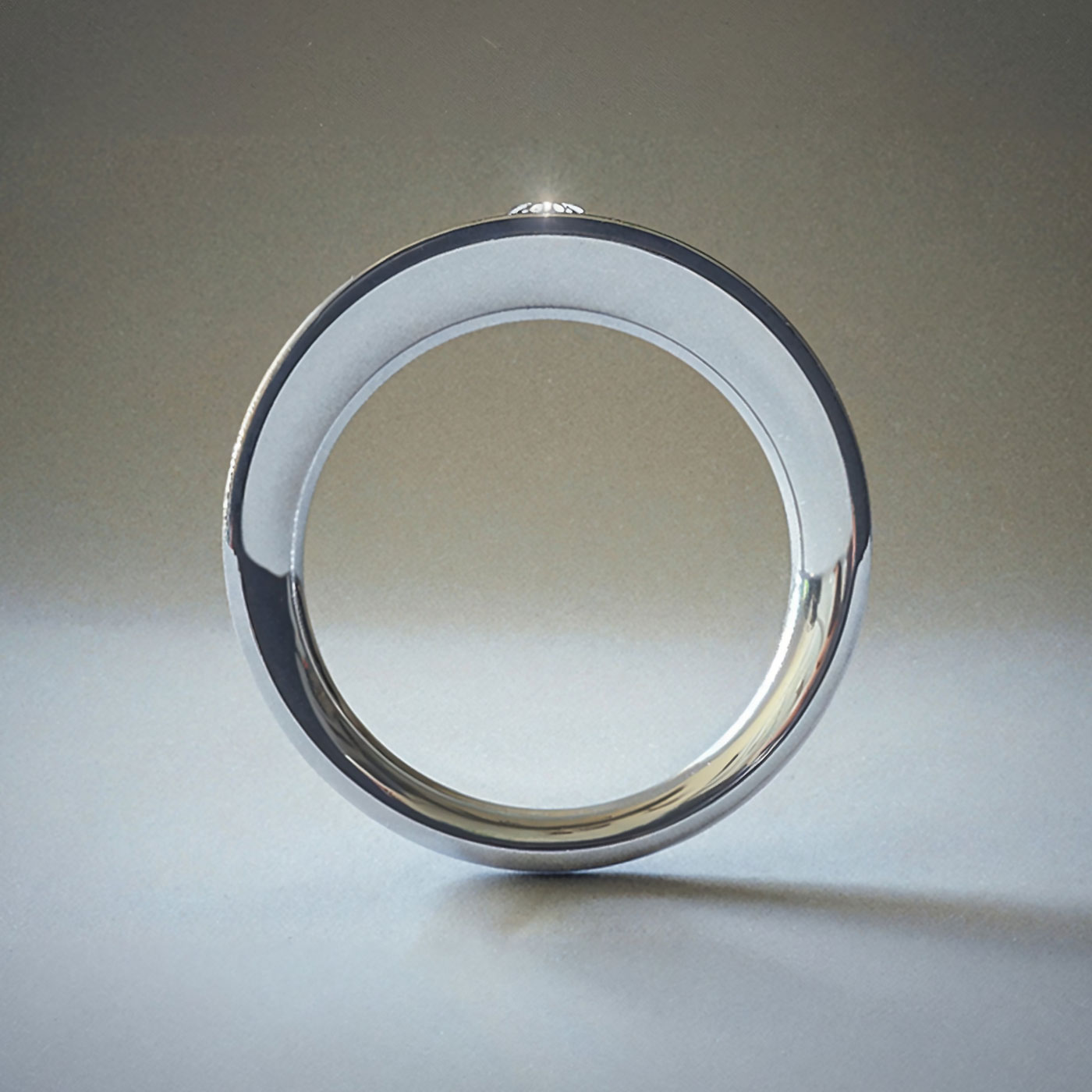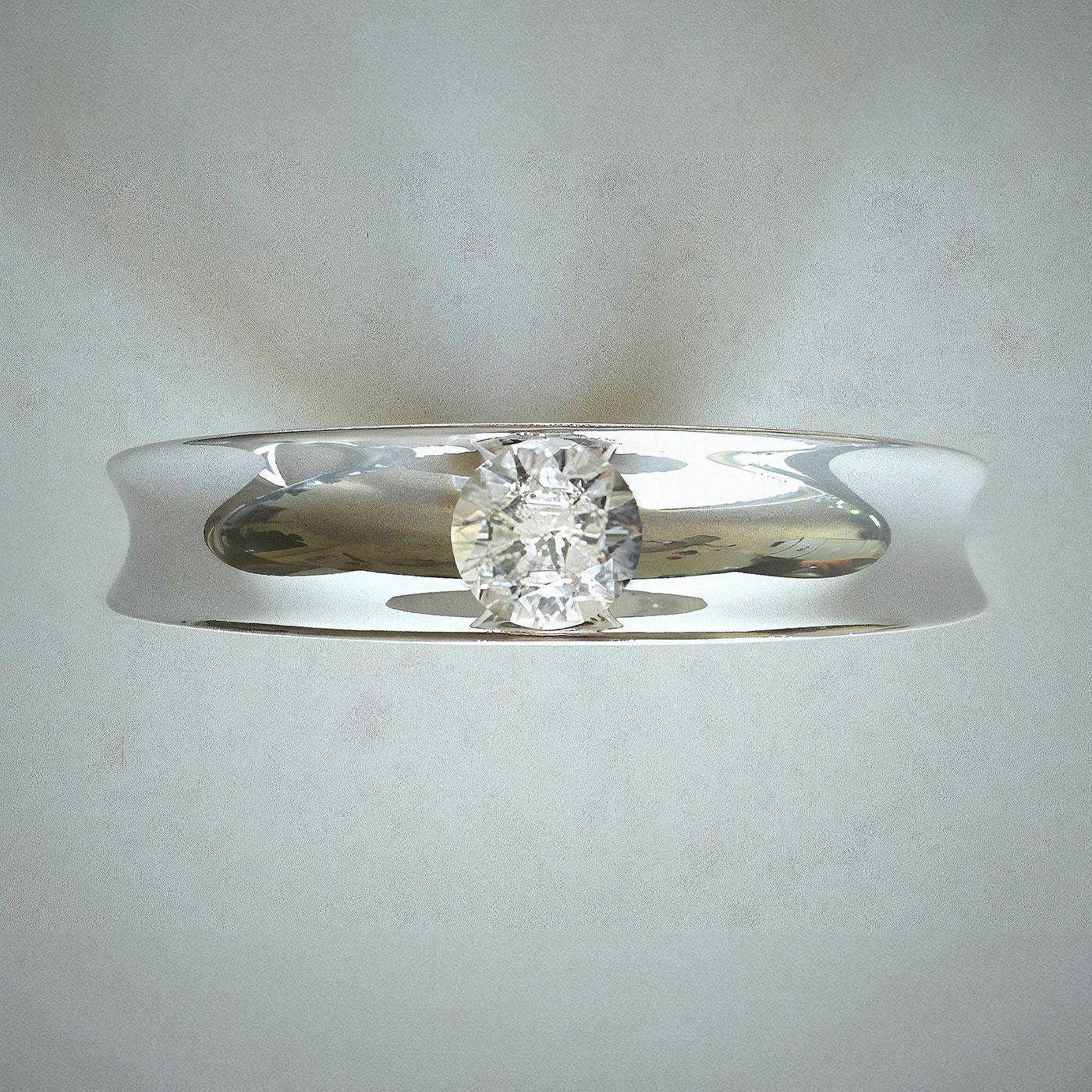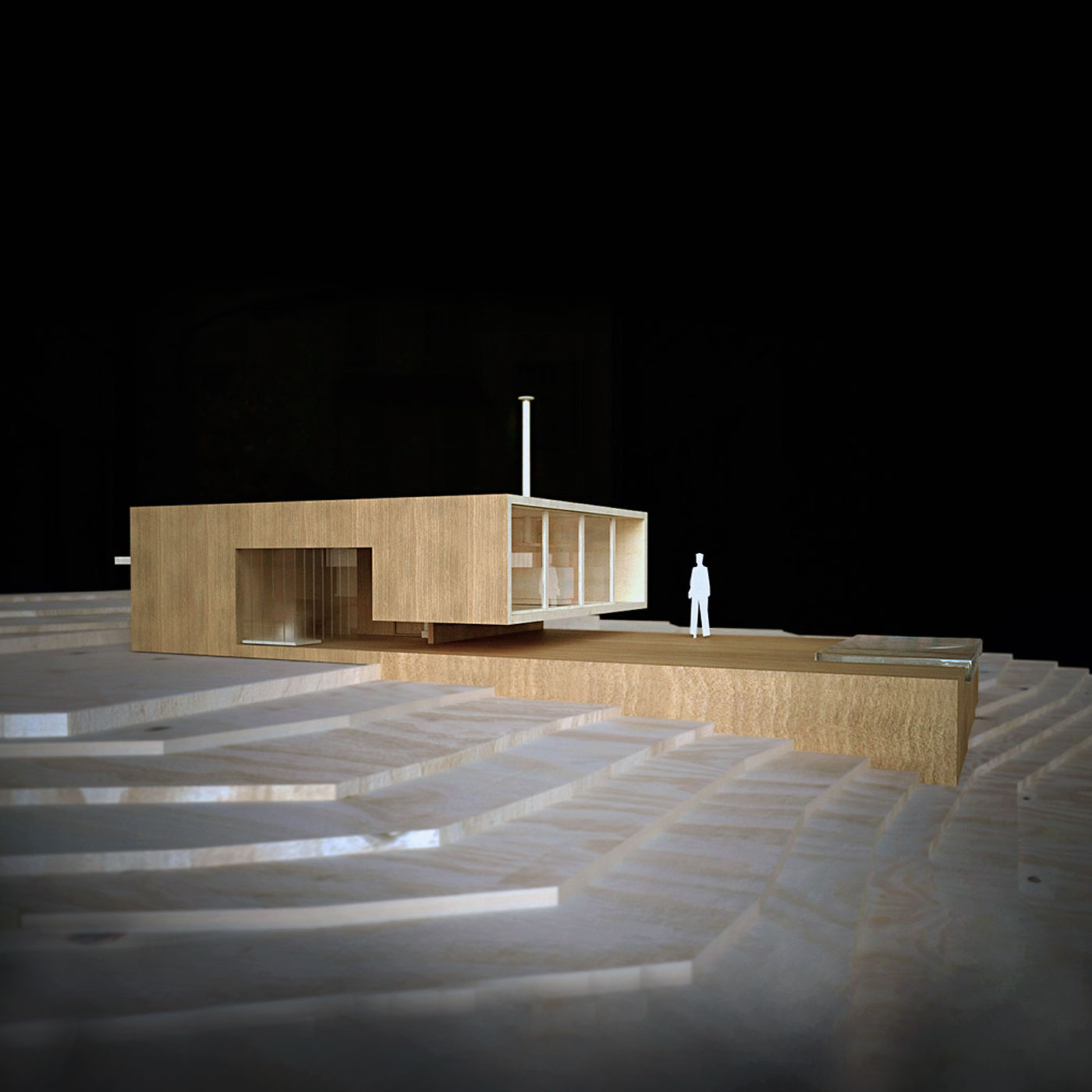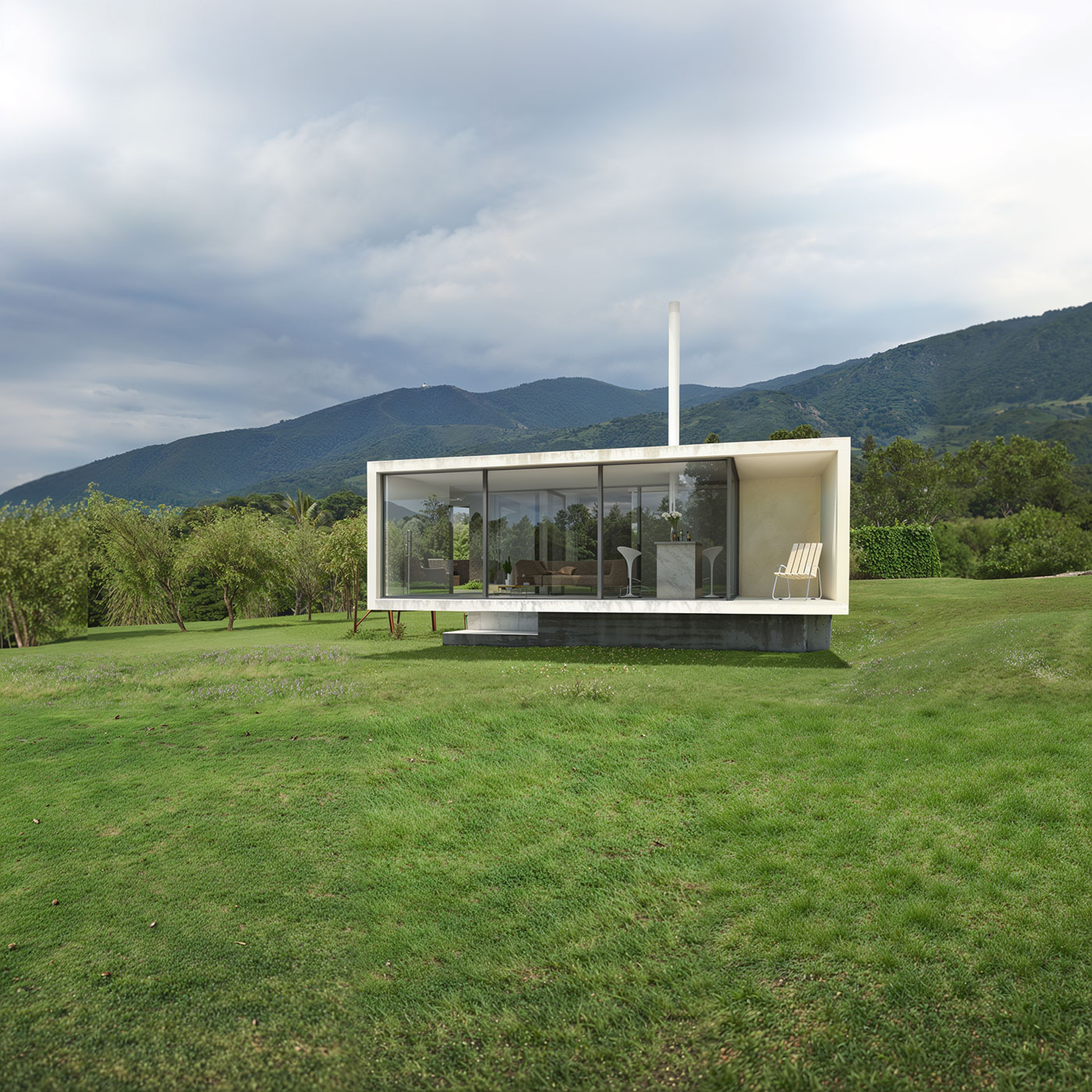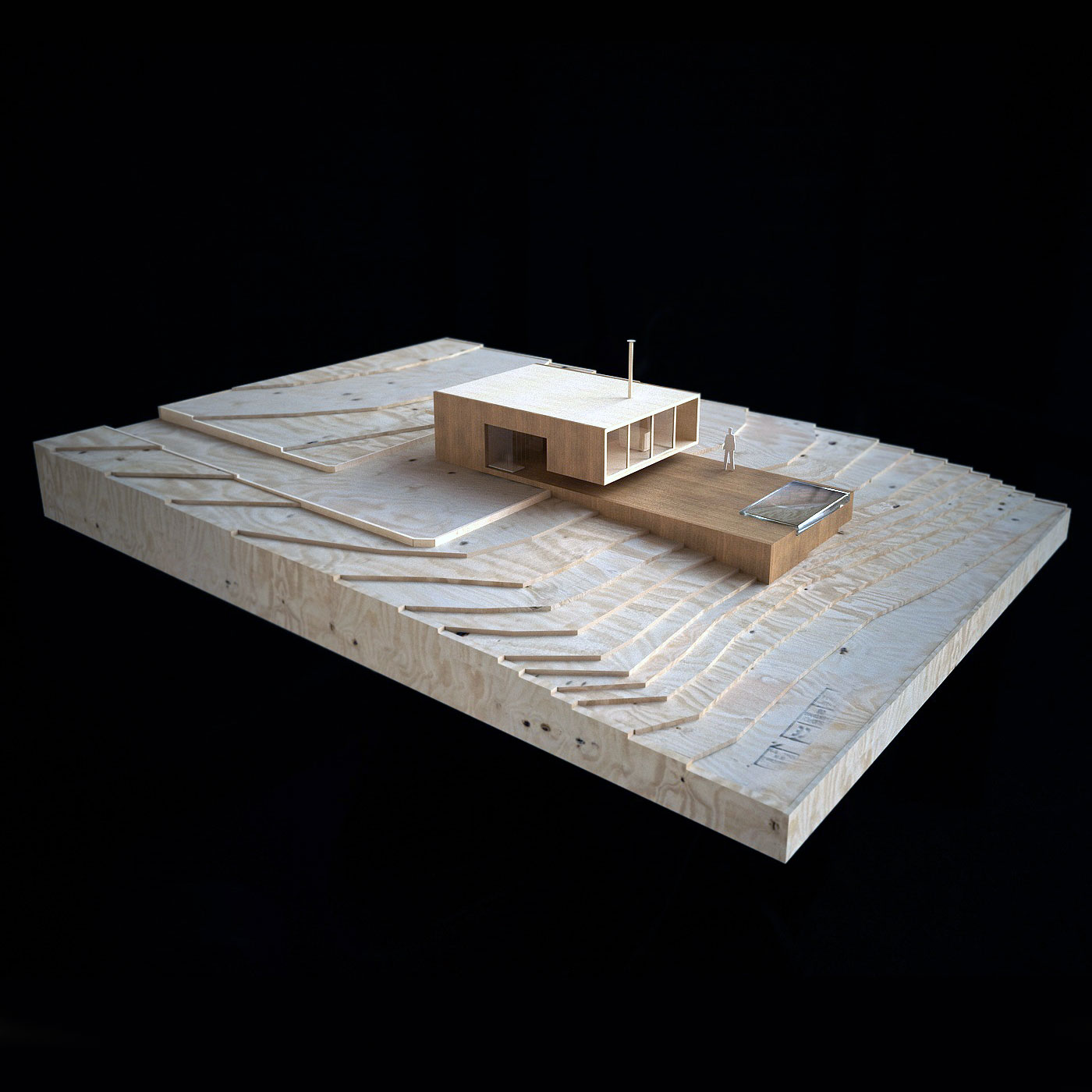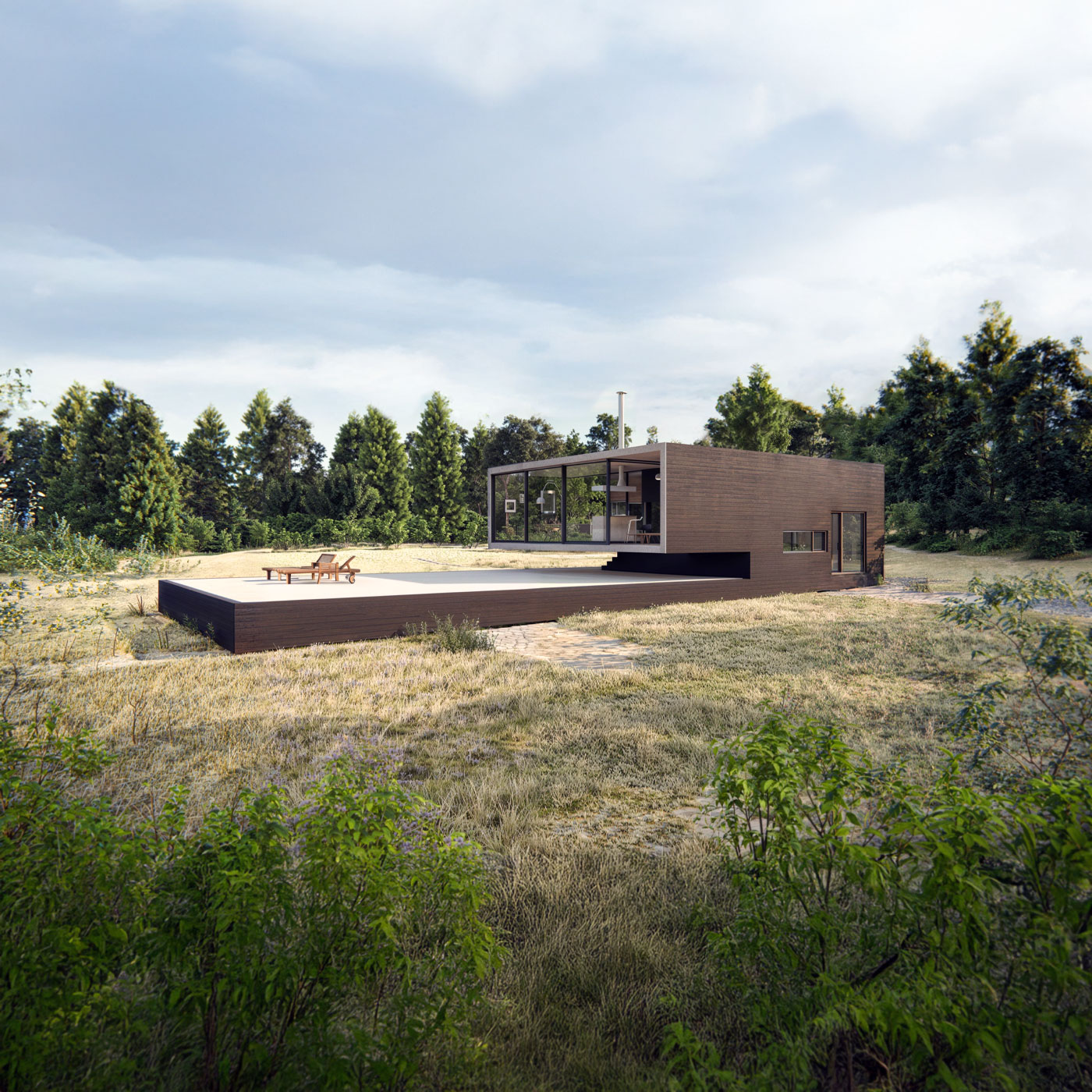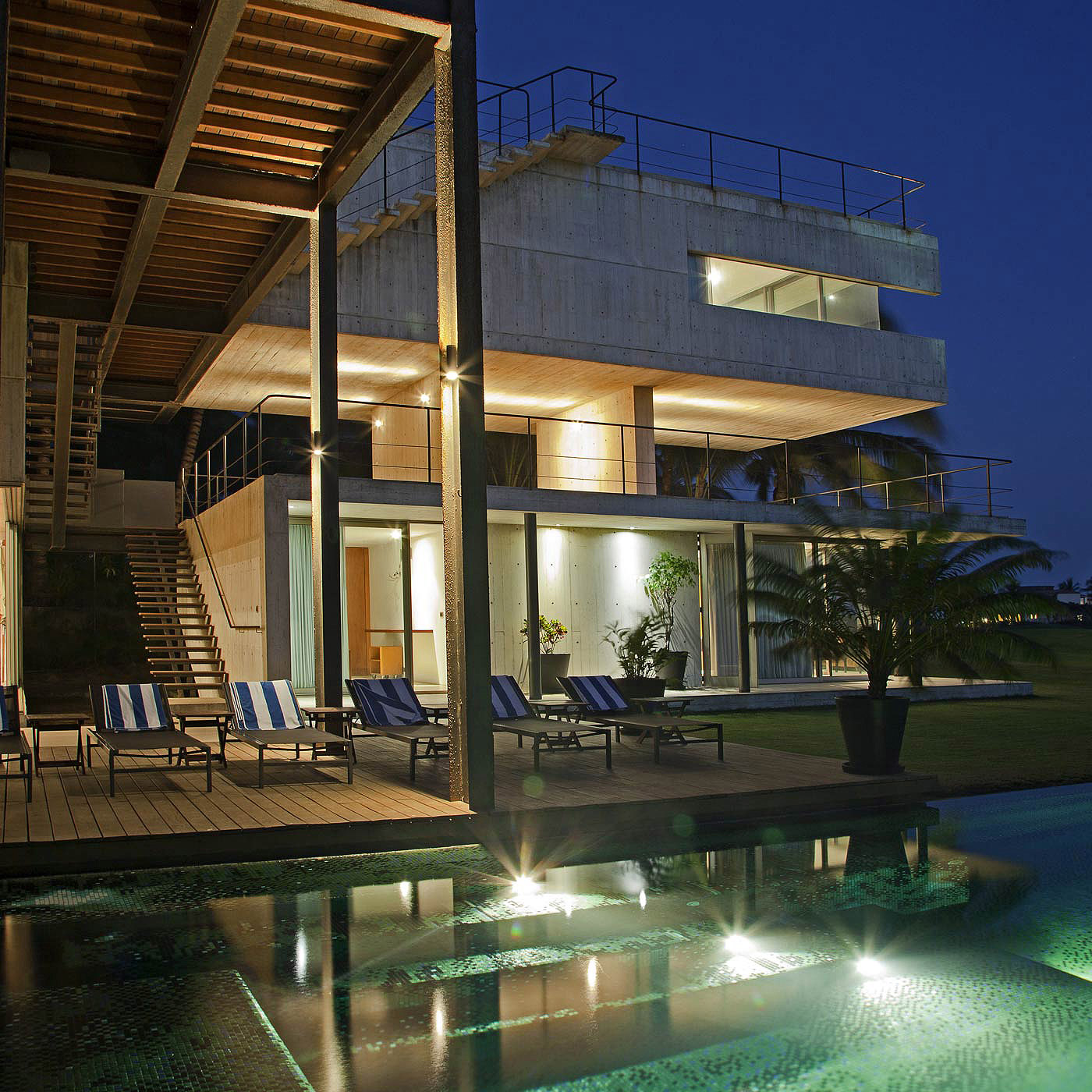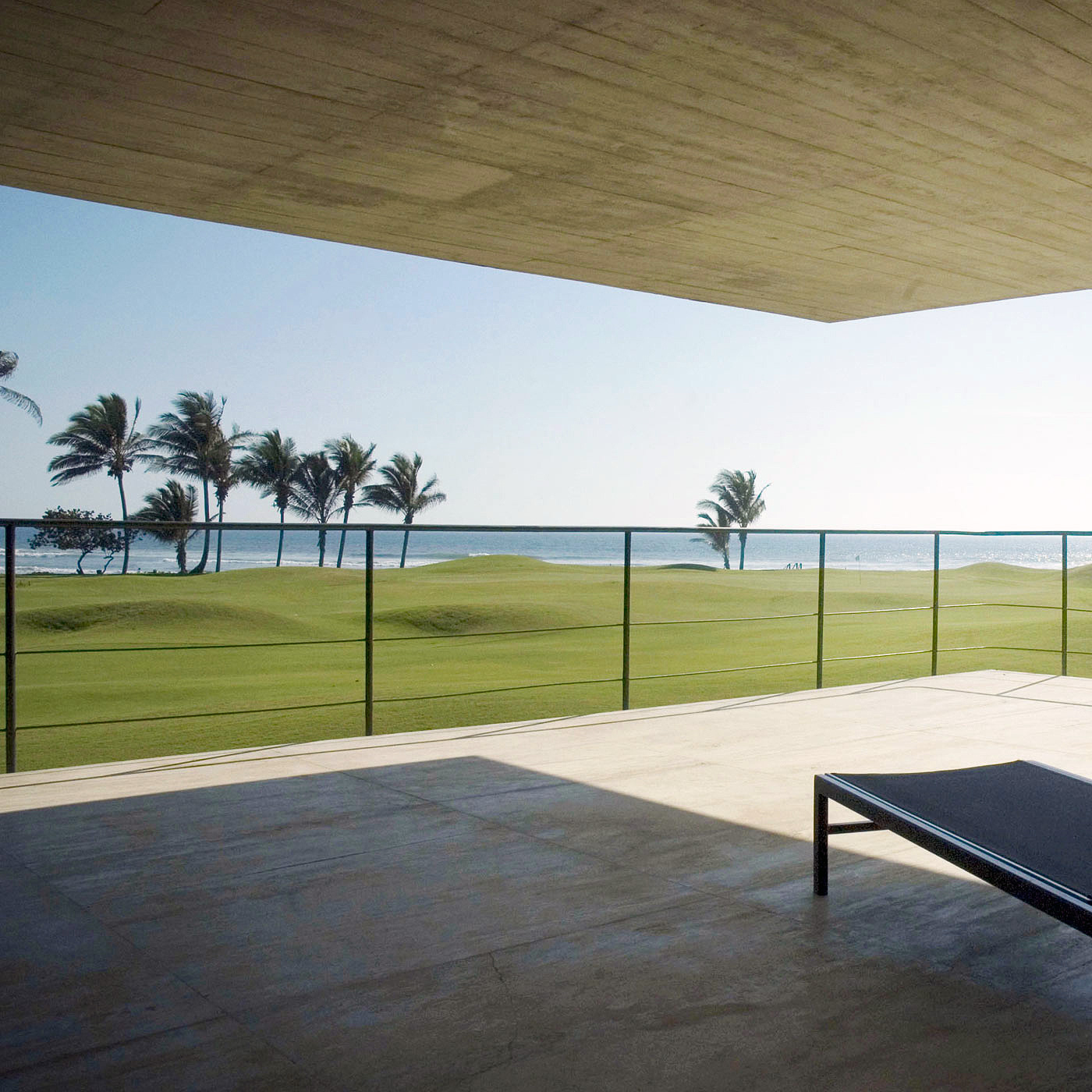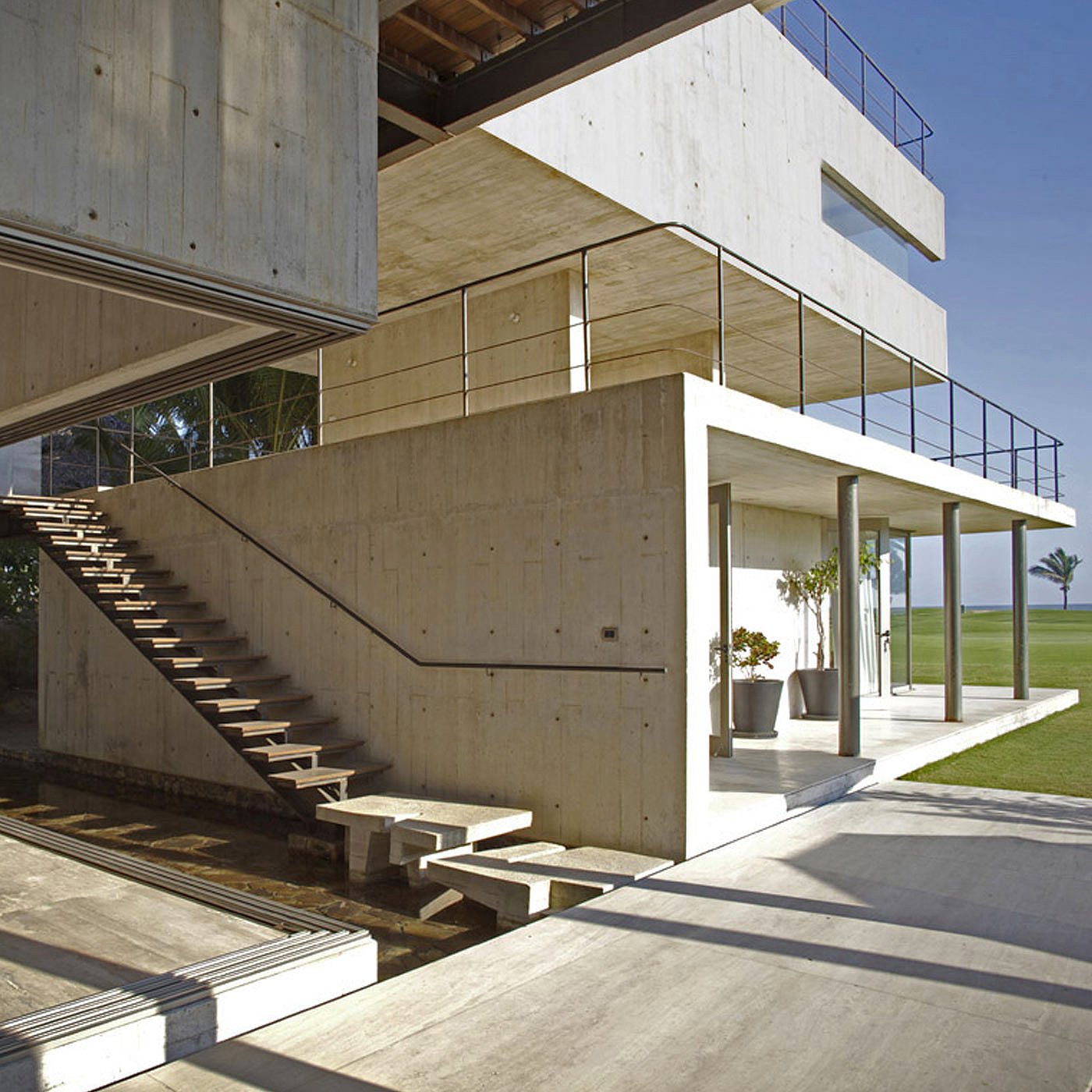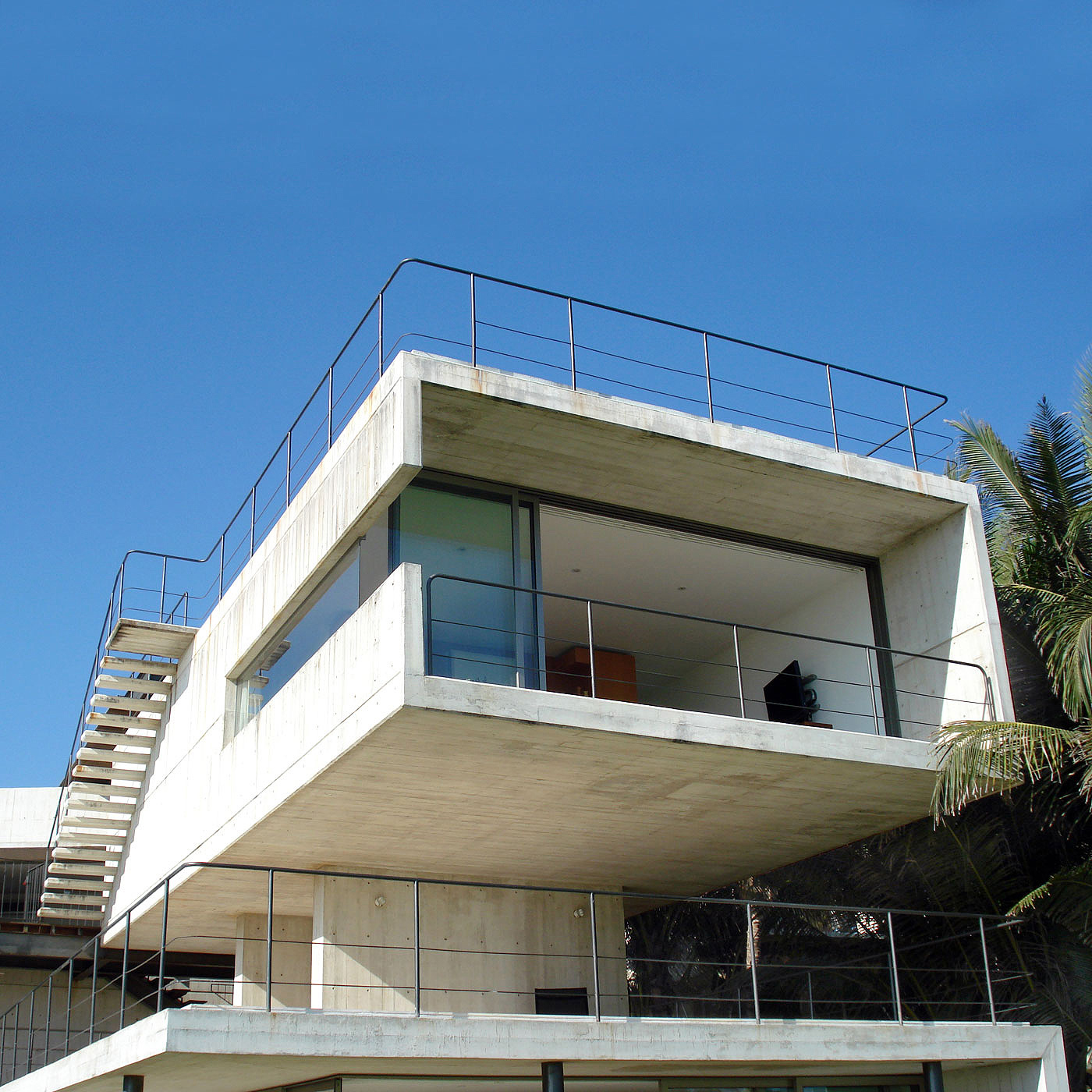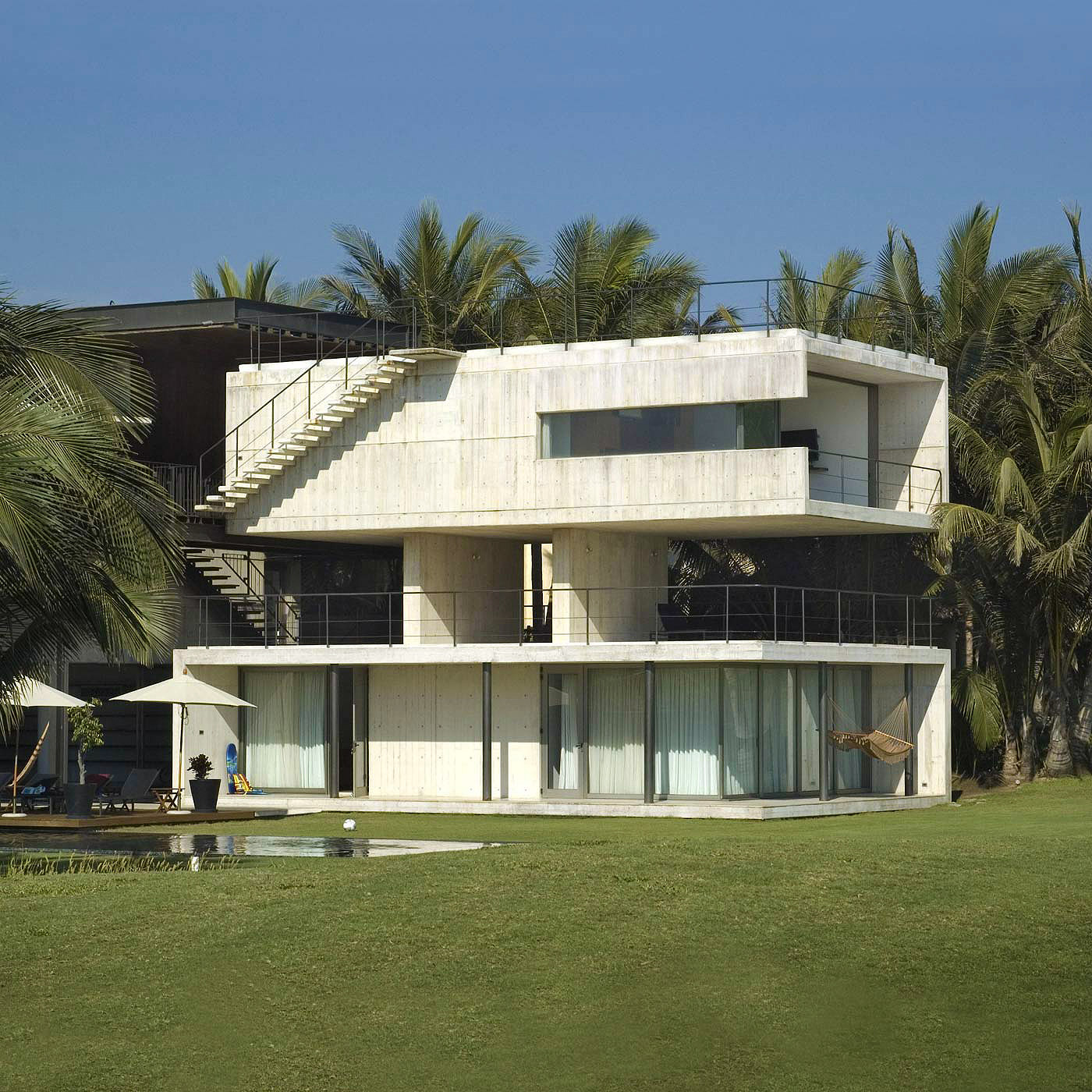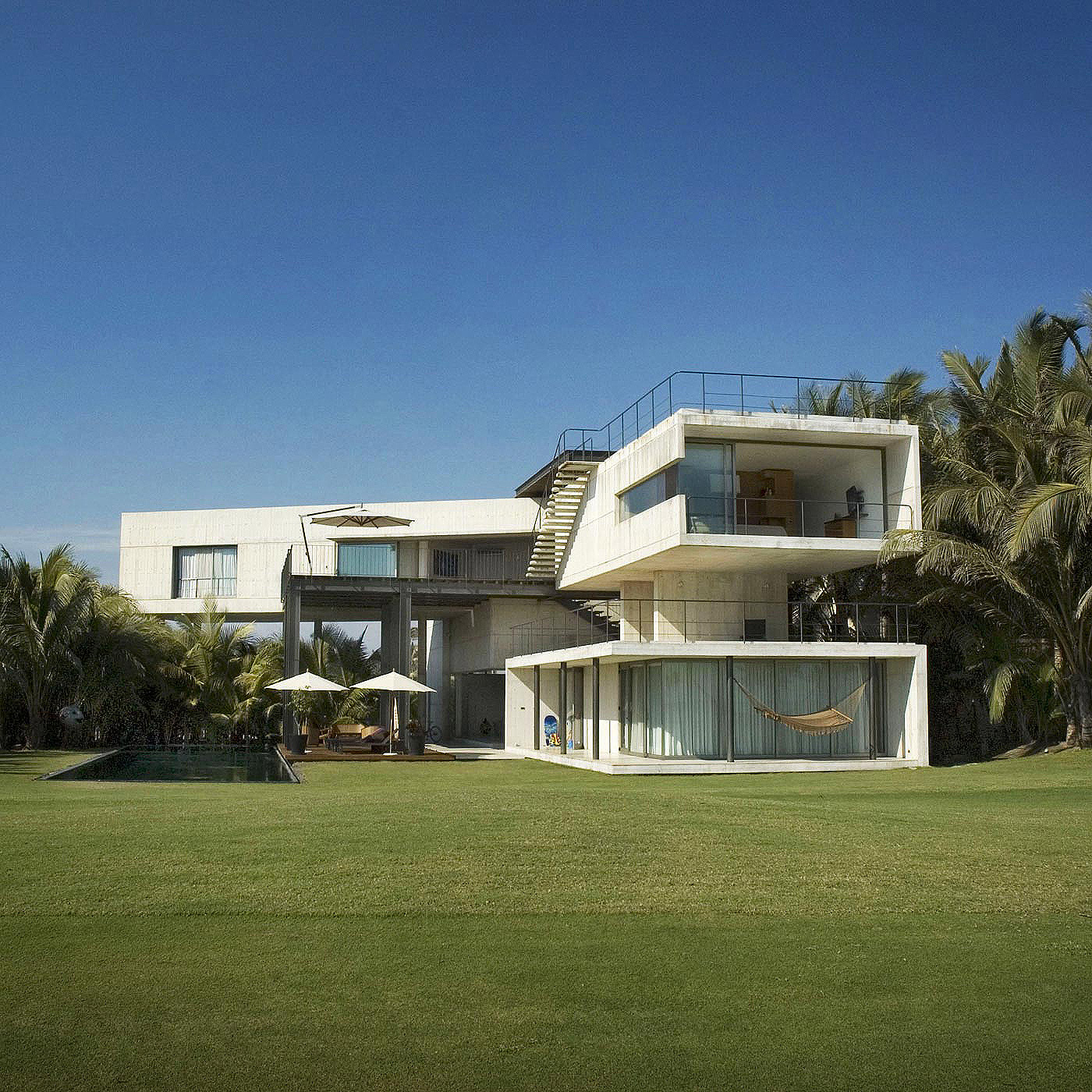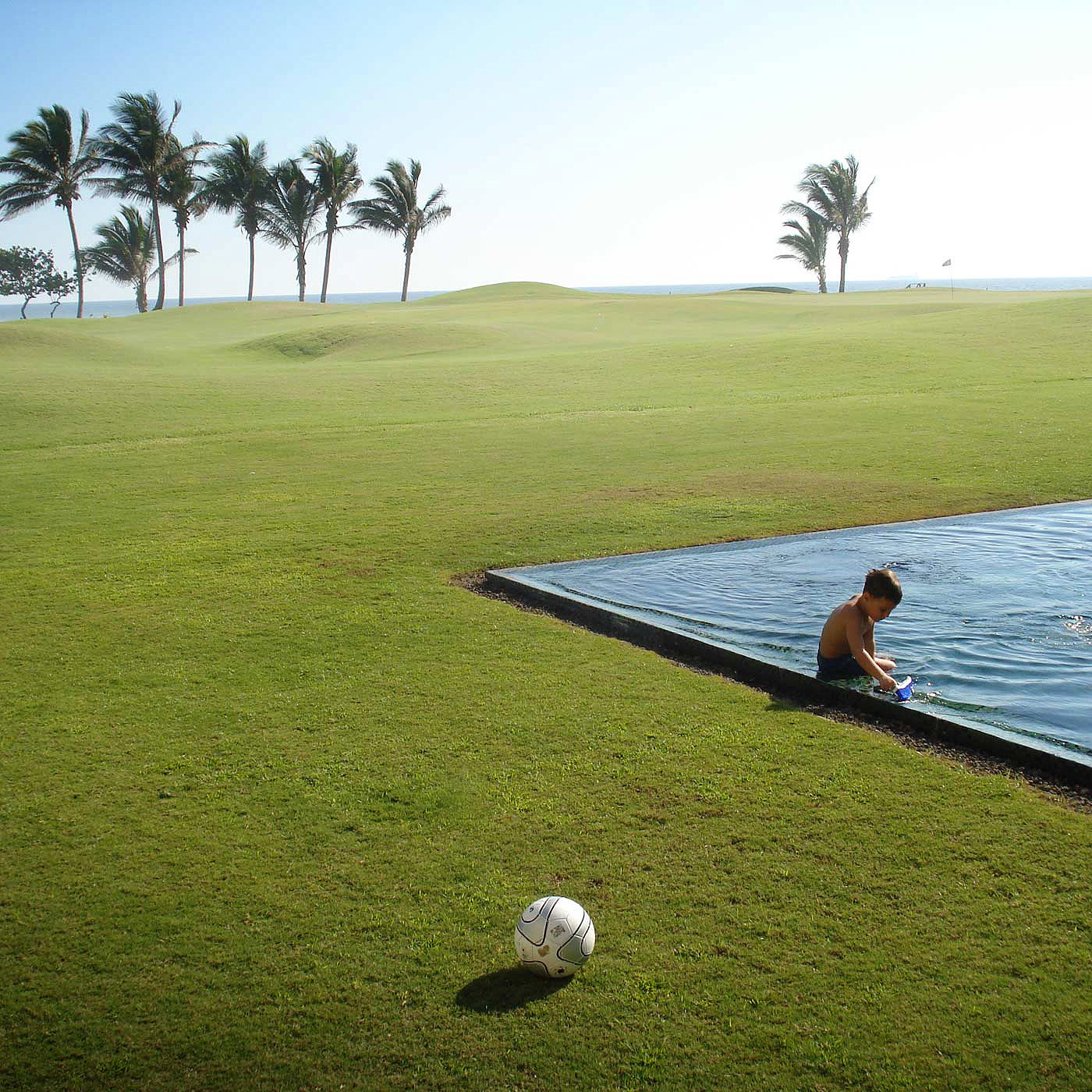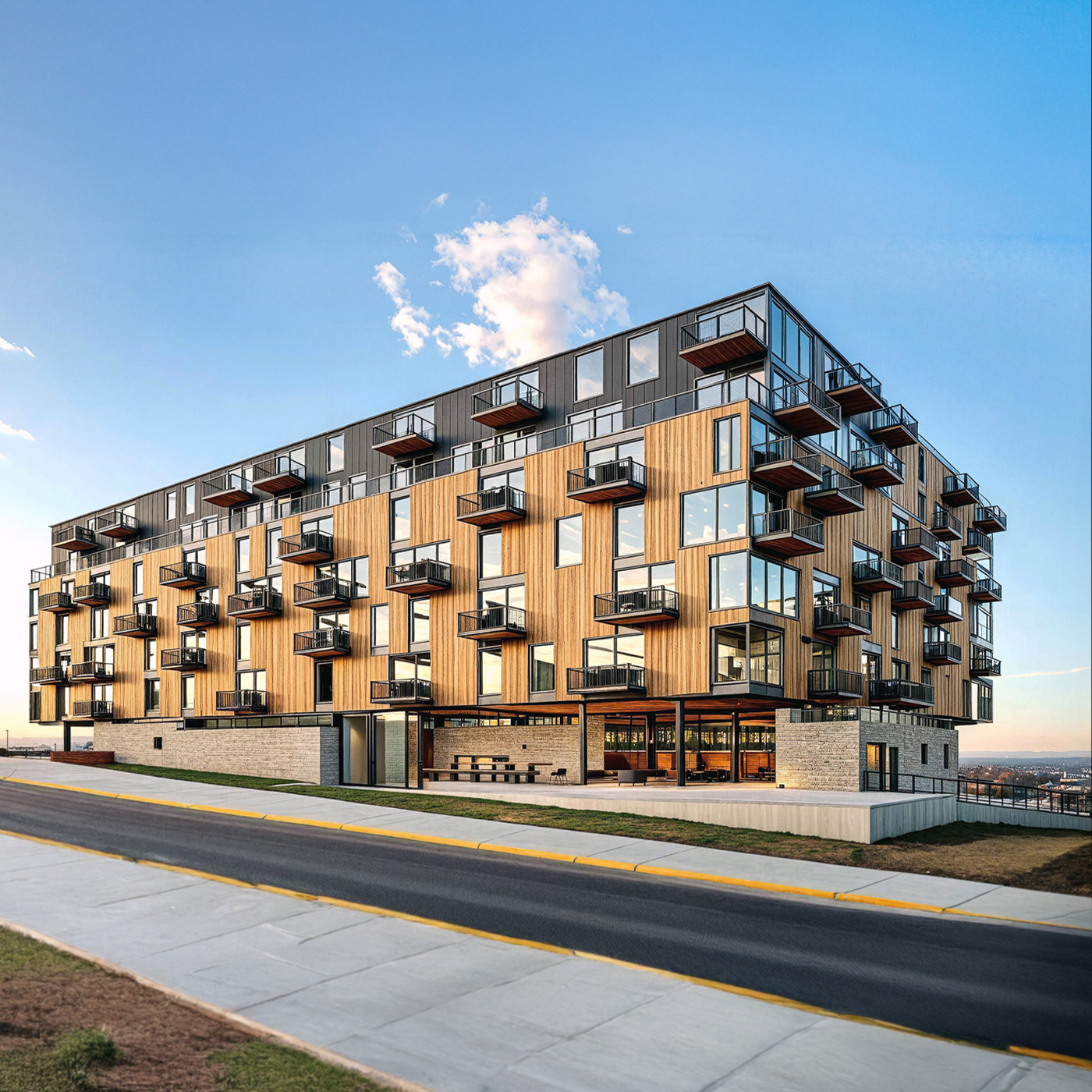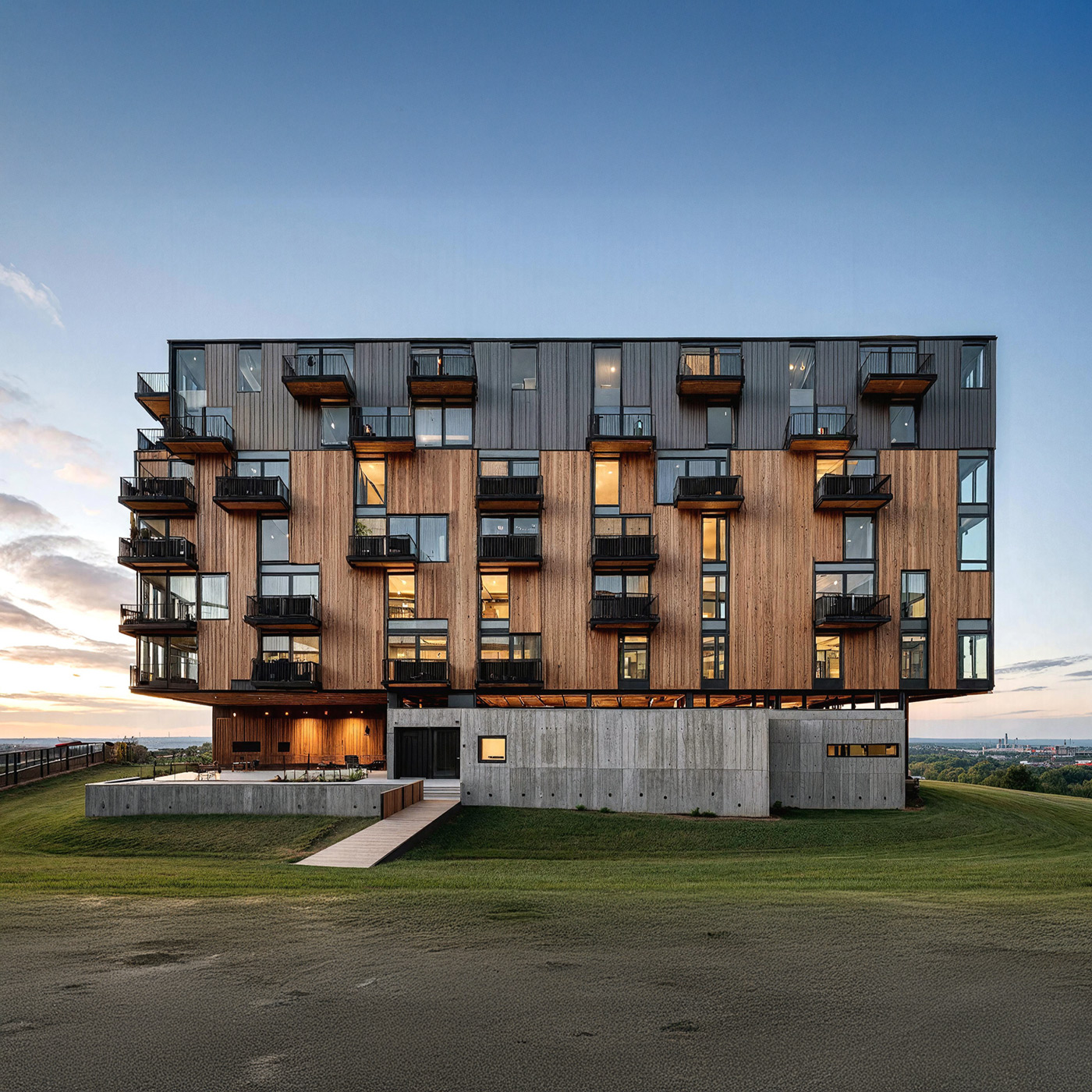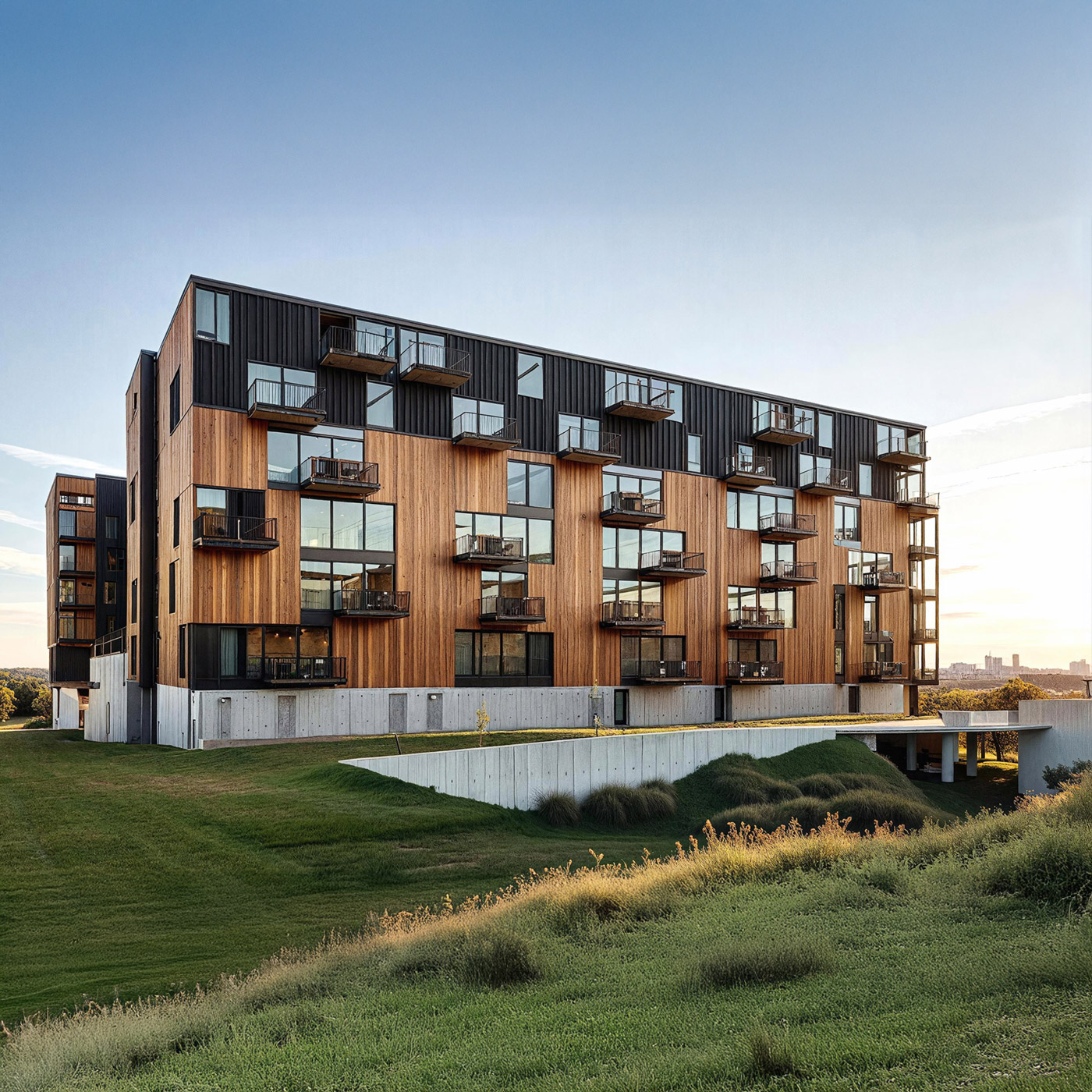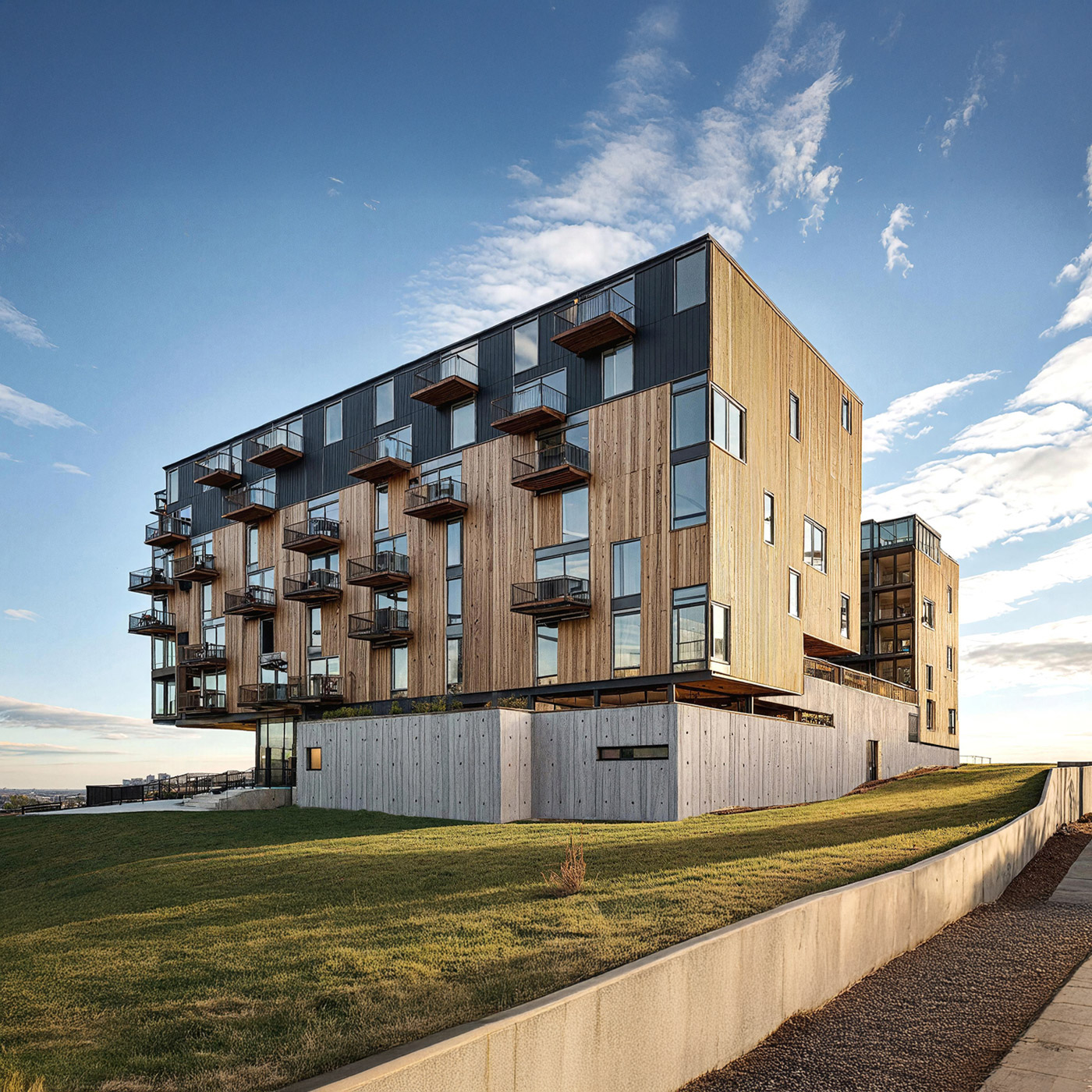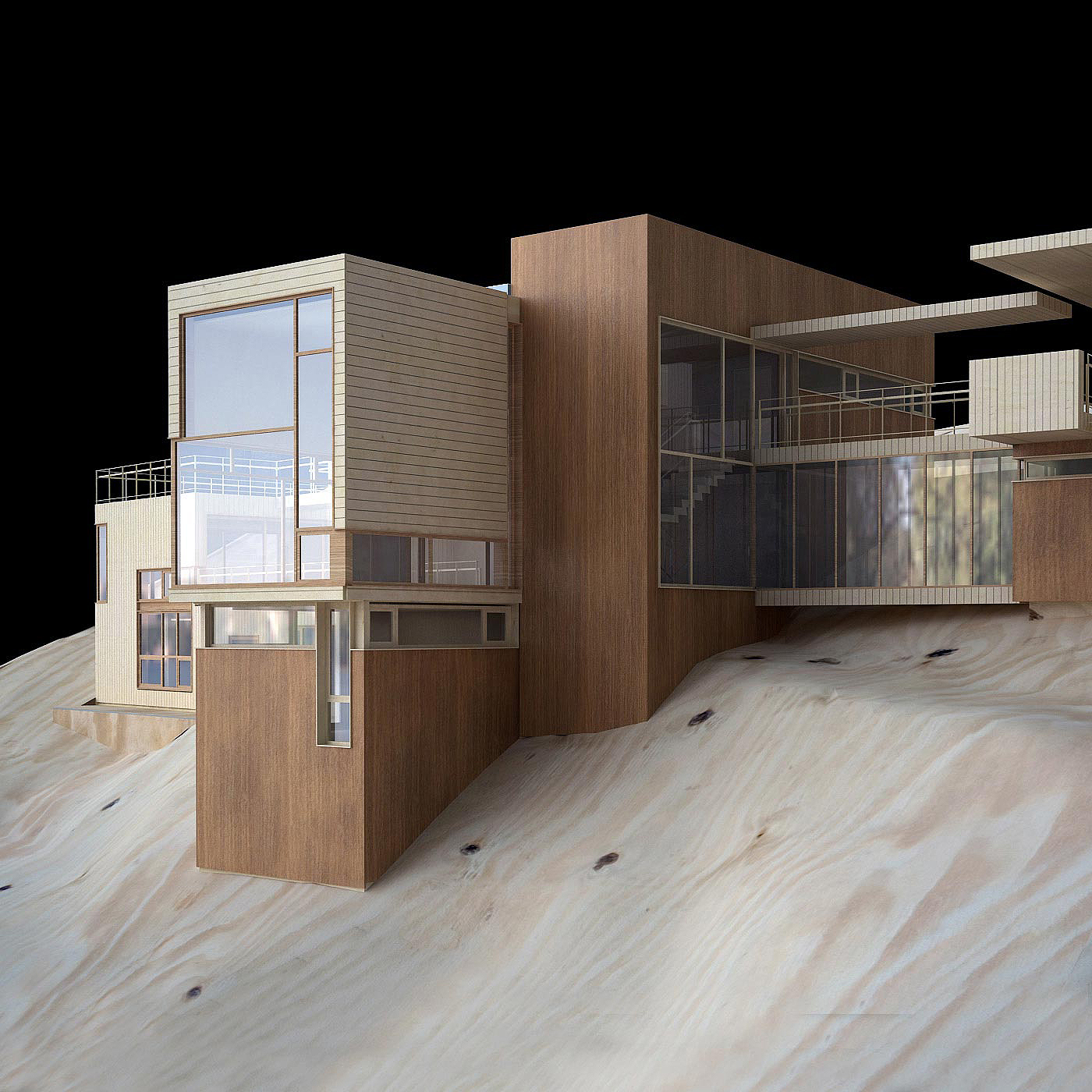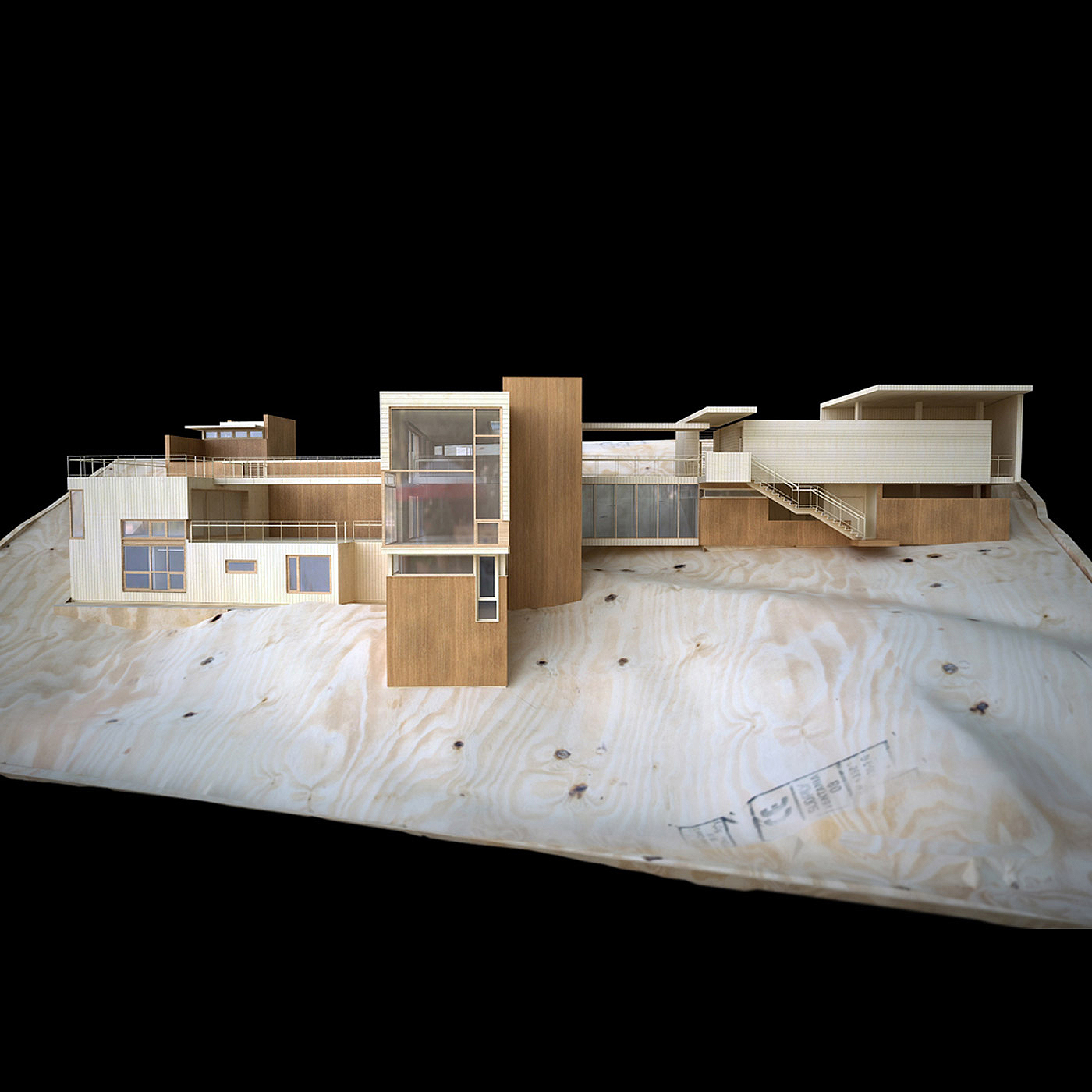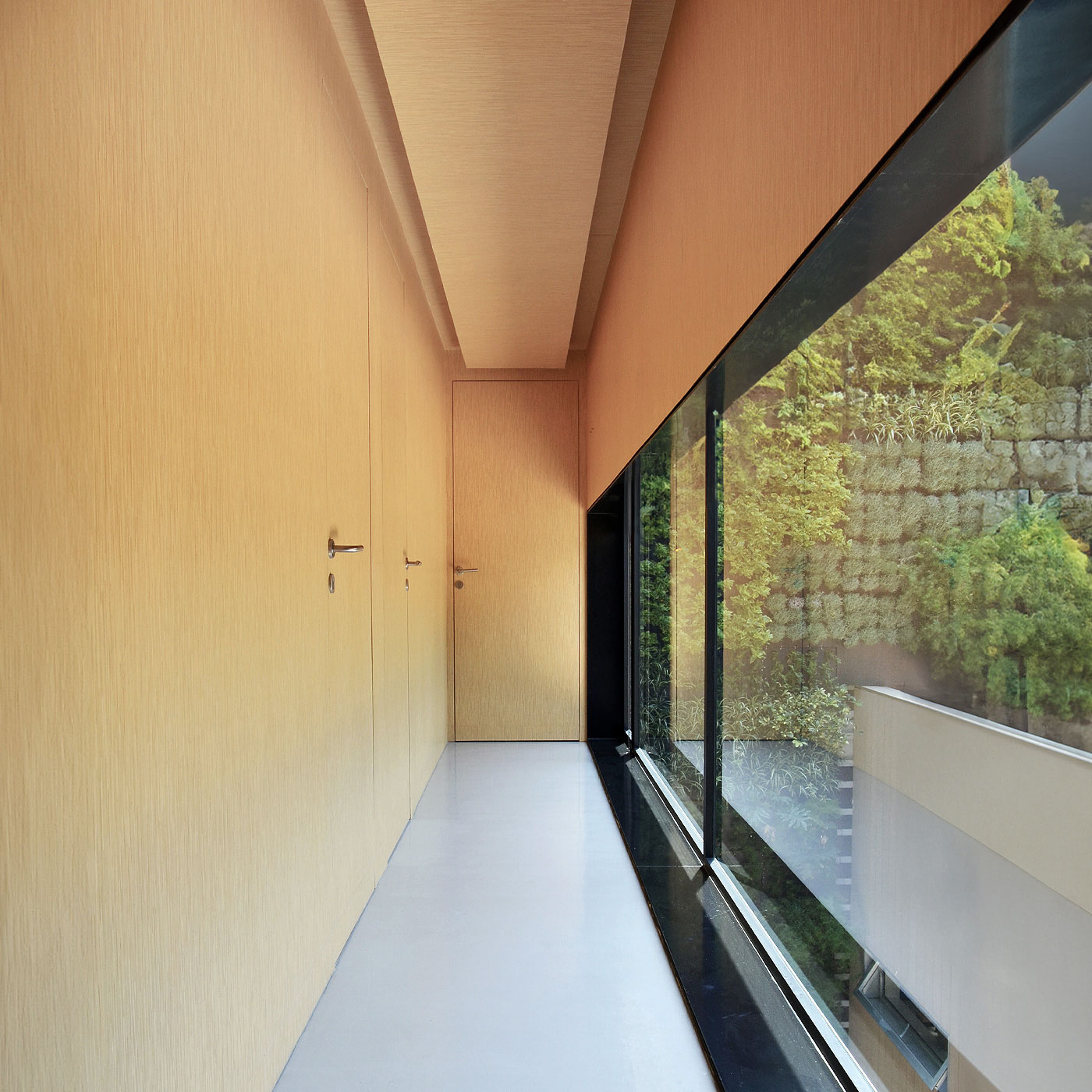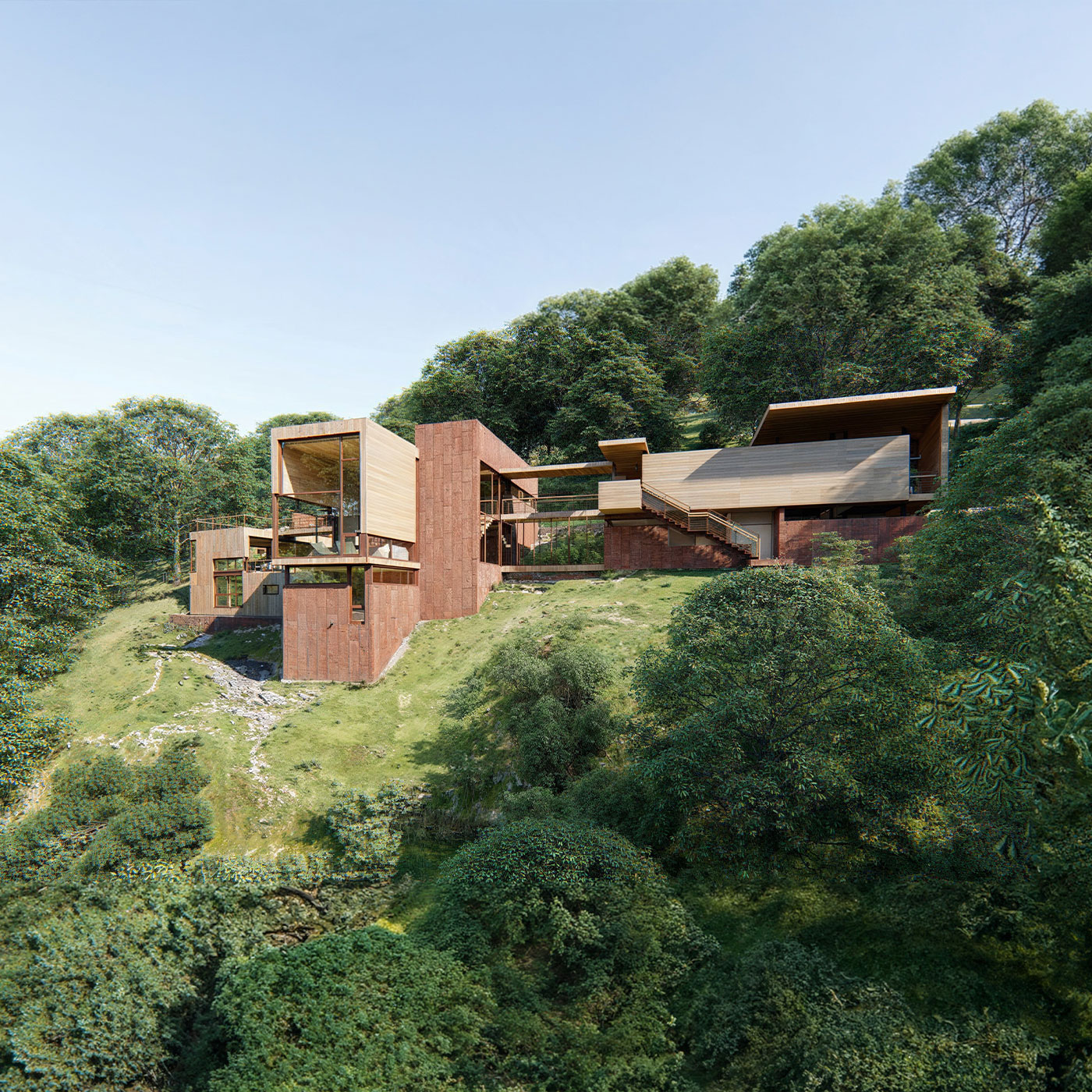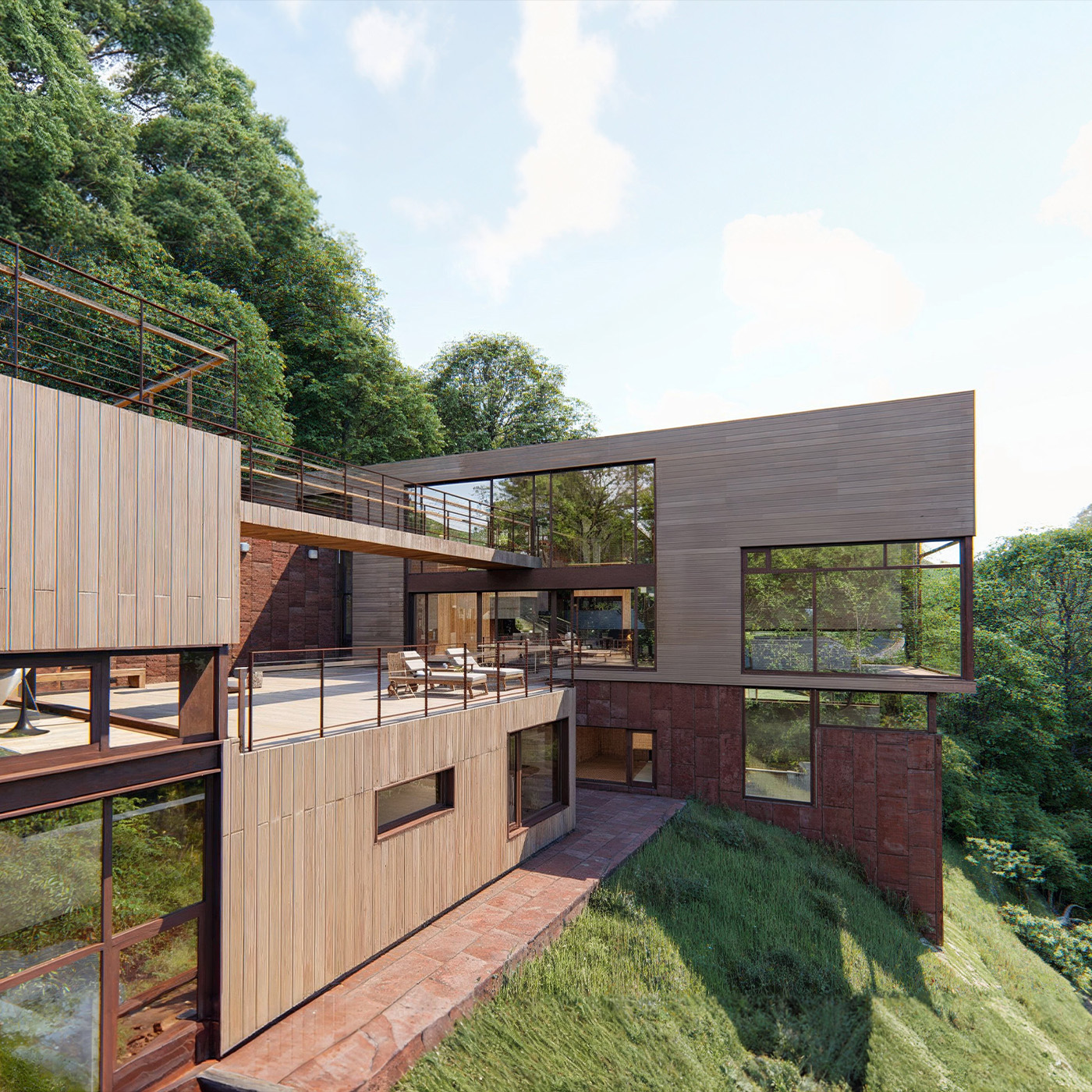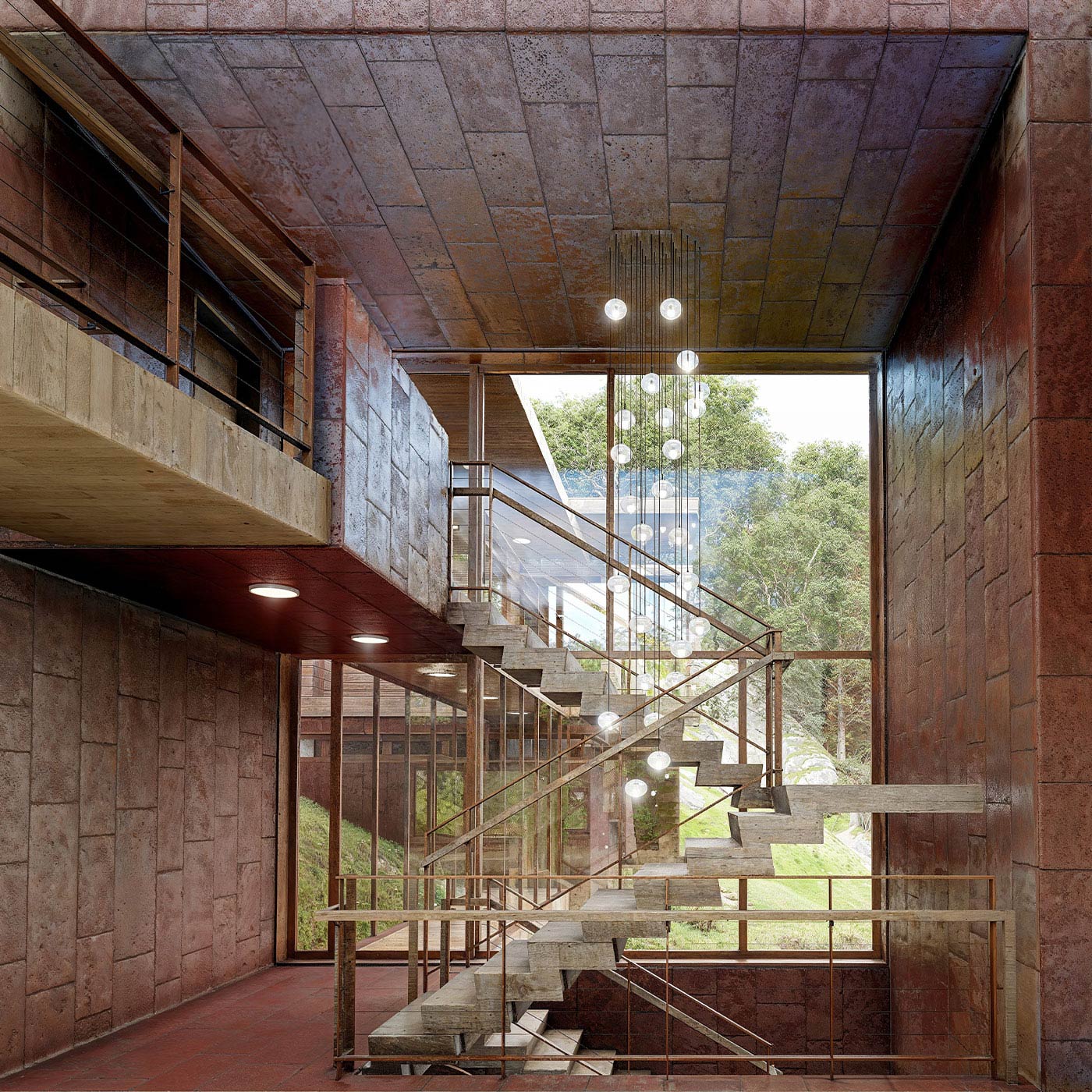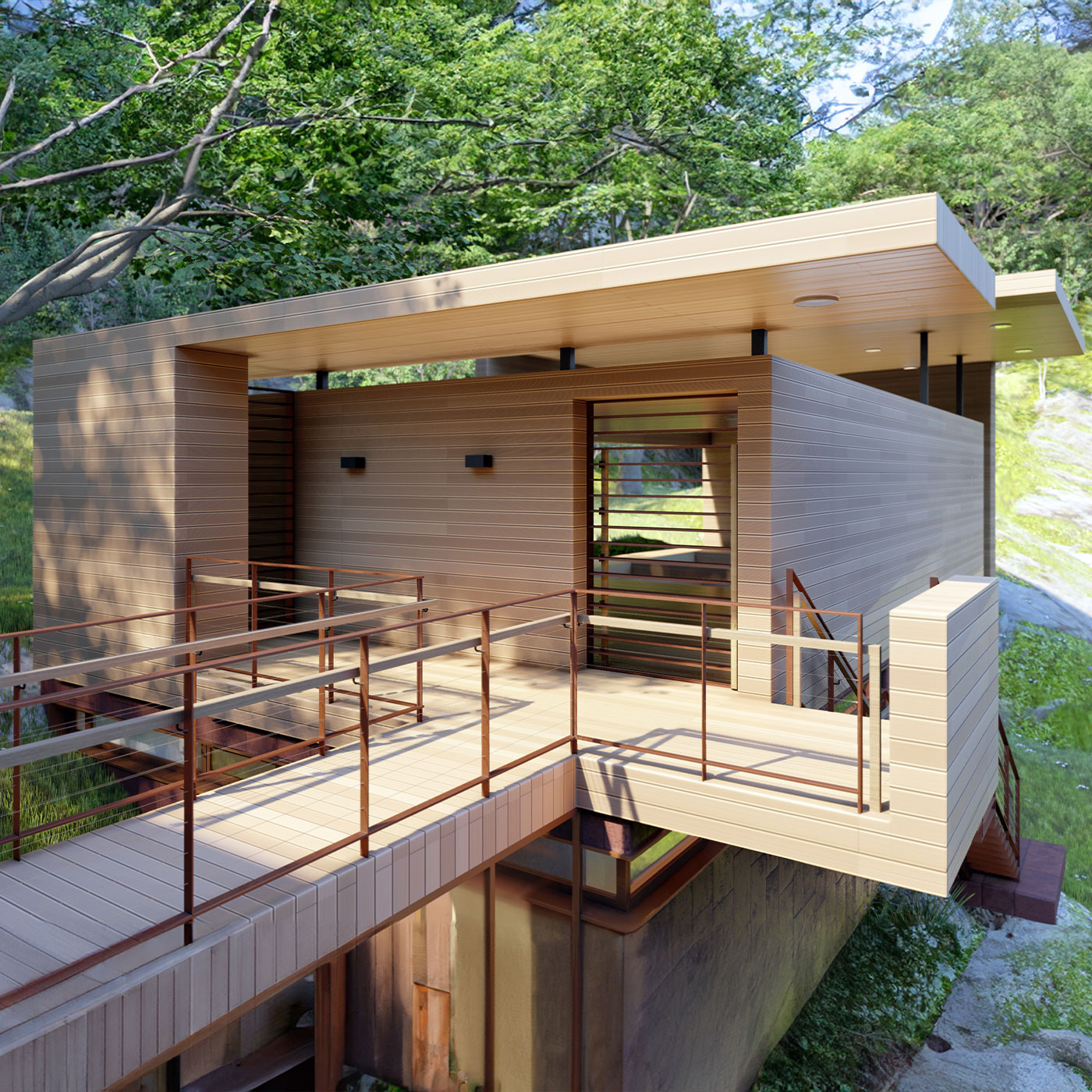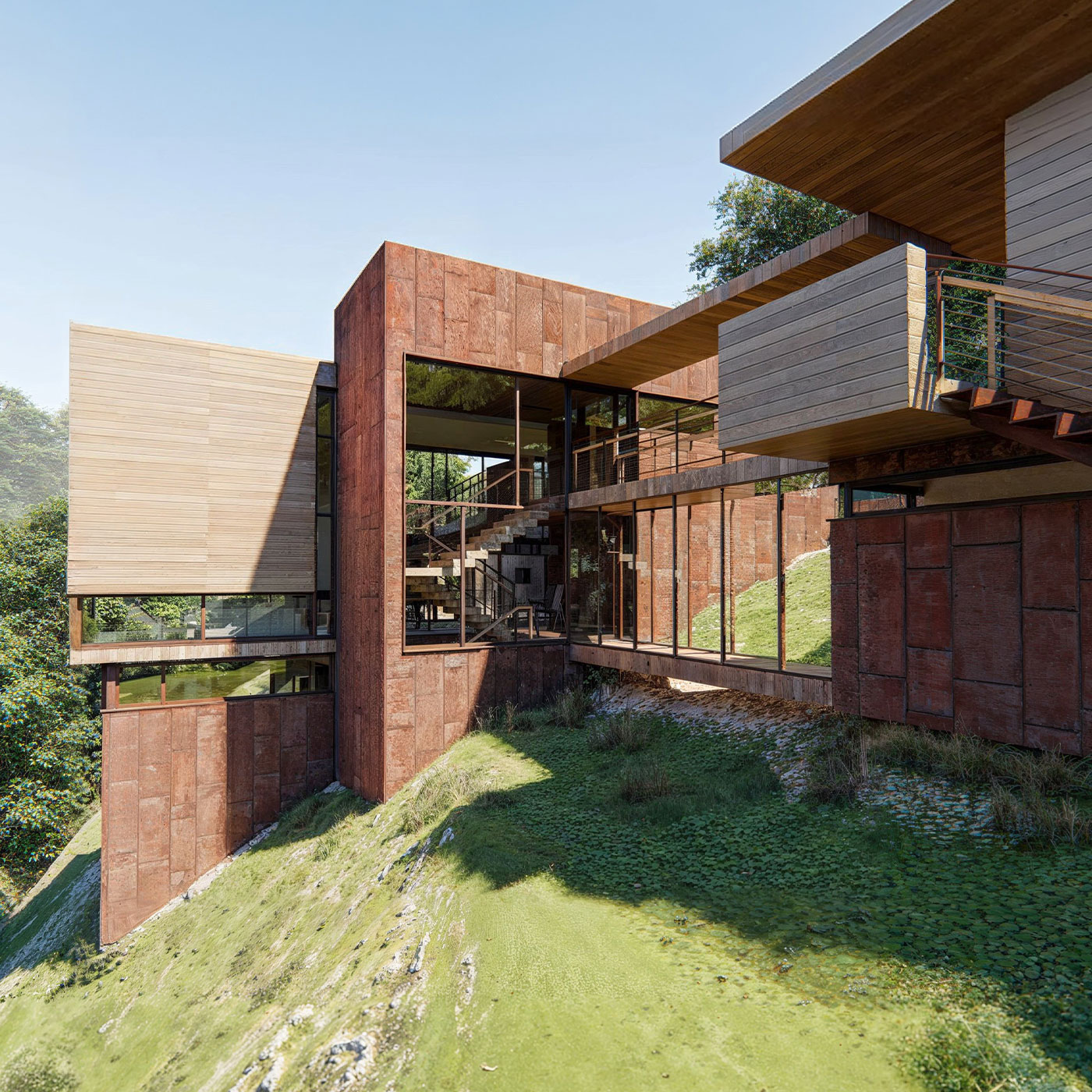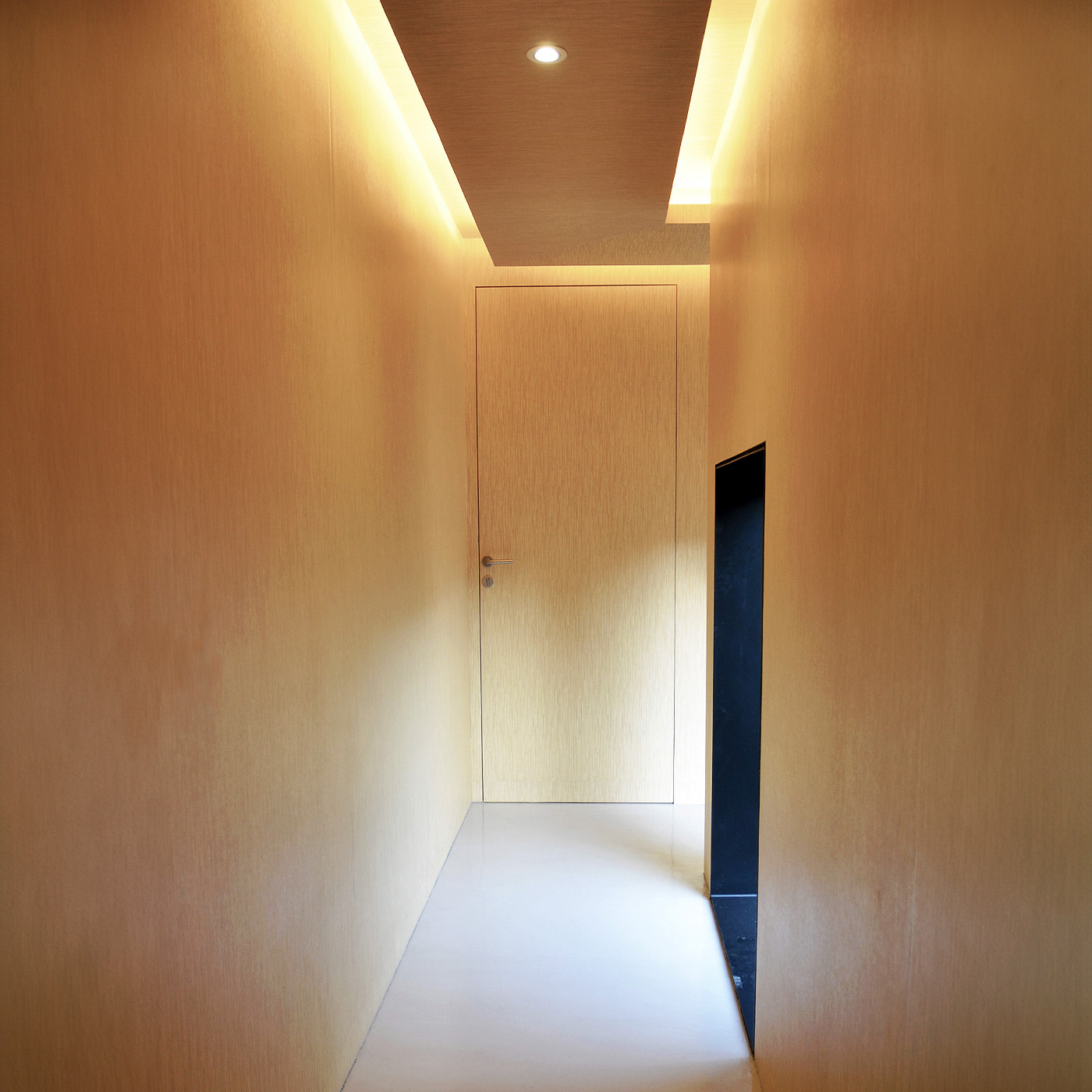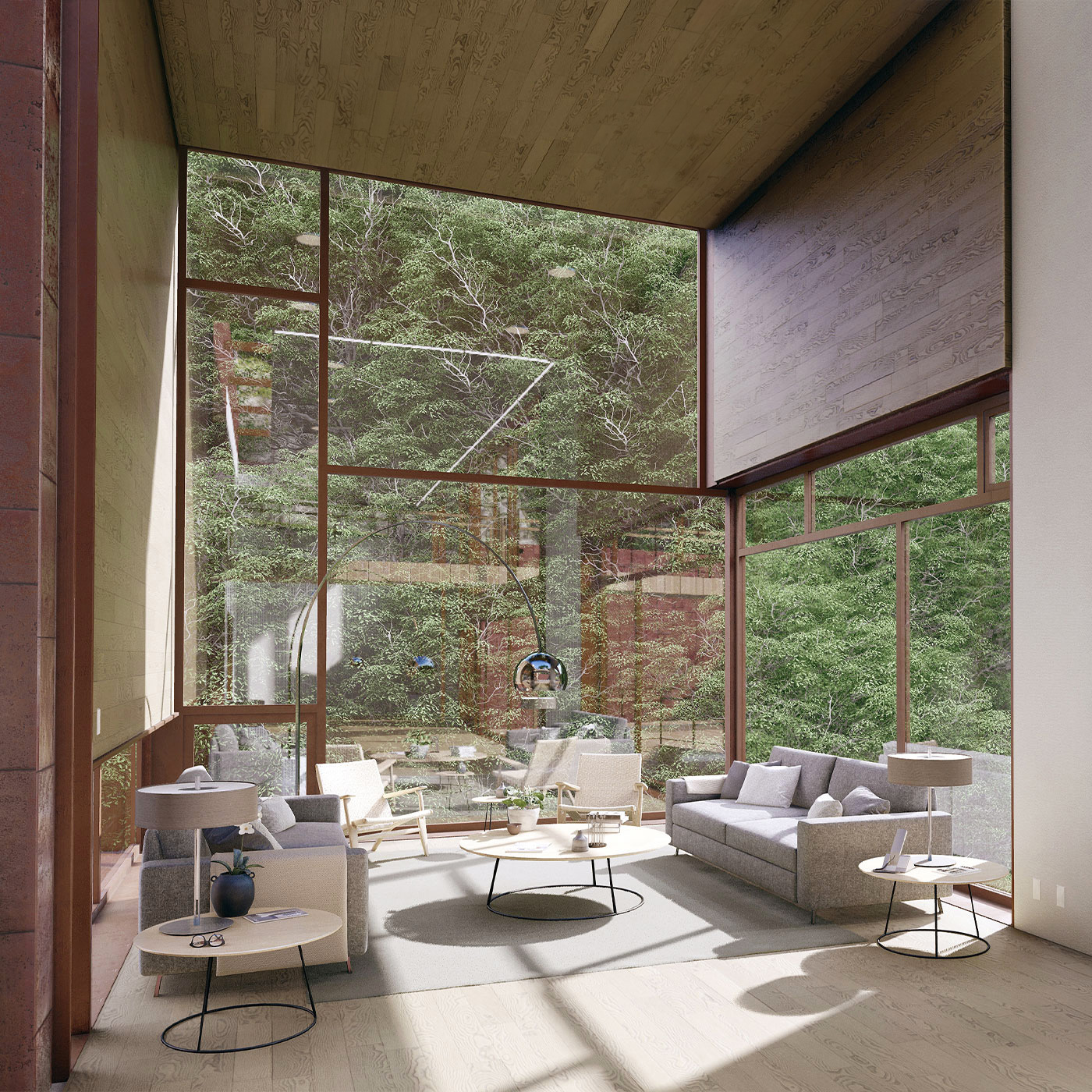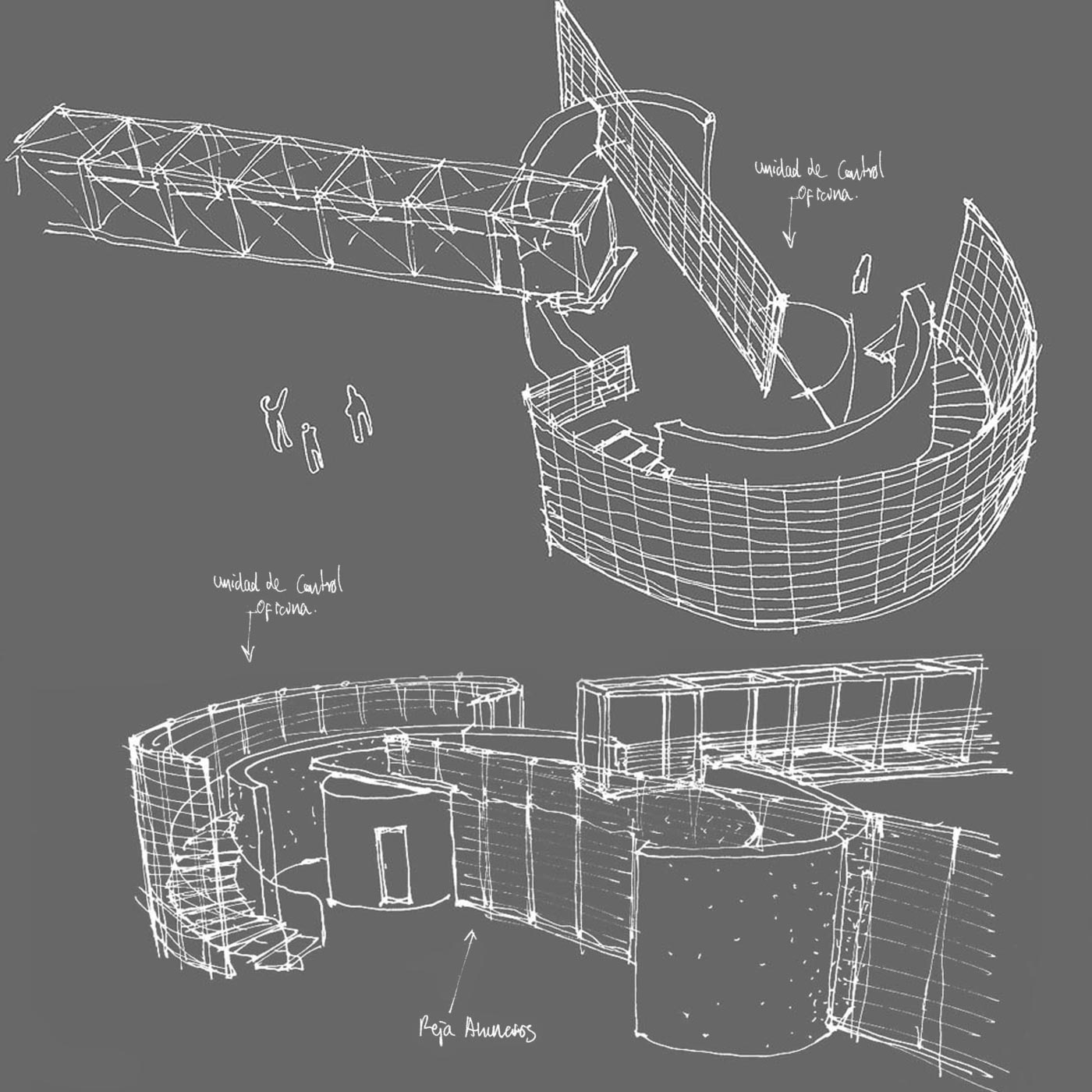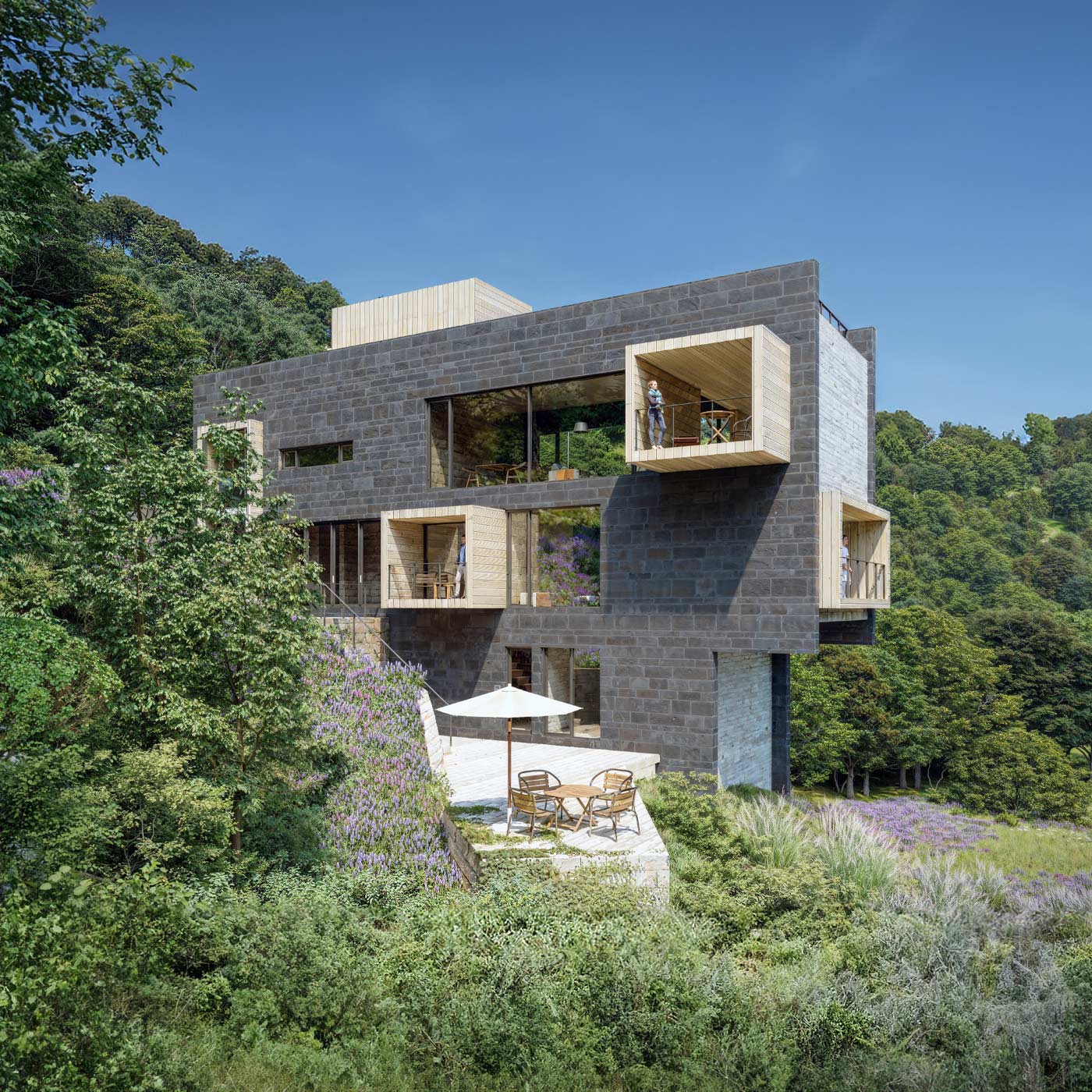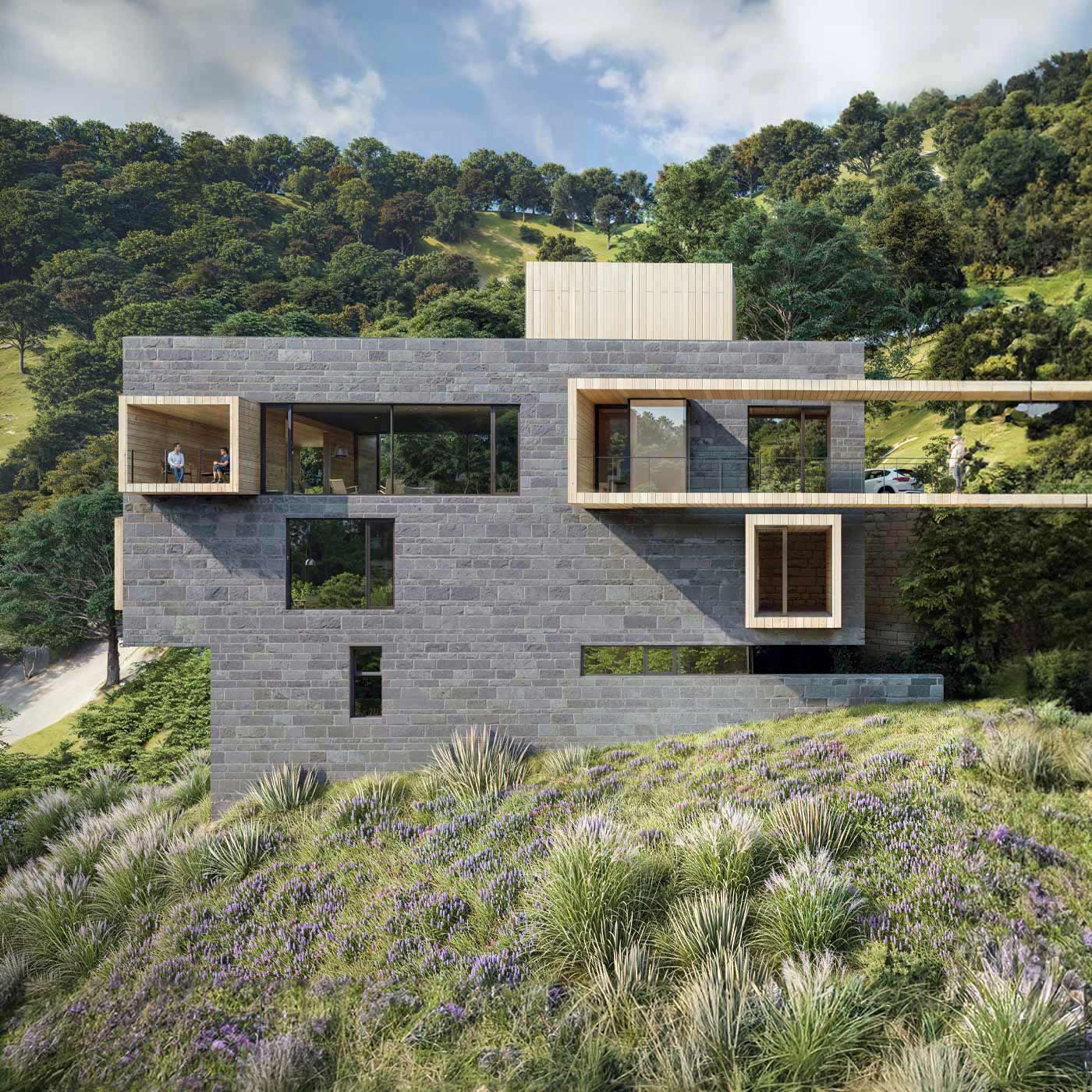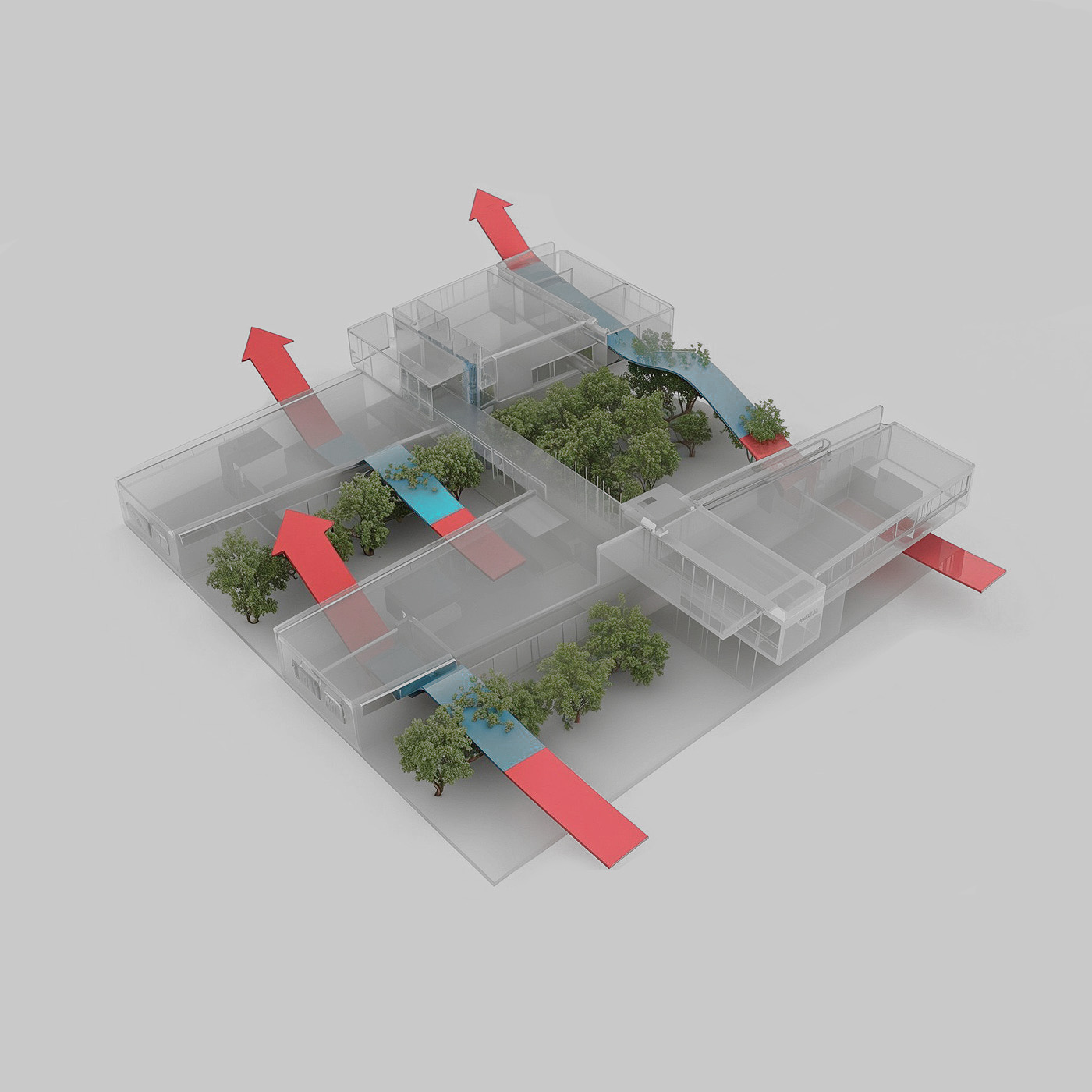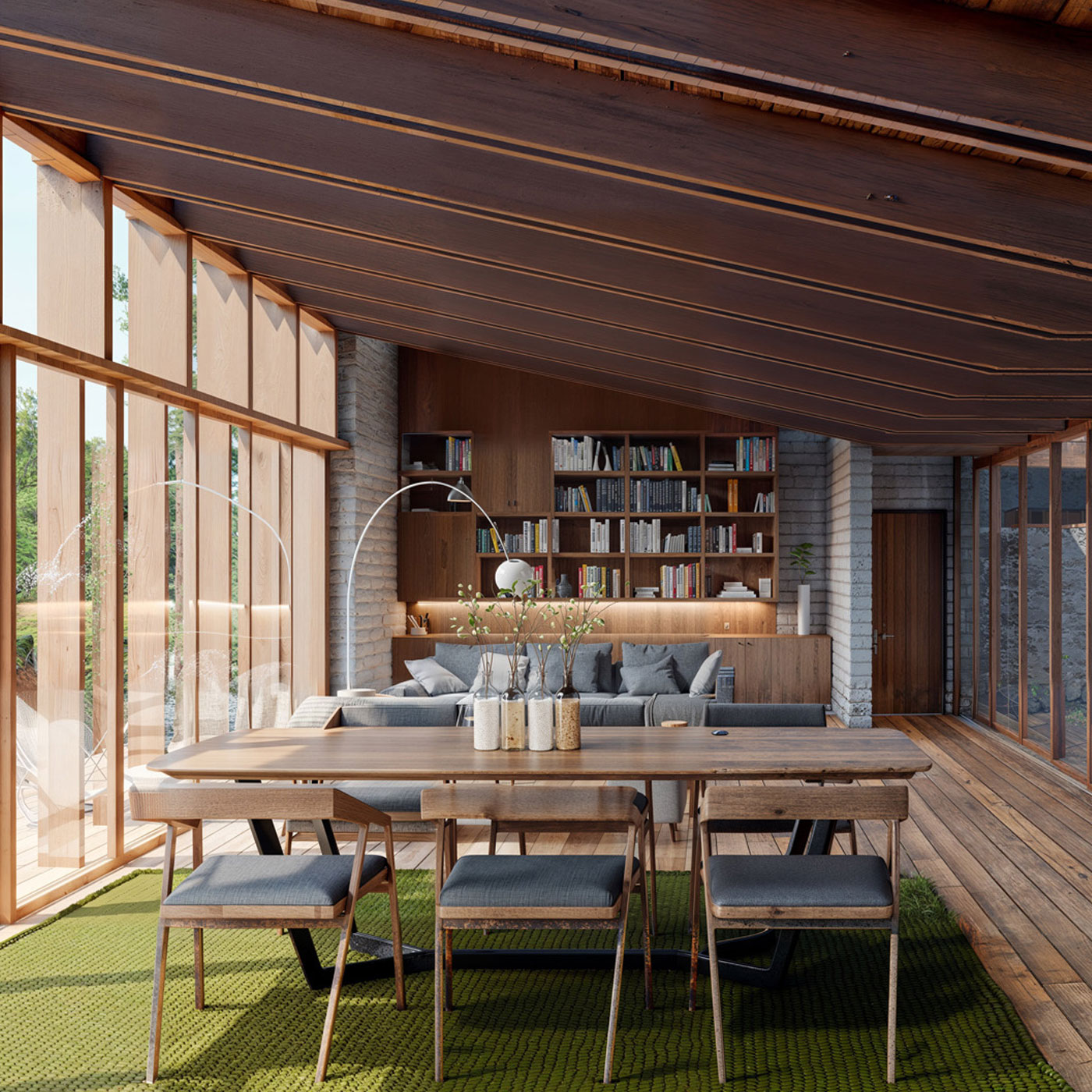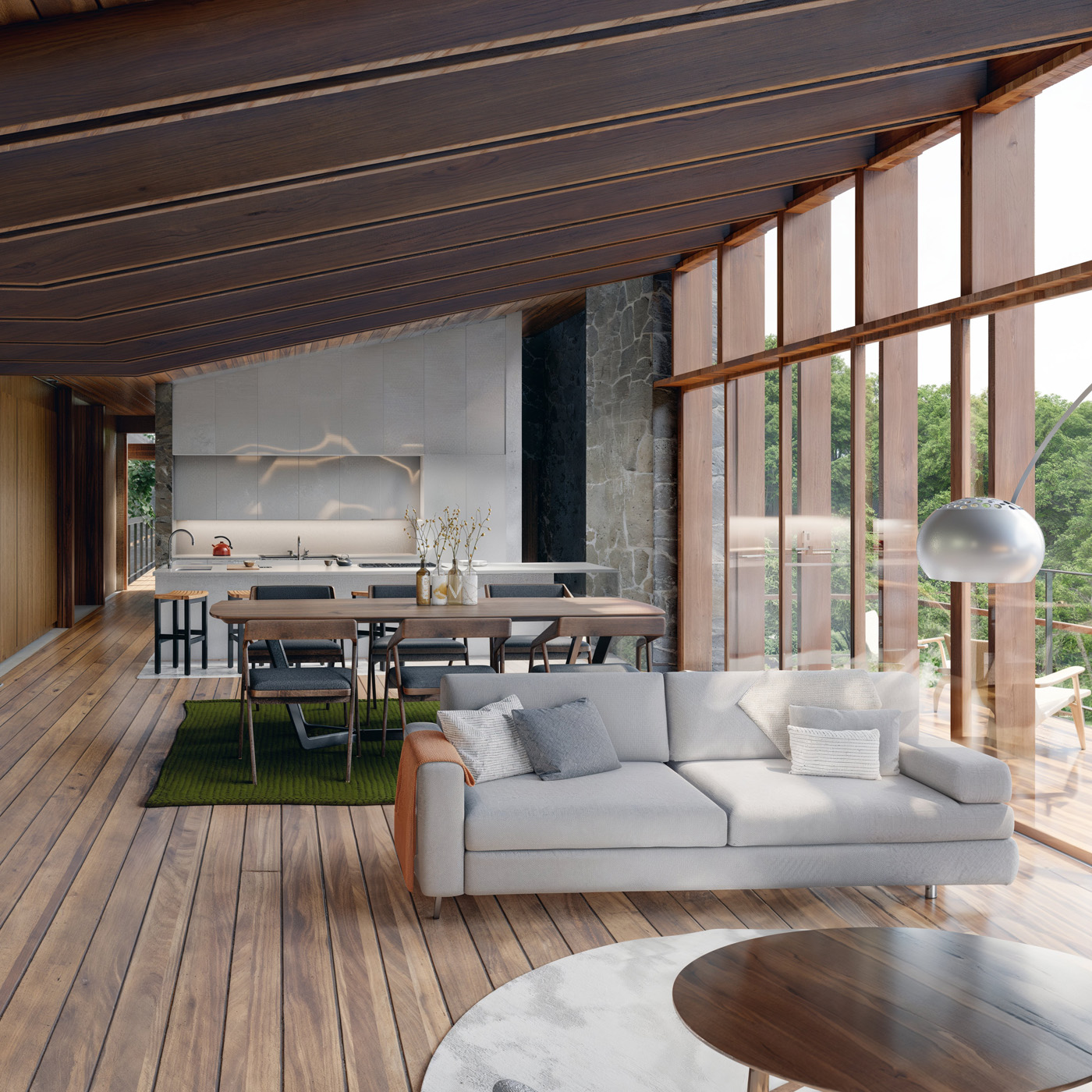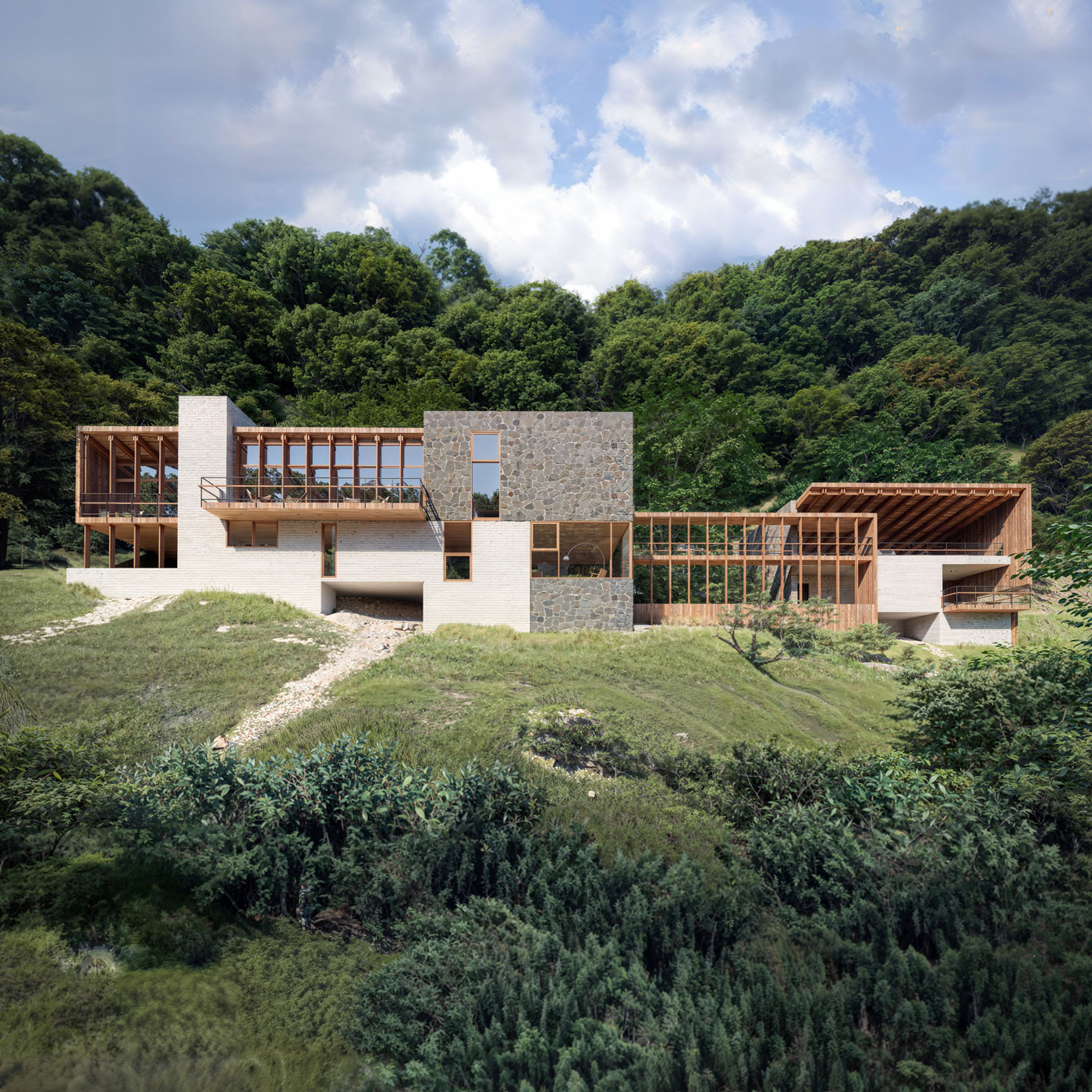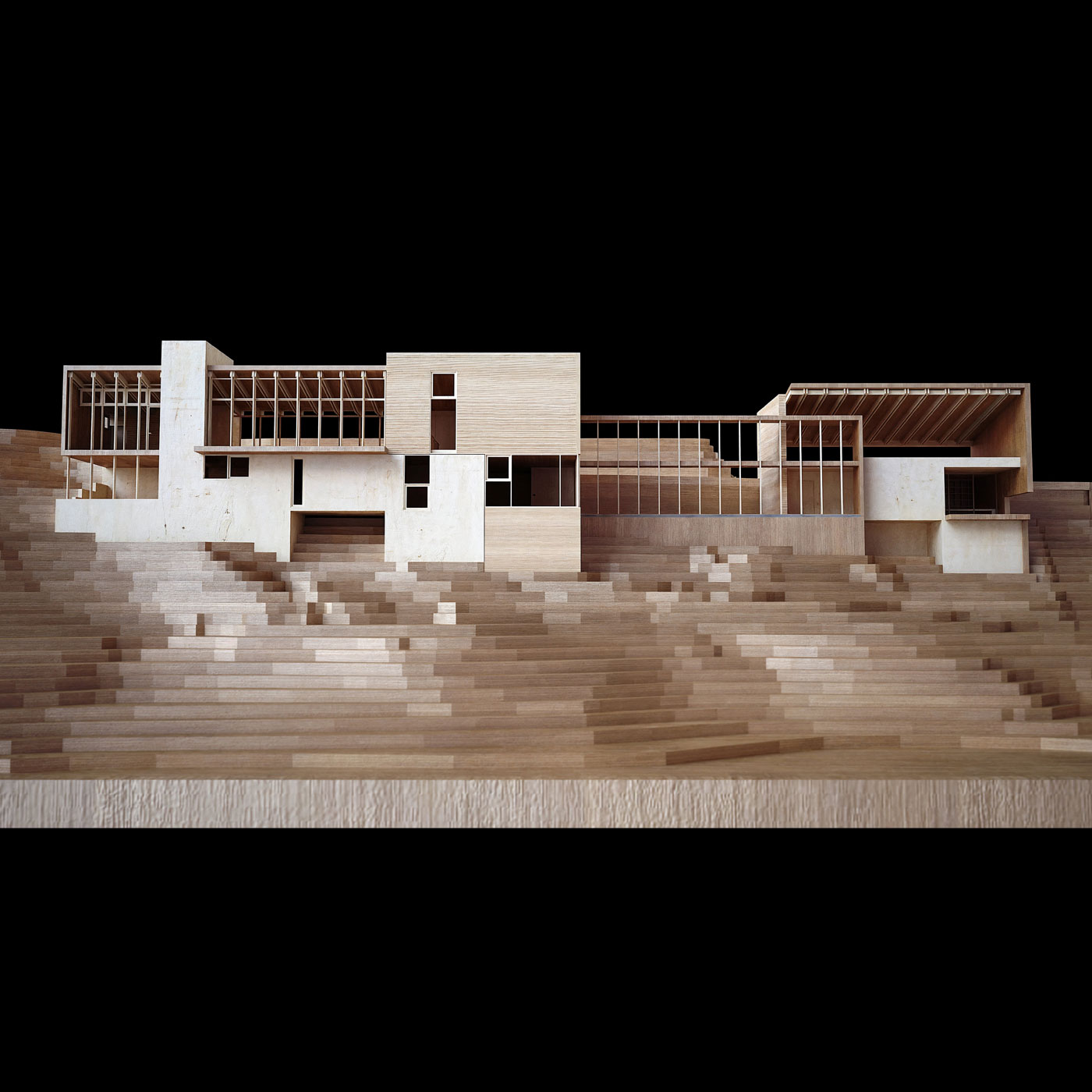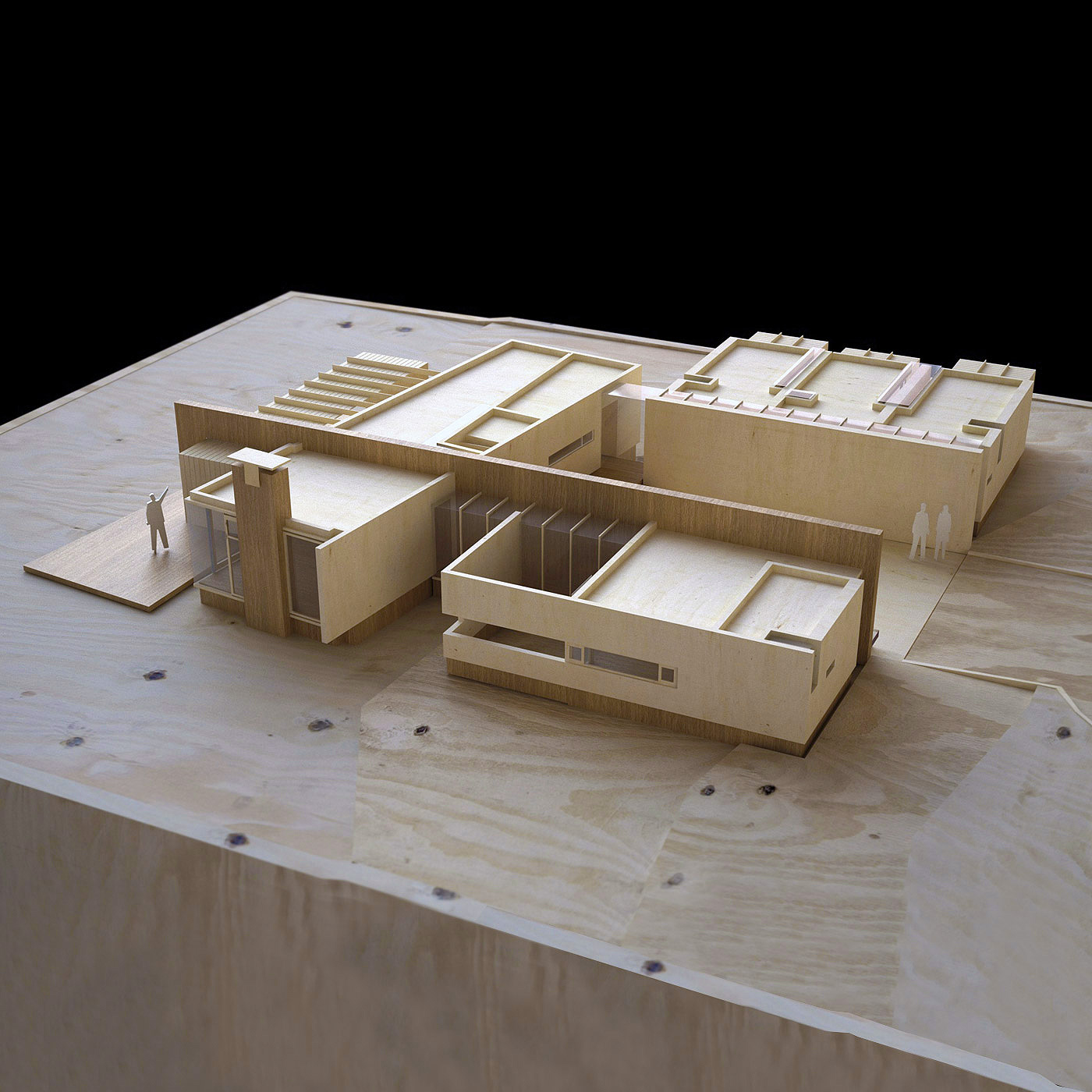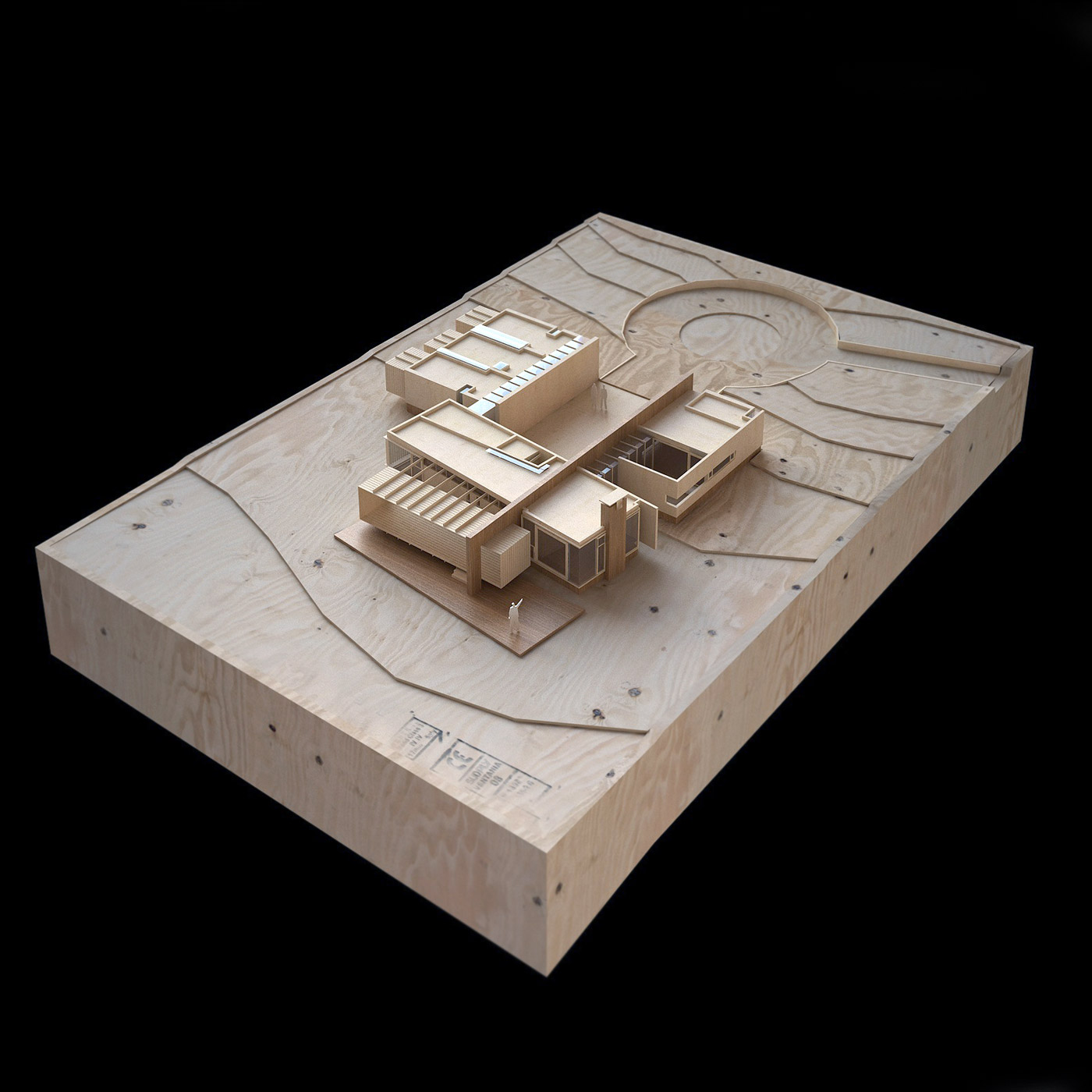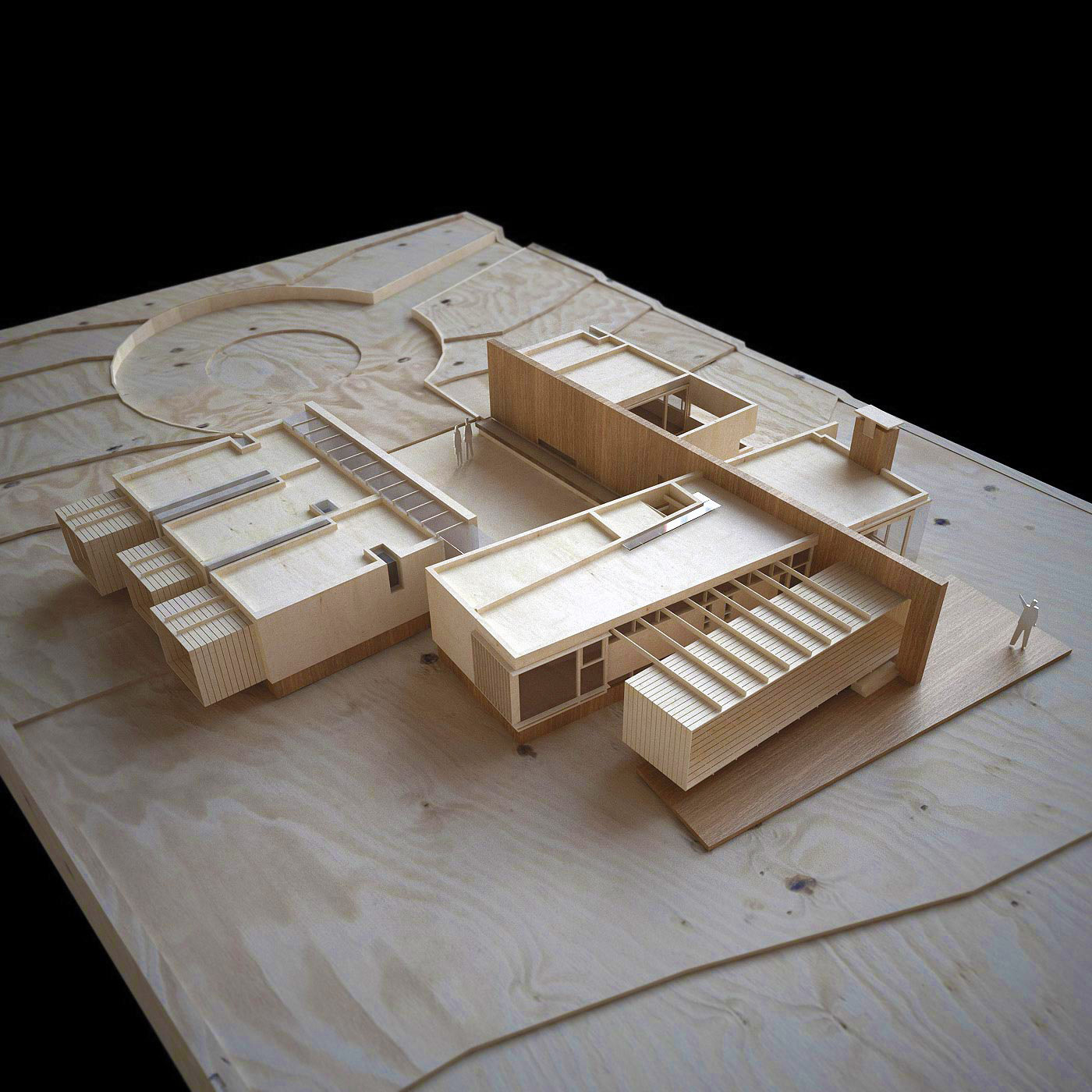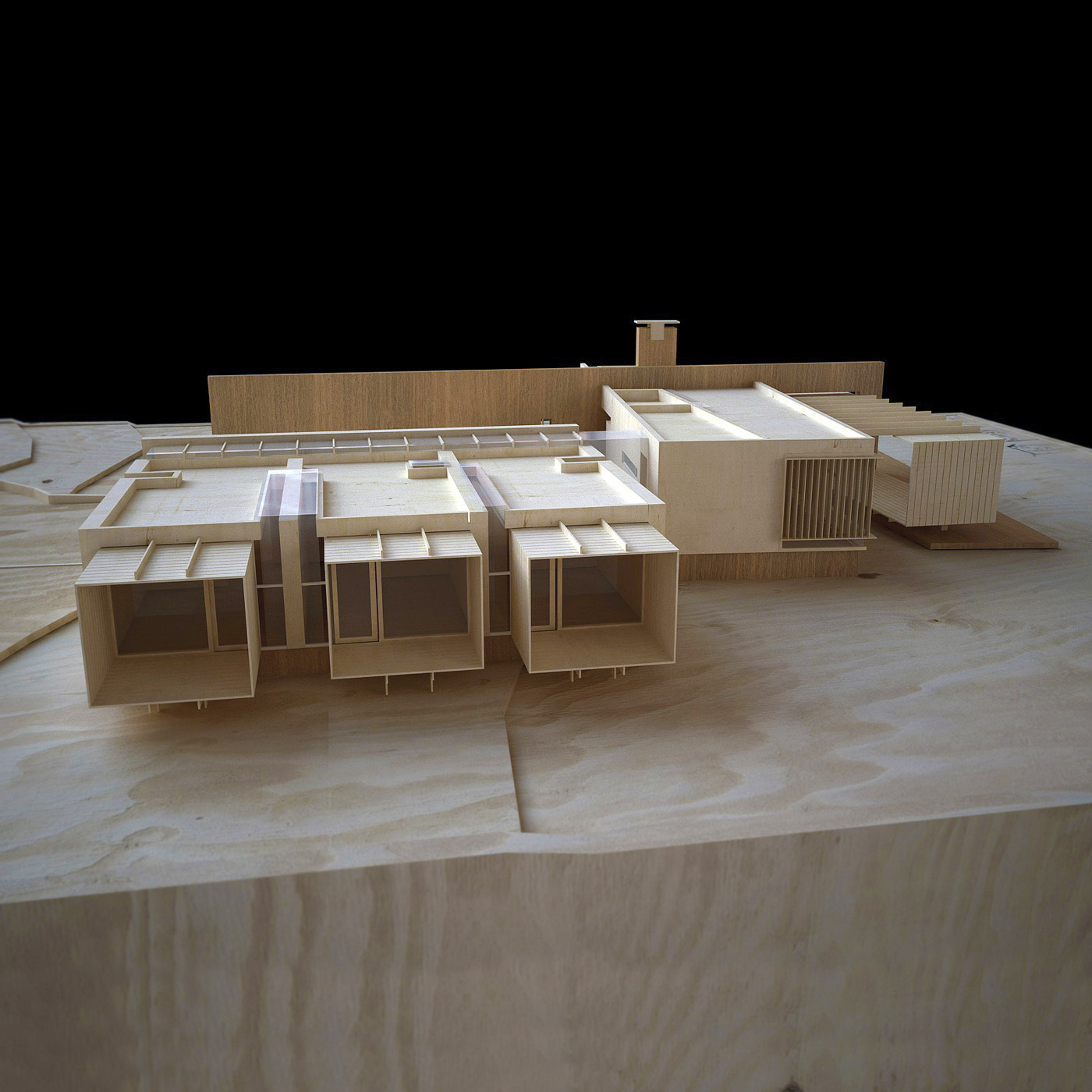DESIGN DESCRIPTION
Building for a New Future: Cheltenham ArtGallery & Museum UK.
Our vision, full of dynamism and complexity in its form, answers in a very simple functional layout of the areas that structure the building. These spaces are well connected through open access between two streets, upholding a performance area and a vertical translucent circulation, which leads to a distribution area on each floor.
The building is contained by a skin made of a material designed in a triangular shape to obtain a larger surface of contact with solar radiation to generate an energy supply for the building itself. This surface is lightweight and reflects the context of the street, merging the new architecture with the existing one in a very subtle way. In committing ourselves to design theCheltenhamMuseumandArtGallery, we believed in the potential for architecture to nurture a diverse community, display works of art, and uplift the general public and staff alike.
We believe that the design must be ecologically conscious in response to the situation the planet is facing. Therefore, we promote the use of eco-friendly technology. We strongly encourage using on-site/off-site sustainable energy sources and the relationship between controlled environments for the exhibition/display galleries, stores, and open-access stores in compliance with our aspirations for a low-energy building to create an excellent example of sustainable architecture and functional design. An important feature of the construction of this project is the use of innovative building techniques (green technology) and materials. Heating, cooling, water, and electricity will all be run by Green Technology. When green technology is incorporated into a structure, the average utility costs are decreased by 50%. In addition, green buildings require less maintenance and repair and promote better health among occupants. However, green buildings don’t just benefit the individual; they benefit our society by reducing a structure’s environmental impact.
The museum project design is compelling because all elements are conjoined to create a place of distinction and quality. The site combines beauty, prominence, and accessibility while bringing diverse architecture from three centuries together.
We want the Museum to be timeless and a work of art itself.
Sustainable Features
The Museum and ArtGallery aim to develop a new kind of community in existing neighborhoods that promotes human and ecological health. They also promote a community that restores the air, water, and soil on which life depends and contributes to the quality, diversity, vitality, and prosperity of its neighbors. An essential component of this will be to embrace new construction methods, innovative renewable building materials, and forward-thinking renewable energy strategies capable of restoring our relationship with the planet.
This building will follow the BREEAM standards for energy-efficient practices: Water Efficiency, Energy and atmosphere, Building Materials and resources, Indoor Environmental Quality, and Innovative Design Process.
Photovoltaic: The project will use 35 percent less energy than a similar building designed to National Energy Code requirements and provide a 65 percent reduction in summer peak demand. In addition, five percent of the building’s base electrical load is generated by onsite solar power.
Heat Pump: State-of-the-art Heating, Ventilation, and Air Conditioning (HVAC) systems will regulate the units. One of these components will be a high-tech heat pump.
Water Conservation: Collecting rainwater reduces runoff to city sewers during storms and can offset dependence on city water supplies. The museum’s water catchment will water the roof garden and possibly flush toilets. In addition, decisions on plumbing systems throughout the building will be guided by the goal of maximum water conservation. Water-saving plumbing fixtures and appliances and wastewater reuse help to reduce the building’s potable water consumption by more than 50 percent compared to a similar-sized building.
Green Roof: Besides being attractive, they create oxygen, harvest rainwater for reuse, and diminish rainwater runoff to storm drains. Stormwater is captured by special water retention layers installed beneath the soil of the plantings on the rooftop gardens. This layer is made of an egg-crate-shaped material that can hold up to two inches of rain before it overflows into the roof drains. This simple technique keeps rainwater in reserve beneath the soil, making it available to plants through a wicking process when the surface soil is dry.
Building Management System (BMS): A single computerized system that coordinates controls for heating, ventilation, air conditioning, lighting, security, and other building systems. The BMS performs critical tasks, including the remote monitoring of essential systems, and automatically alerts maintenance personnel when equipment needs tending to.
Indoor Air Exchange: The Museum will feature a central air filtration system that pulls in fresh air from the highest point of the building and filters 85 percent of particulates before providing each space with fresh filtered air. Working with the building’s geothermal heating and cooling system, the air is heated and humidified during cold weather and cooled and dehumidified during warm weather.
PHOTOVOL GLASS
Renewable energy supply mitigates solar radiation and glare. Protects against UV rays. Possible to harness the energy produced by the panels to power LED lighting
GLASS SANDPAPER
Glass stairs with surface safety finish. Durable and long-lasting. 95% glass
5% polyester resin
GREENSCREEN
Recycled content and landscaped walls increase energy efficiency
MOONLIGHT MFL
Multifunctional lighting. Low energy consumption. Semi-translucent Polythene
NATUREMAT
Lightweight roof planting systems. Instant greening system. Low maintenance with little or no artificial irrigation requirement
ZERO DISCHARGE
Gains manages and uses the rainfalls. Separates the sewage water by pollutant. Oxides with ozone the water discharge, allowing its reuse or recycling. Redirects rain or treated water surplus to the water-bearing stratum
AFM SAFE COAT
Low or no VOC ( Volatile Organic Compounds) Paints. Minimize off-gassing
FINISHED CONCRETE FLOOR WITH EMBEDDED ASH
Material that reduces waste. Diverts the material from the waste stream, reducing the energy investment in processing virgin materials, conserving virgin materials, and allaying pollution
SYNDECRETEBATHCOUNTERTOP
Mixed materials like plastic regrinds, recycled glass, and scrap wood chips with cement to create a strong surface.
CORK FLOORING
Warm, comfortable, and renewable. Antimicrobial, resistant to molds, mildew and fire
THERMO MAX
Warm water system by solar energy. Quite efficient
Credits:
Design Architect:
Paul Cremoux W.
Adriana Monrroy N.
Irma Soler.
Project Team:
Oscar Martínez.
Client:
City of Cheltenham
Lugar:
United Kindom
Area: 2,200 m² / 23,680 sq. ft.
Fecha: 2007.

